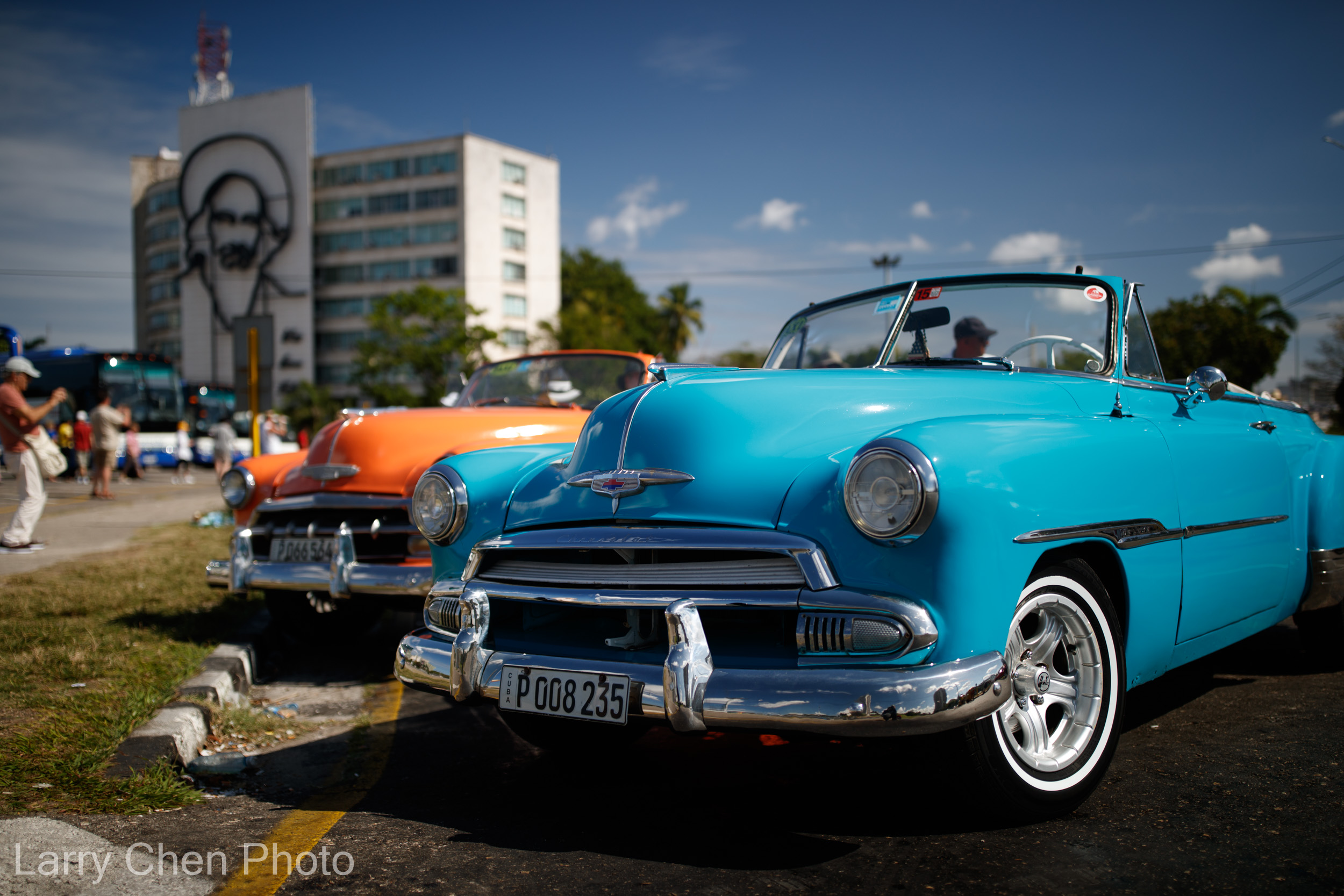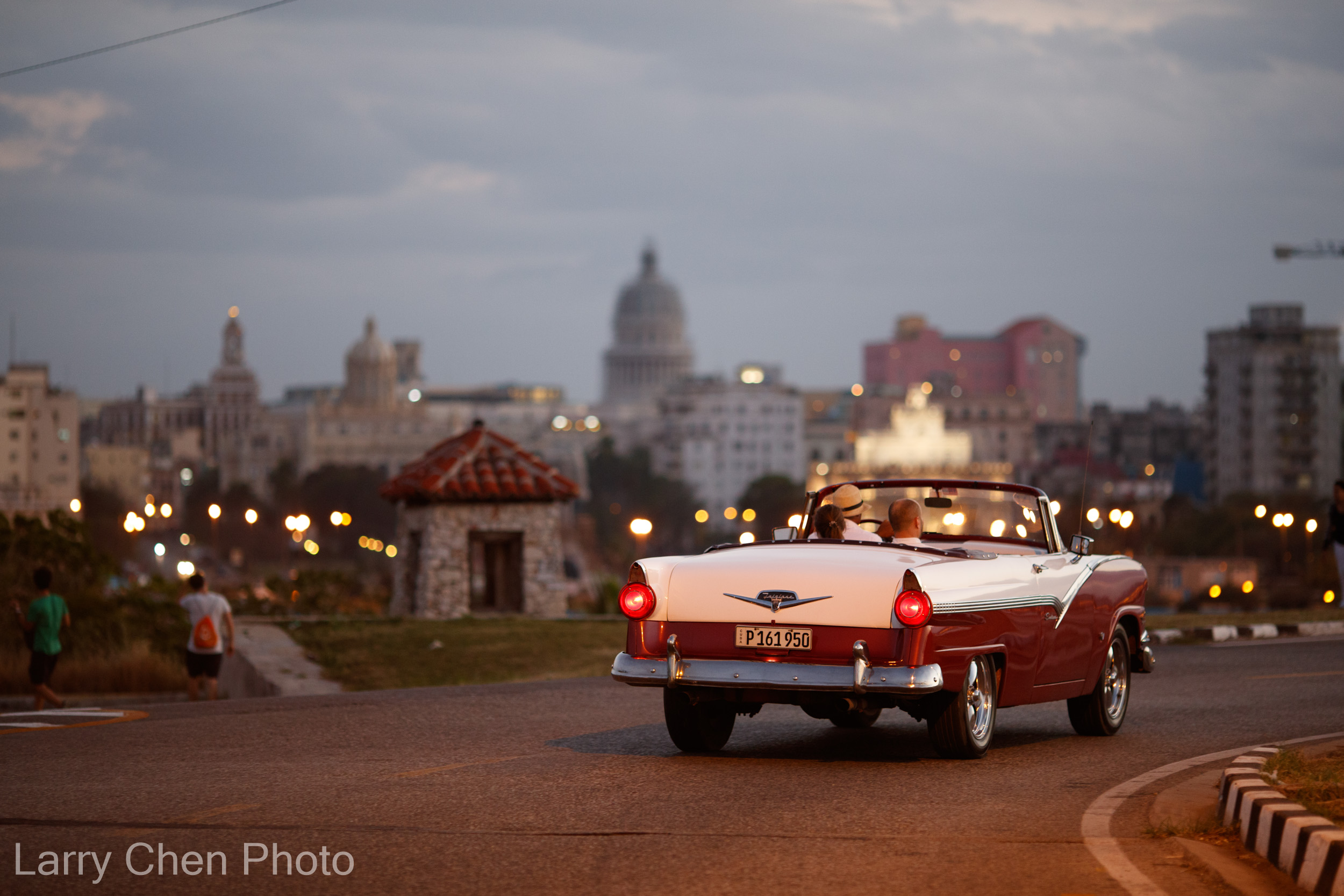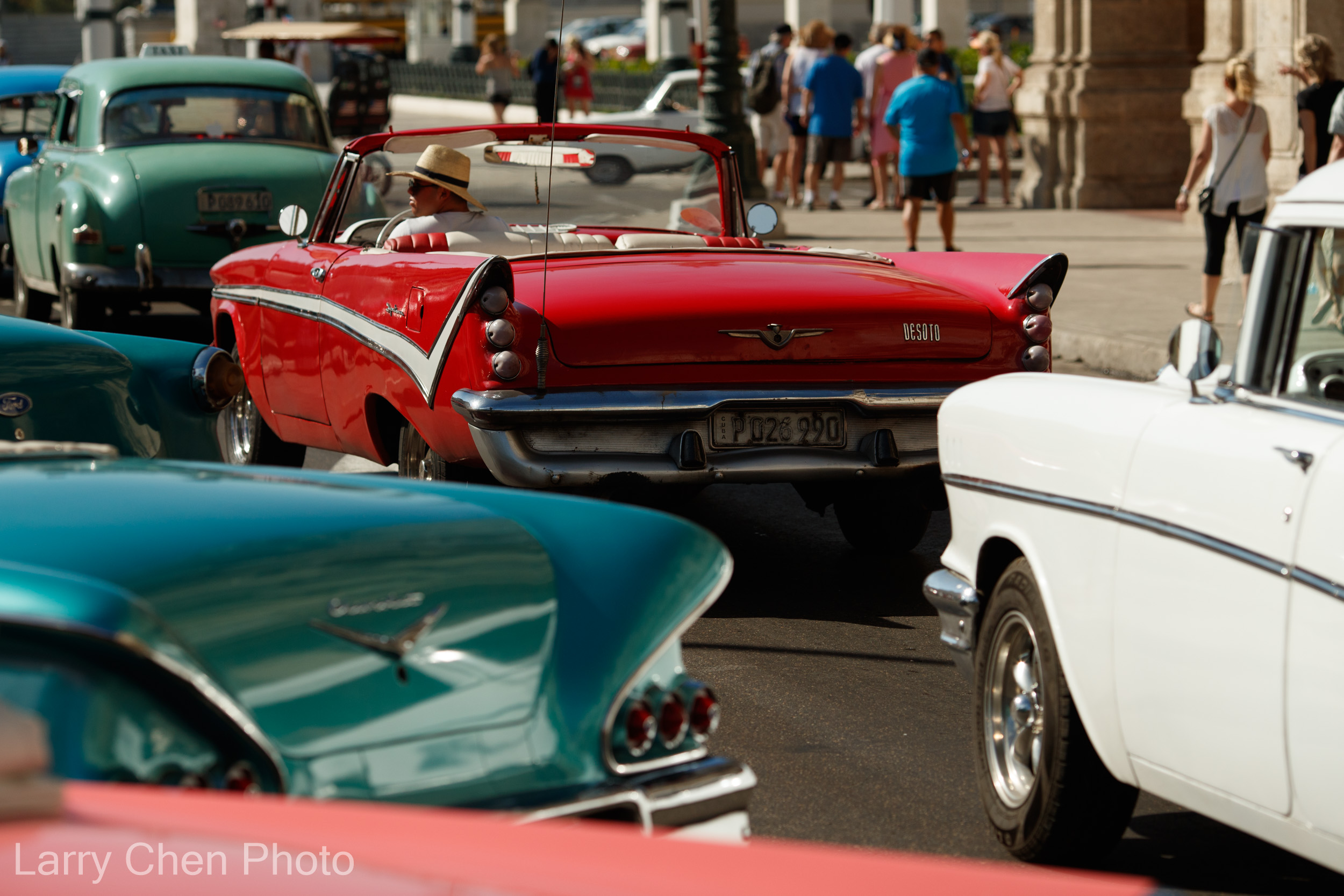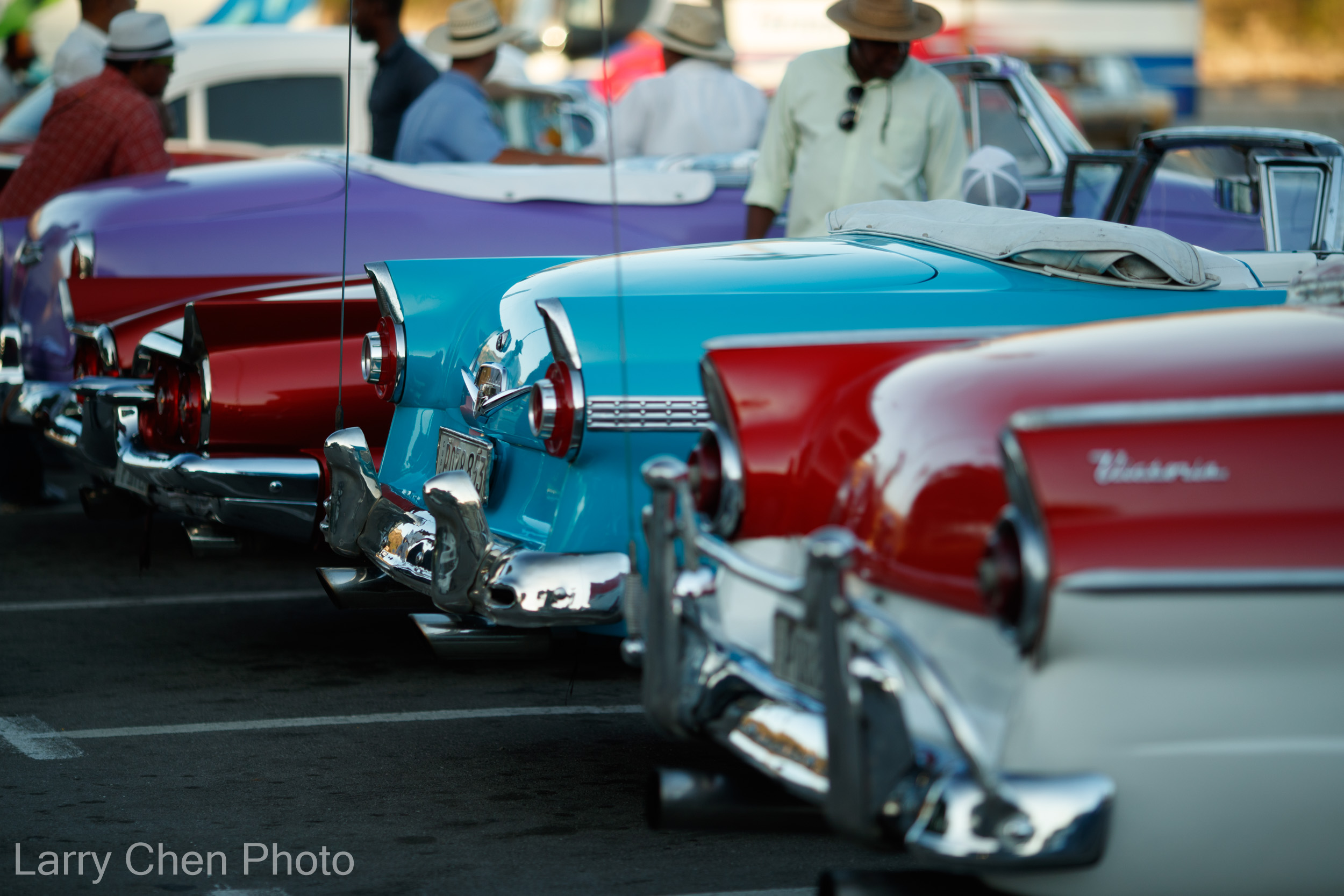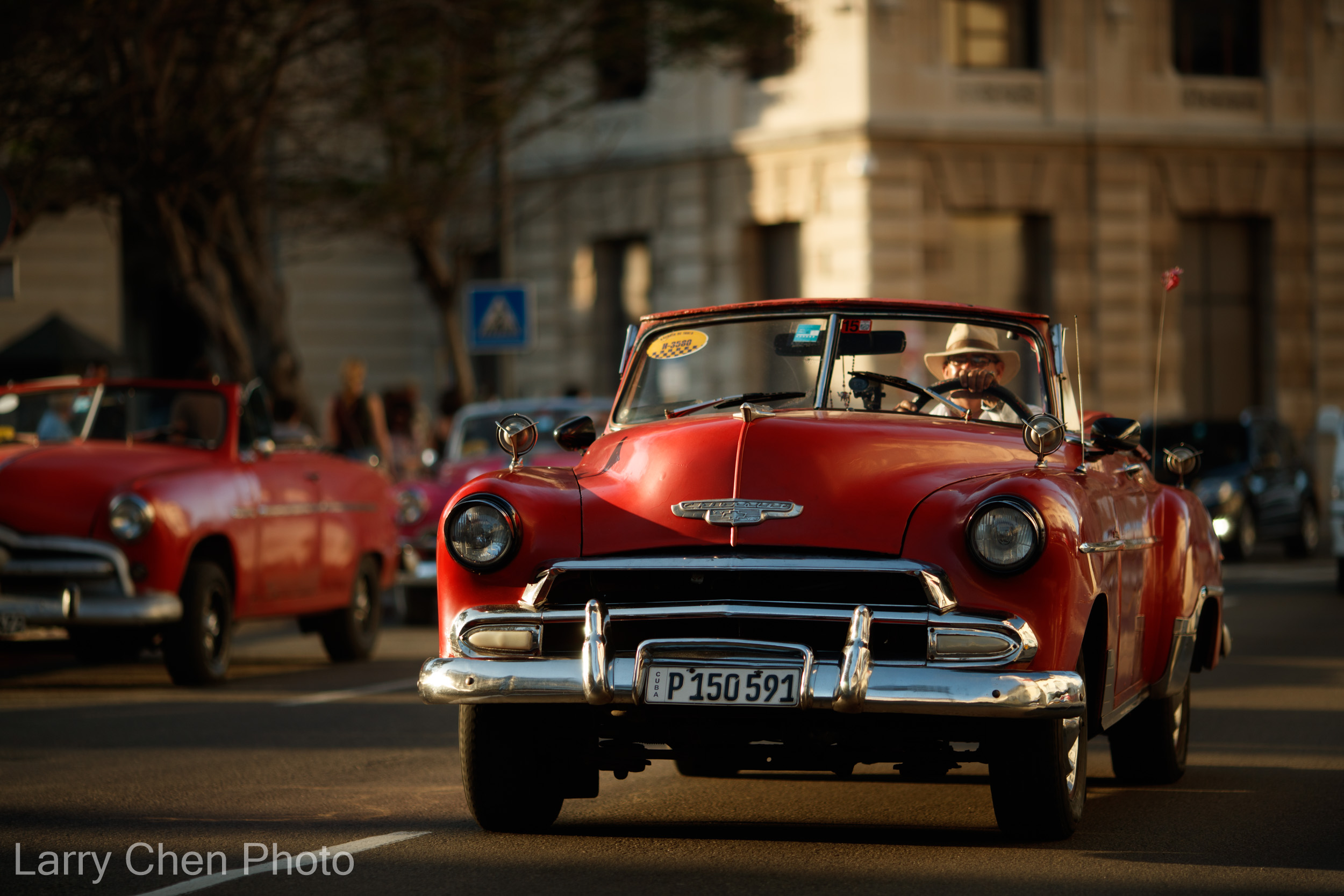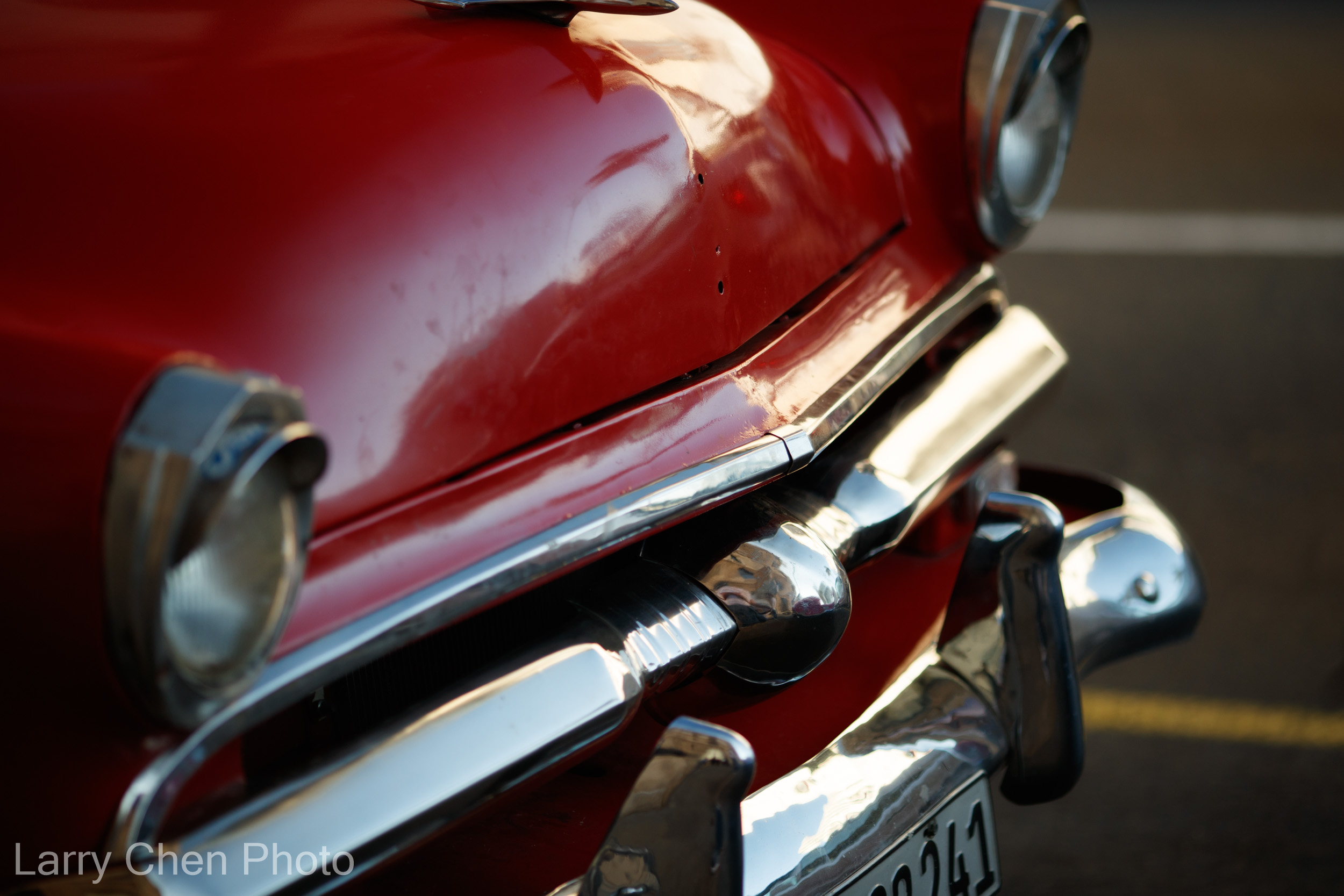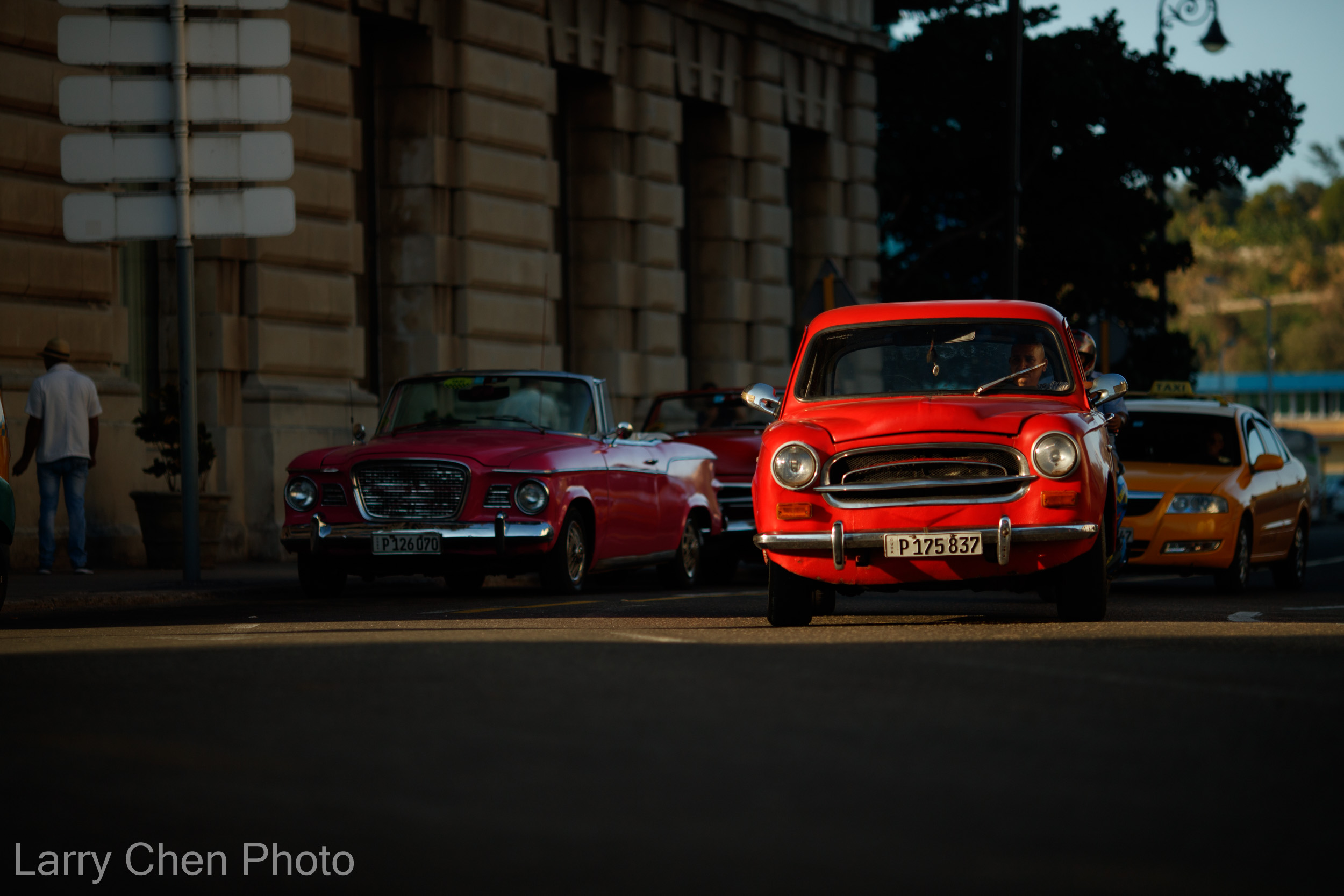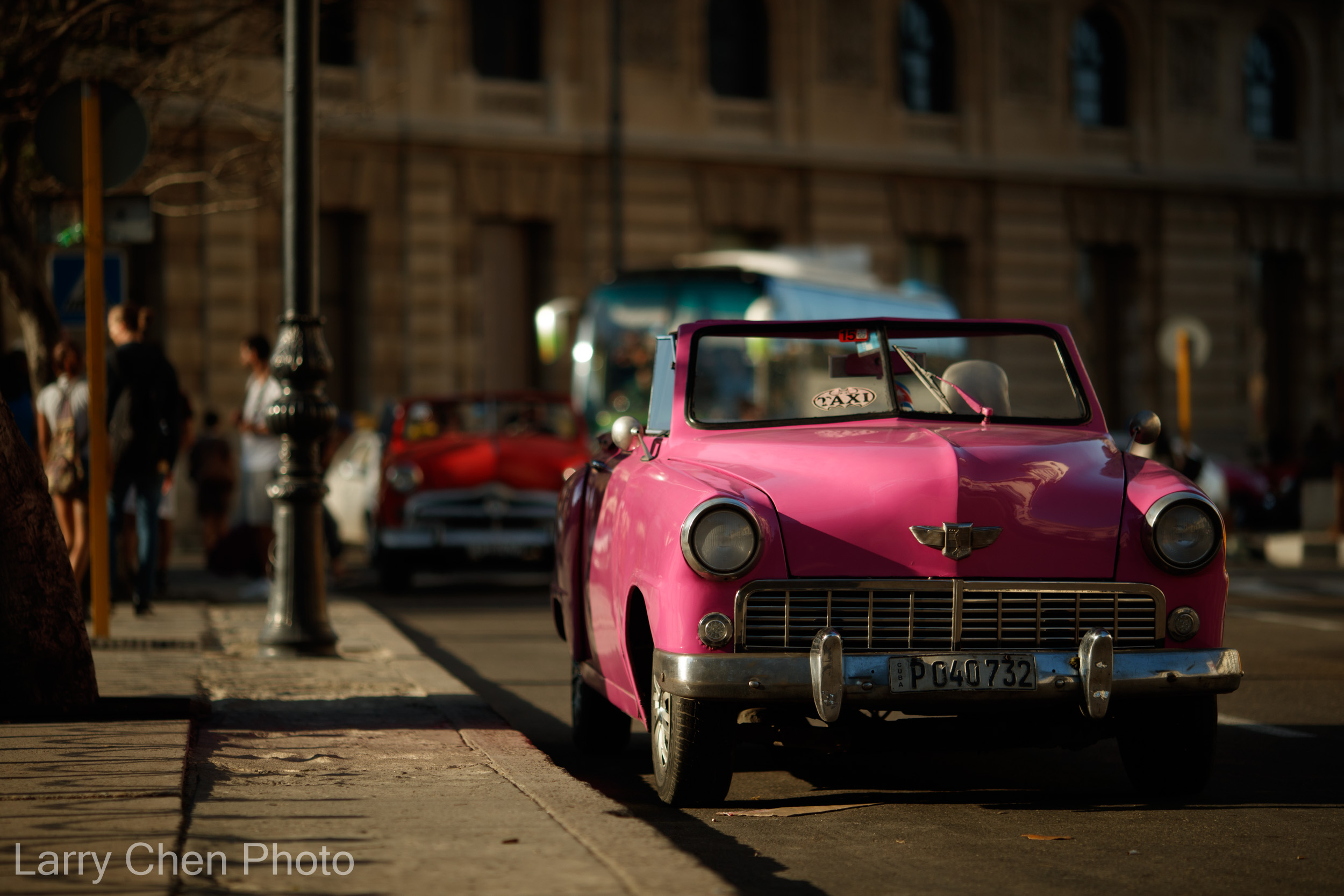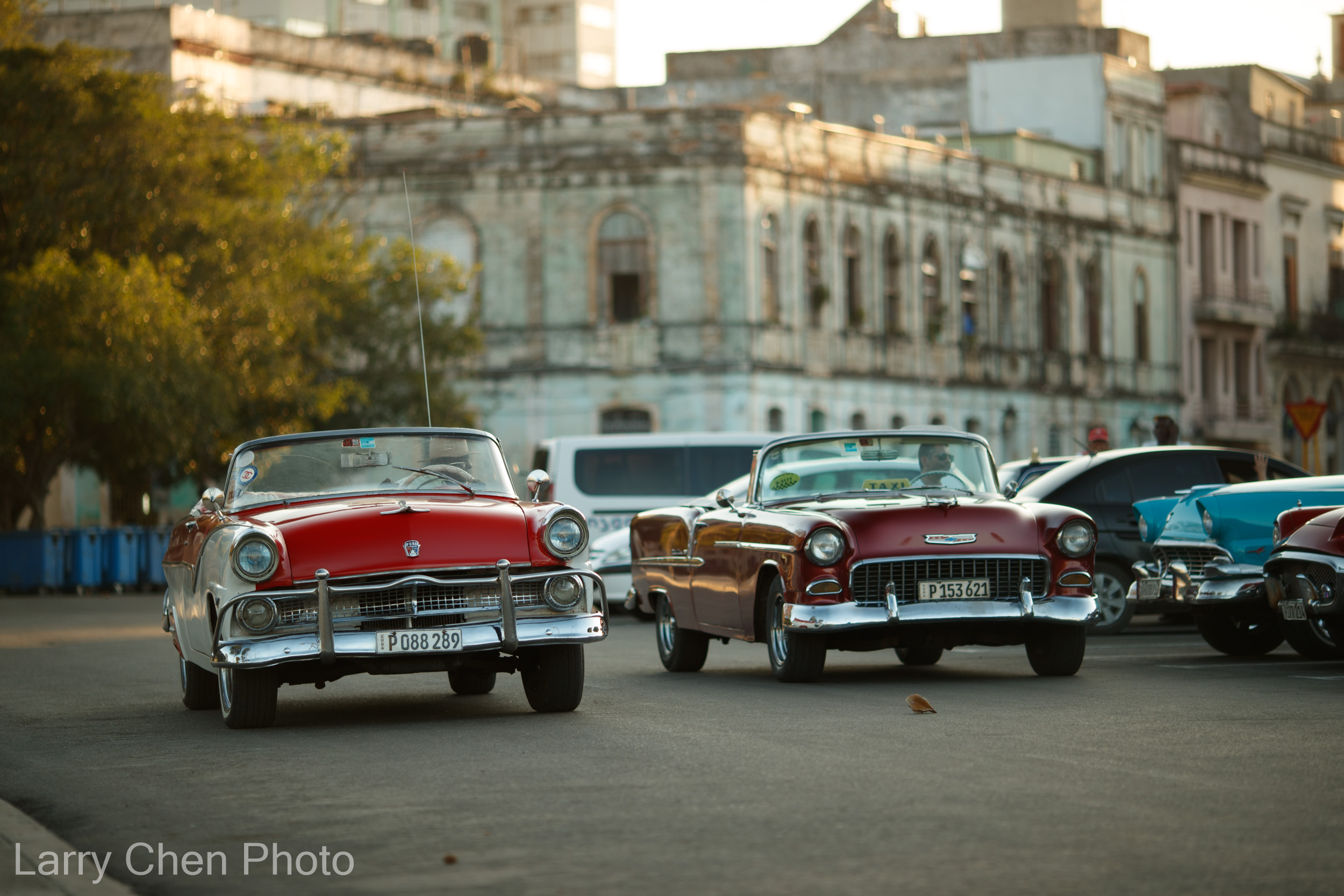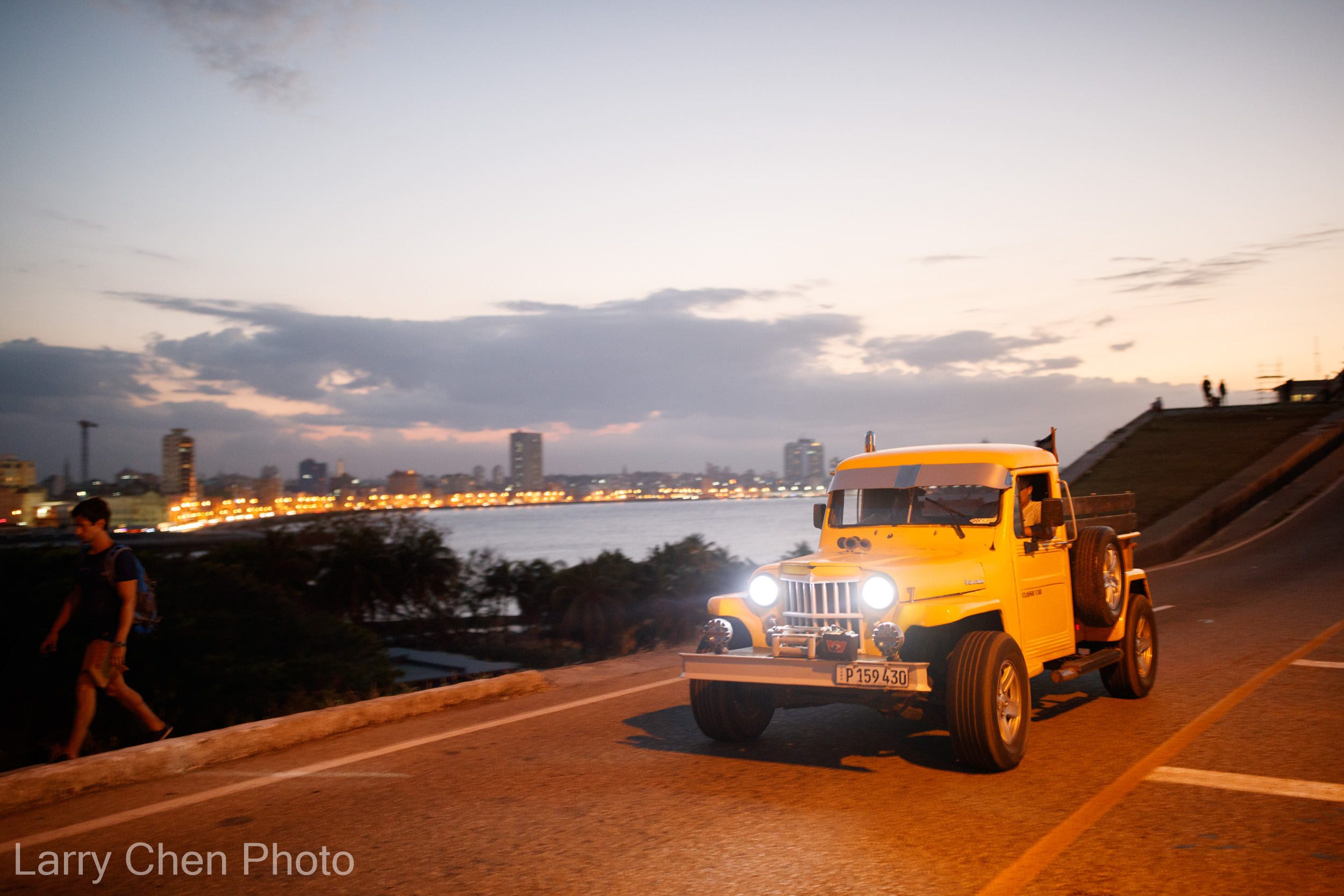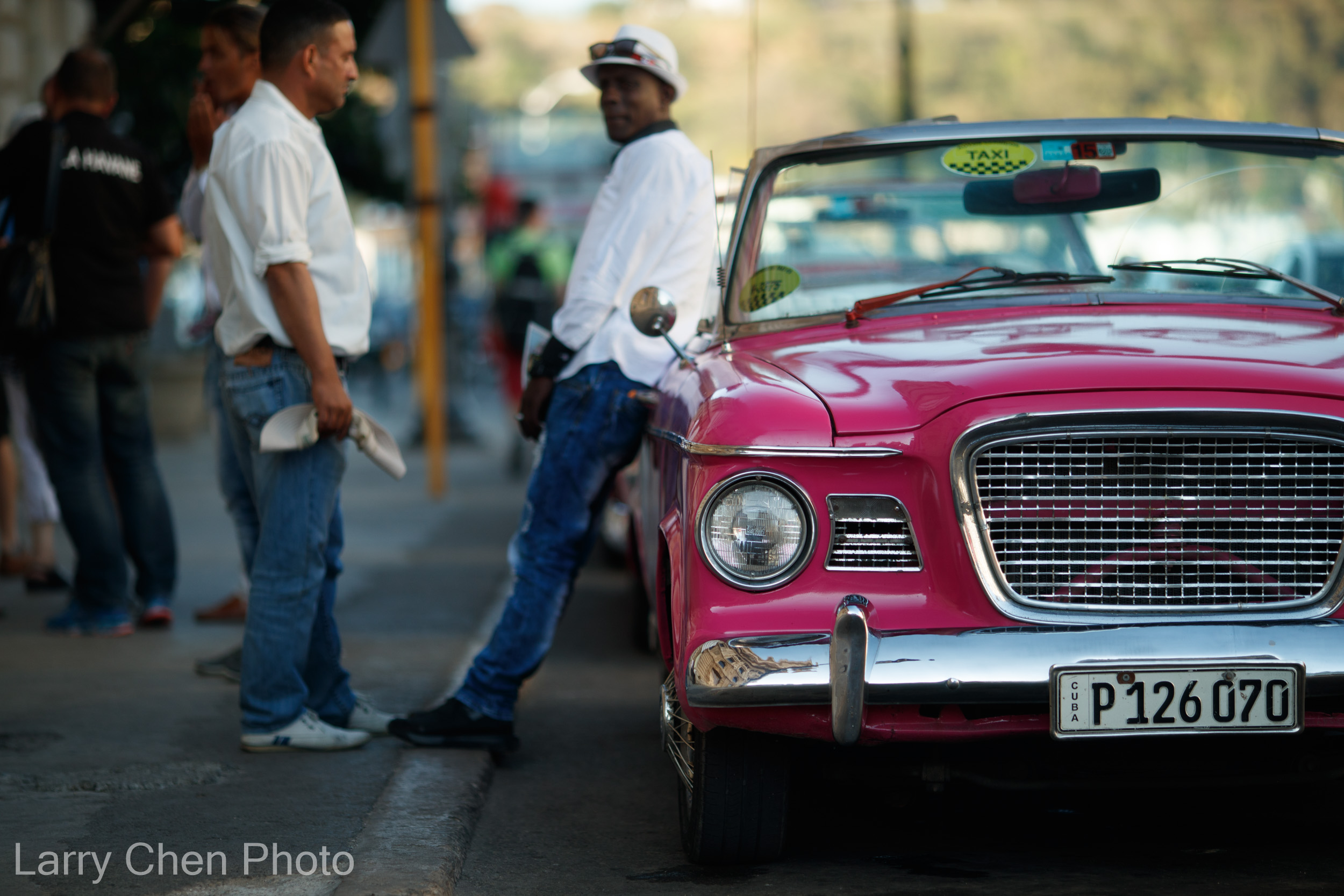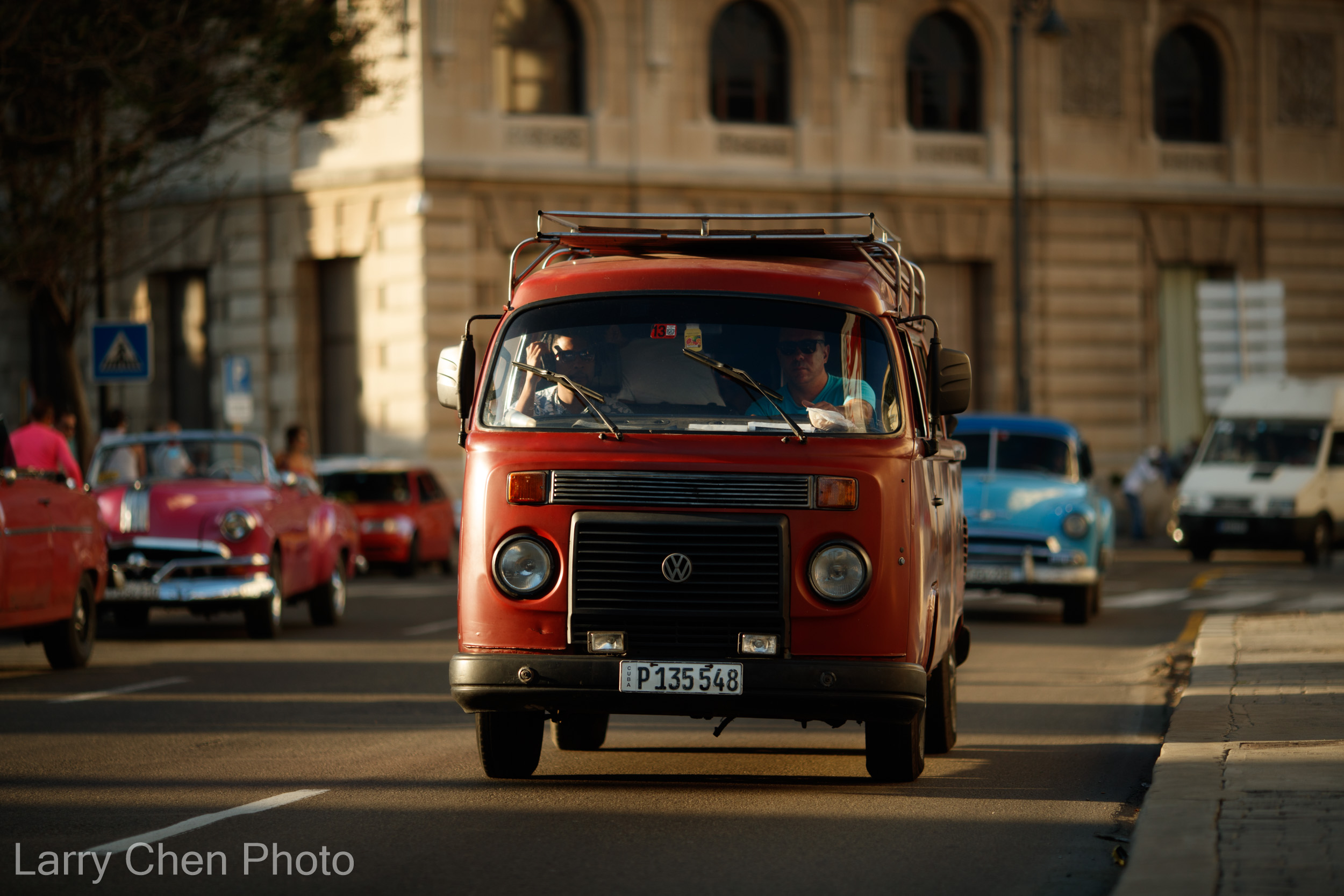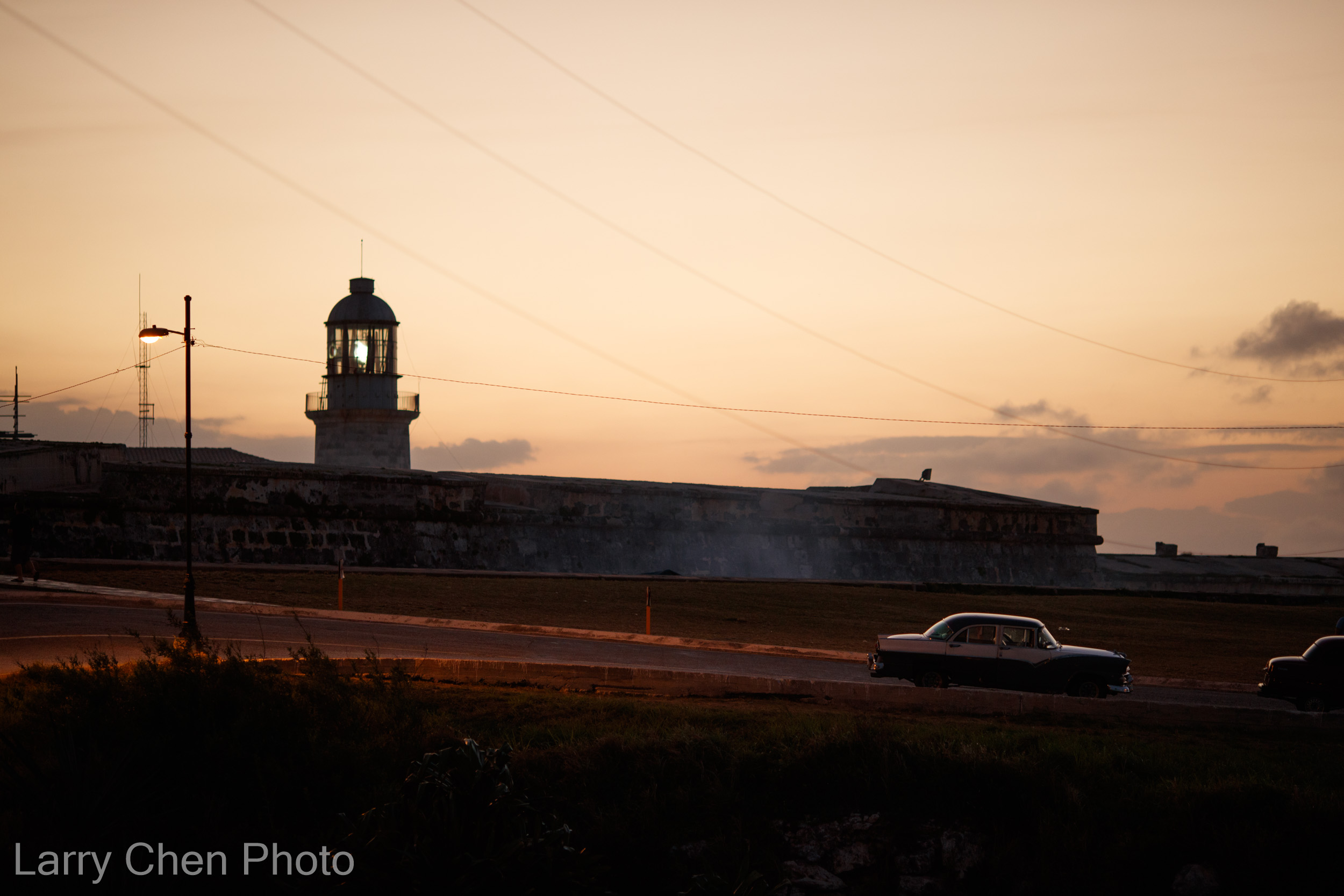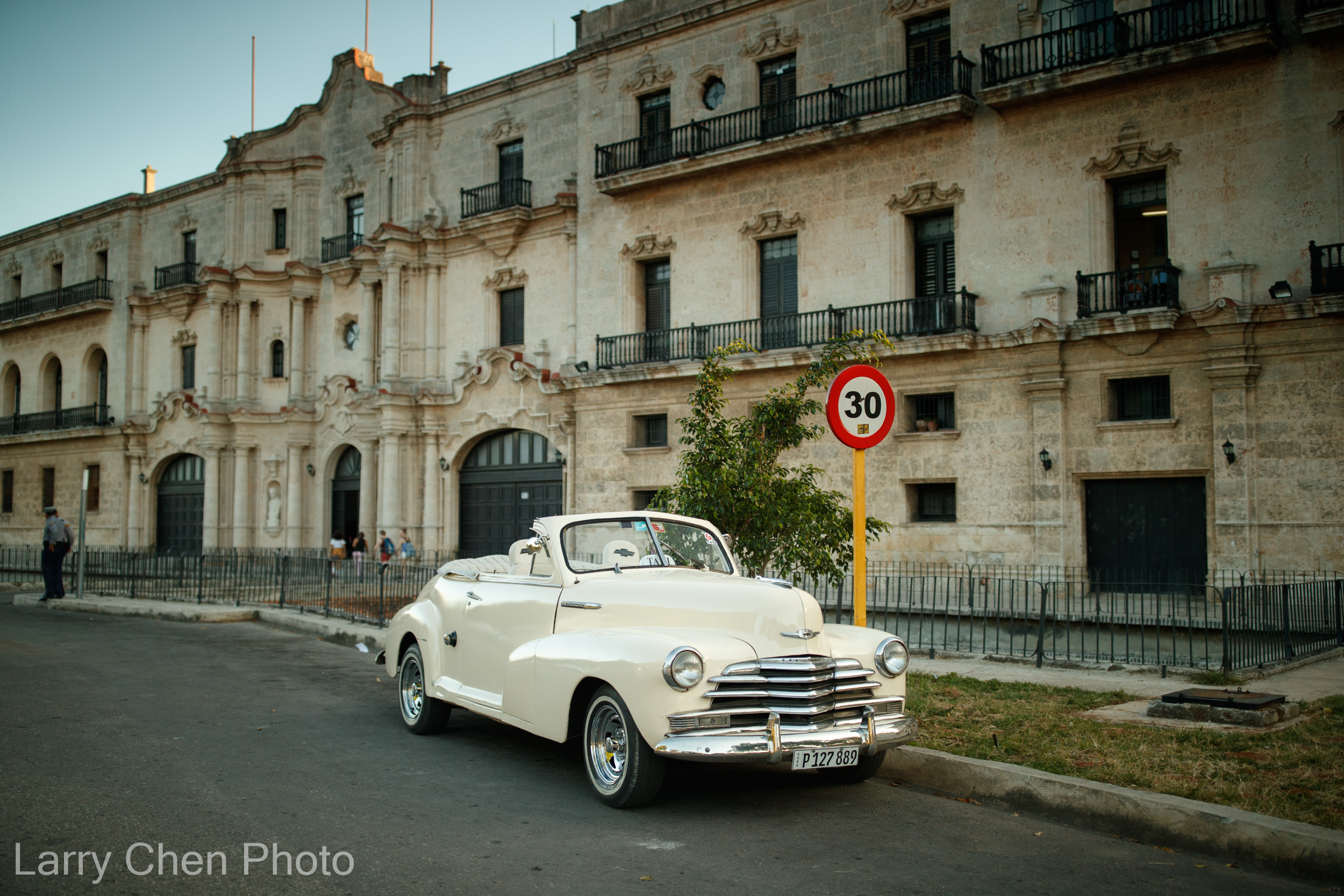Chapter One: Car Culture, The Cuban Way
I’d always wanted to visit Cuba. For such a long time I was envious of photographers from outside of the United States who were given relatively free reign to shoot on the island, as they had the chance to capture this living time capsule.
The street photography that came from the streets of Havana had me dreaming of doing something similar, but with a focus on the classic cars.
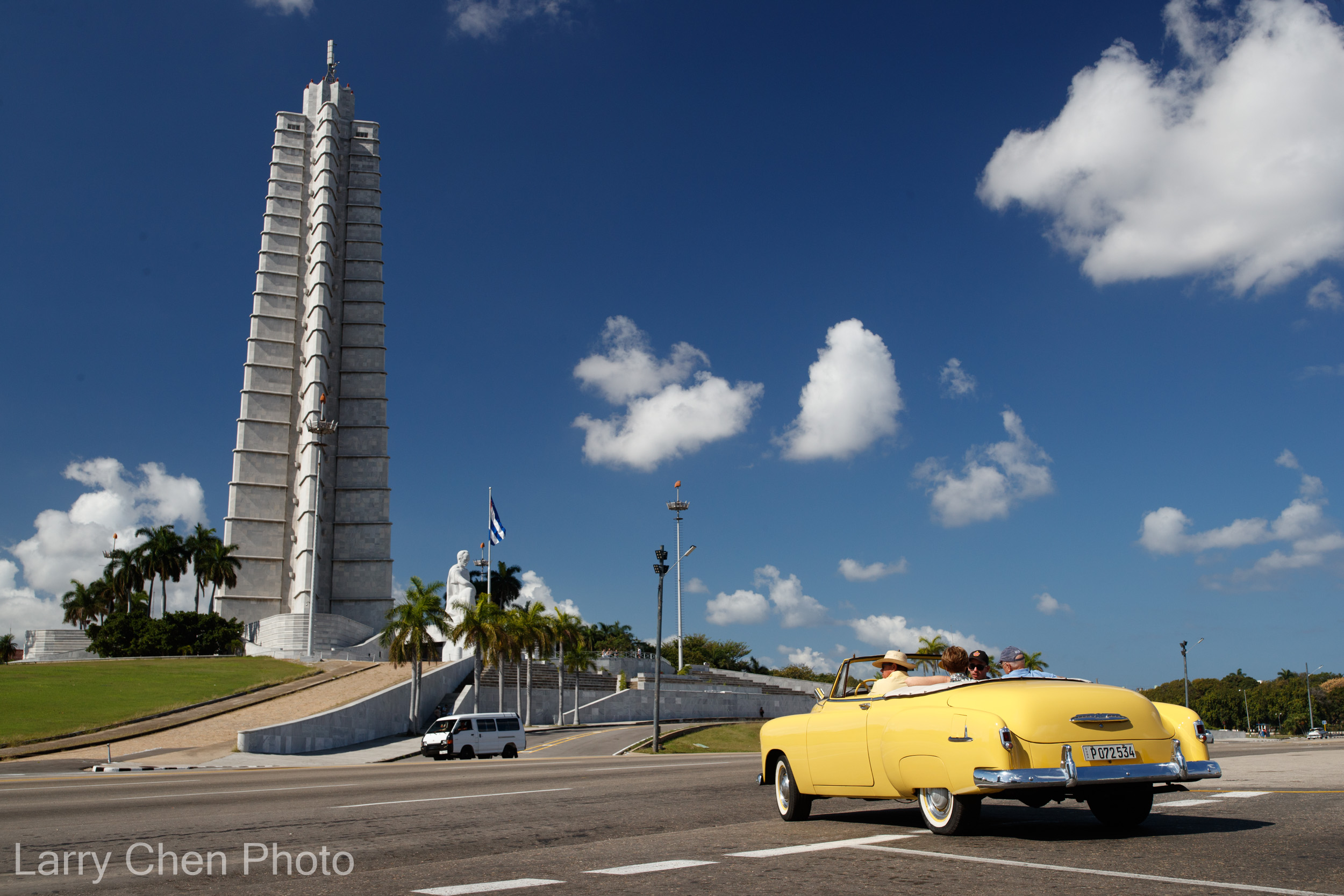
So when I heard that there might be a chance that BJ Baldwin’s latest Recoil short film would be filmed in Cuba now that its borders with the US have been opened up, I was ecstatic to say the least.
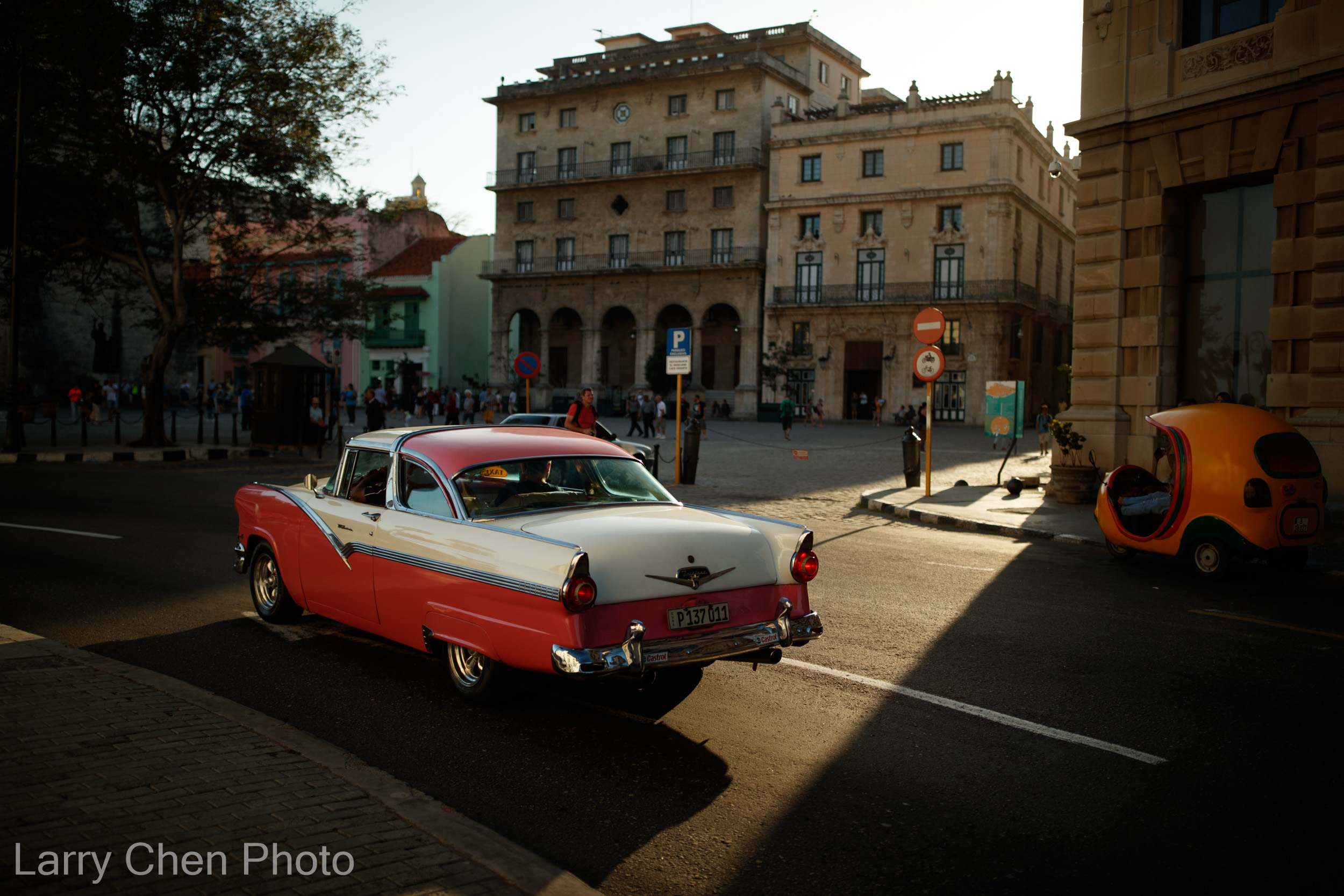
I made it a point to find some time to go out and to some car-spotting, but I wanted to shoot it like any other street photographer roaming the streets of Havana. There was no plan – it was just a case of capturing whatever ended up in front of me.
In case you’re wondering, the reason why there are so many American classics on the roads of Cuba is because of a ban on foreign vehicle imports that the country’s late leader, Fidel Castro, imposed in 1959. It lasted for four decades, and during this time it was almost impossible to buy a new vehicle, or even car parts for that matter. What this has resulted in almost 60 years after the fact is a totally unique automotive landscape.
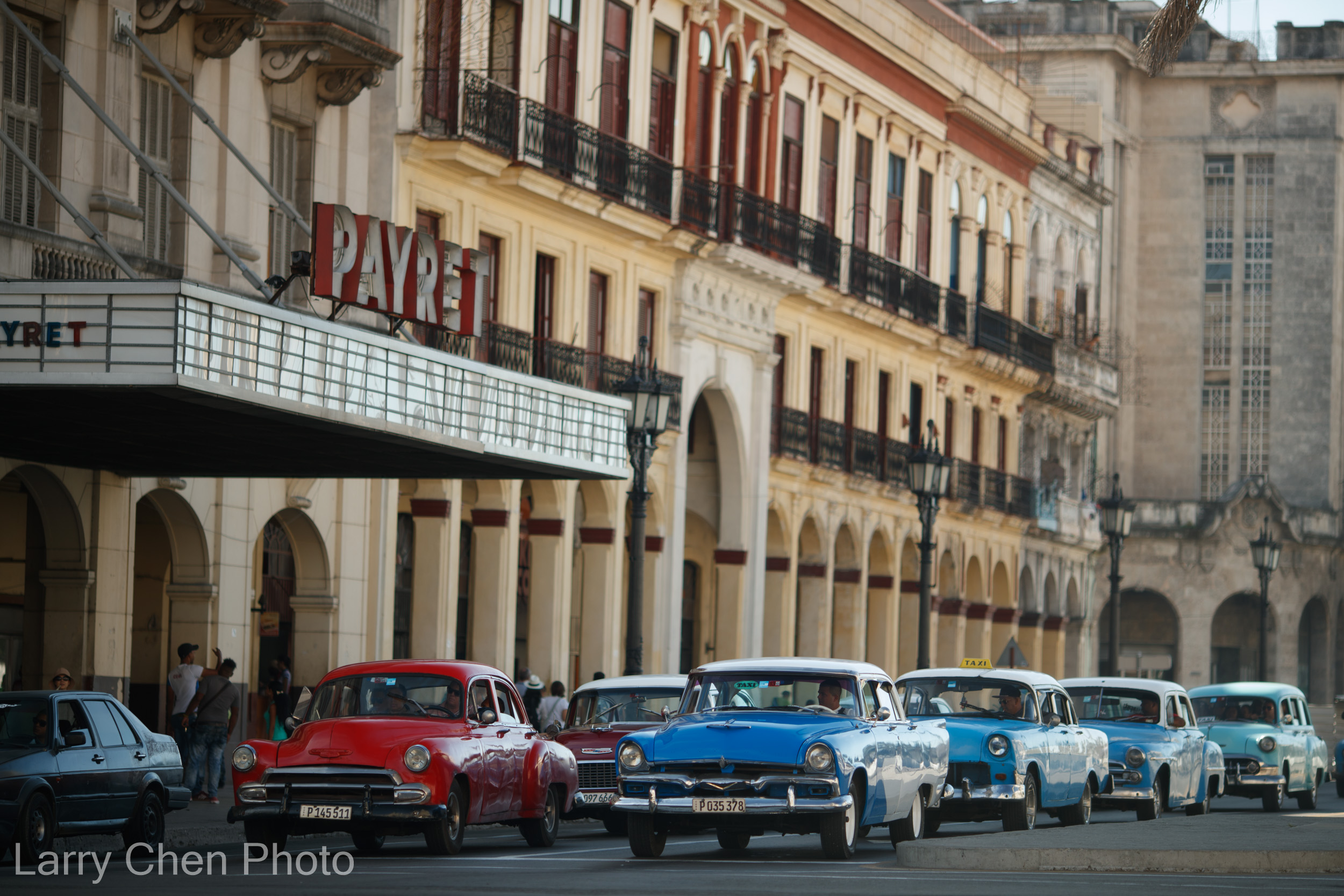
Right away I fell in love with the beauty of the city. The textures, the patina, it’s so hard to explain what it felt like. I guess the closest thing I can think of is stepping into a time machine and being transported back to a bygone era of motoring.
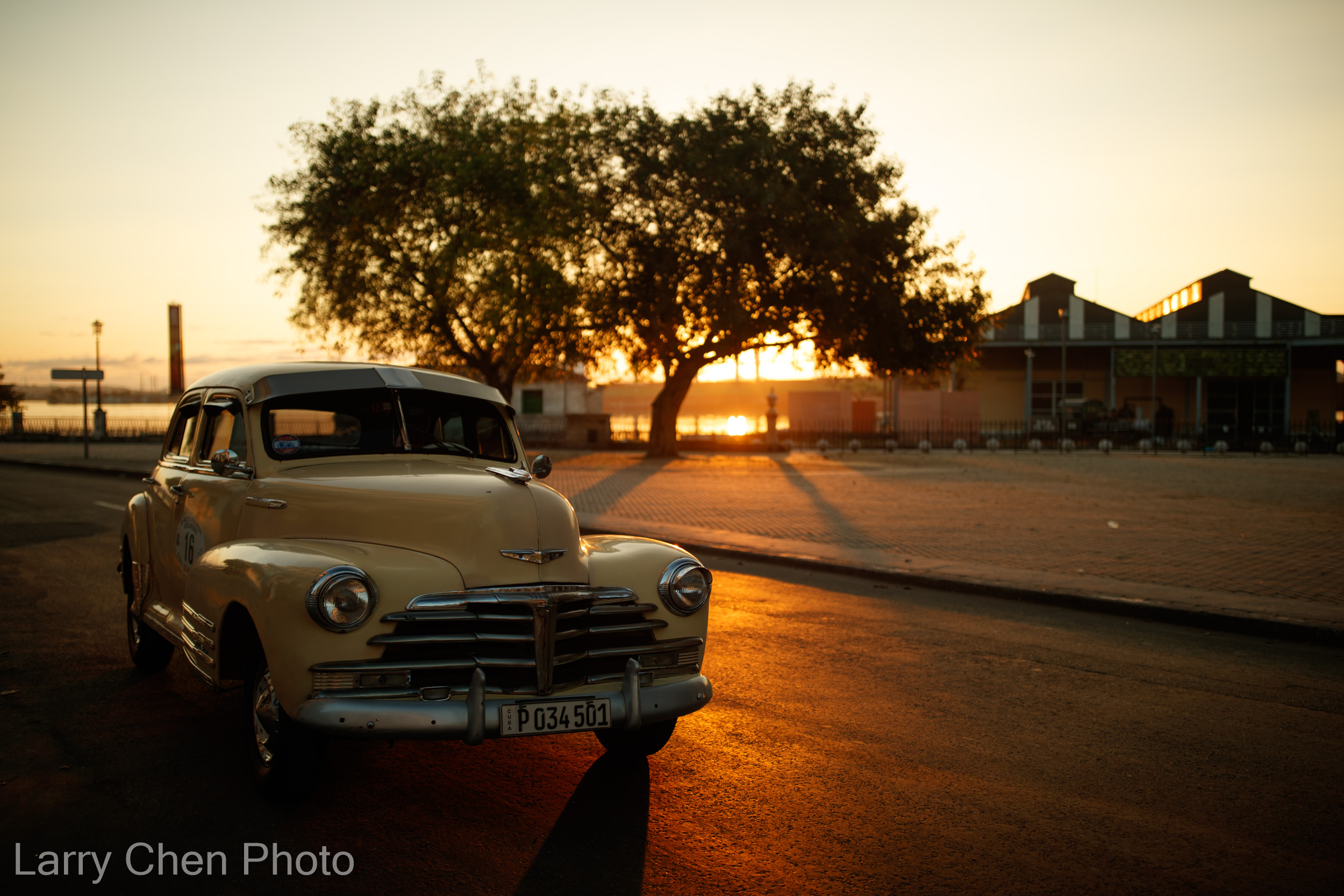
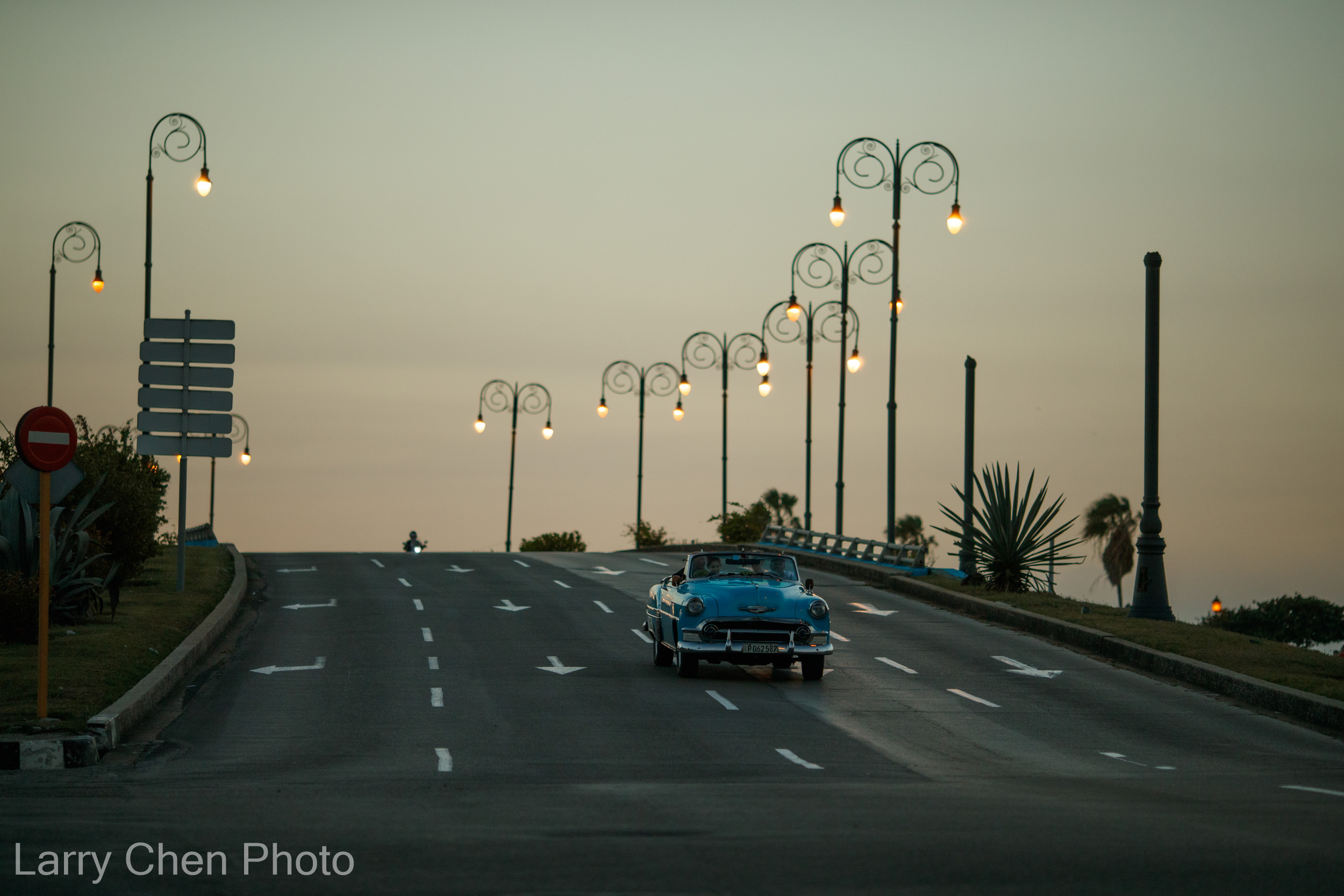
This is a place where ’50s-era buildings and cars mix with technology from the ’90s. Even though my home country was just 90 miles away, I never felt further away from the United States.
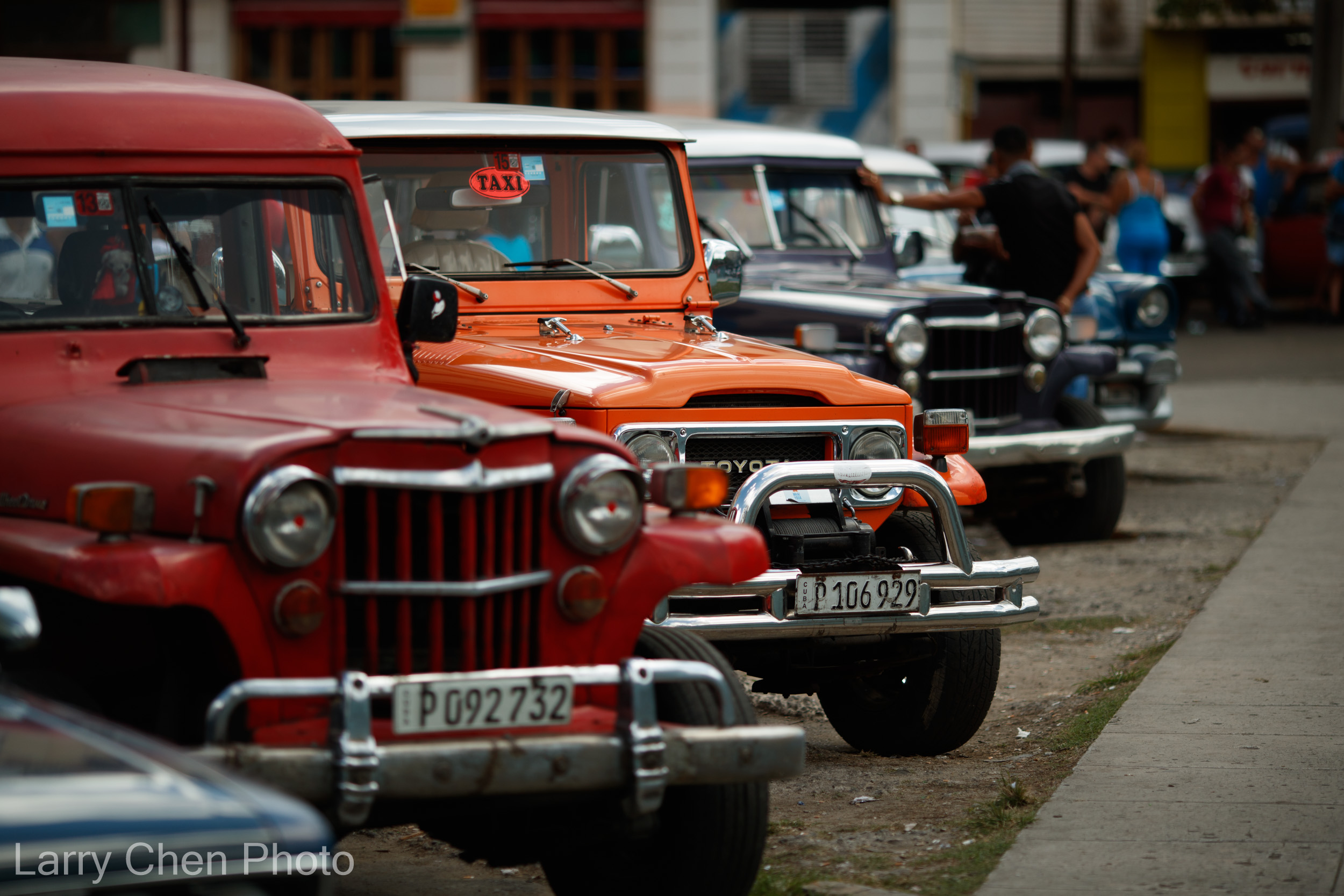
There were cars that I wouldn’t mind driving myself littered among the bunch.
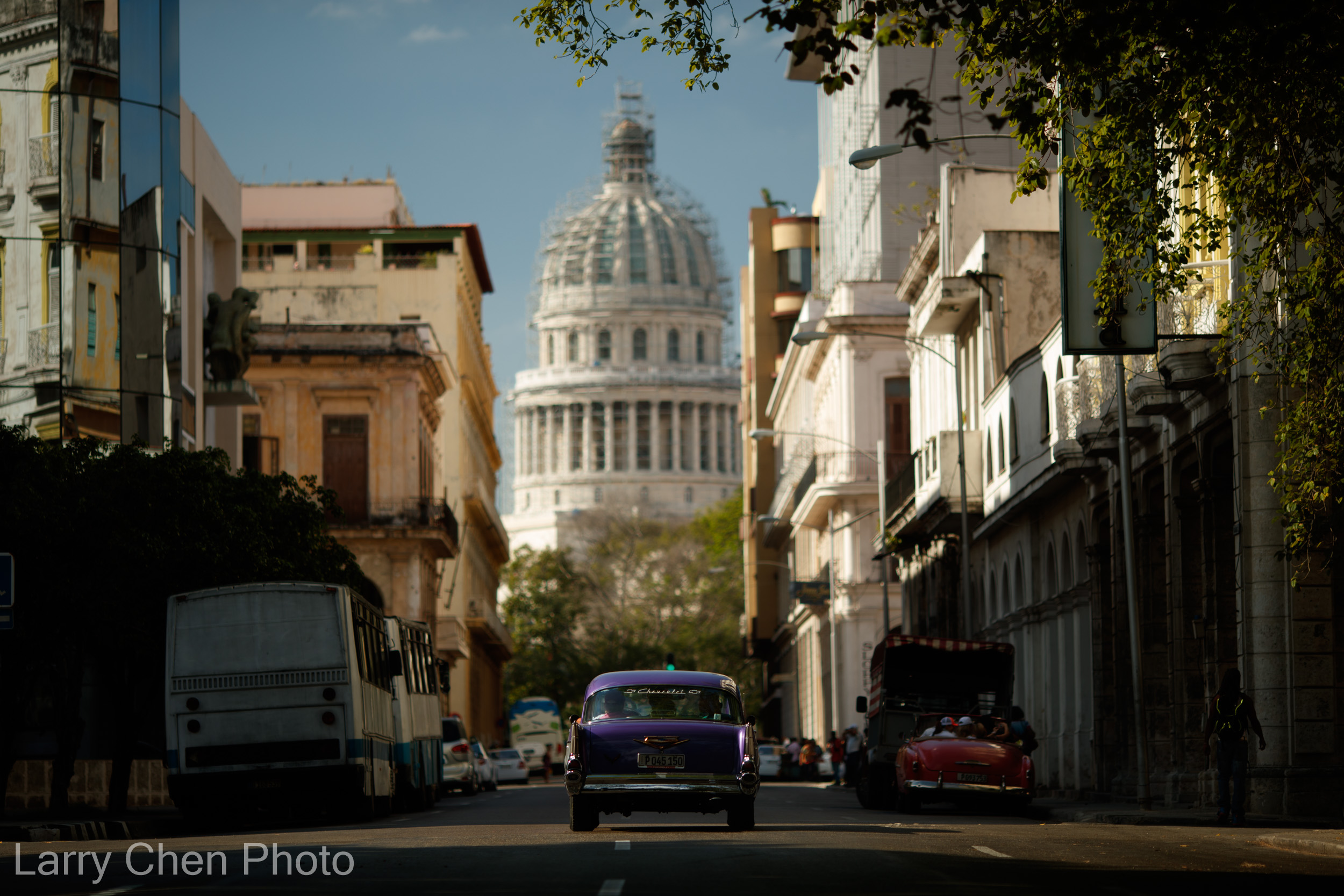
I was in car-spotting heaven, just constantly chasing that sliver of light from street to street.
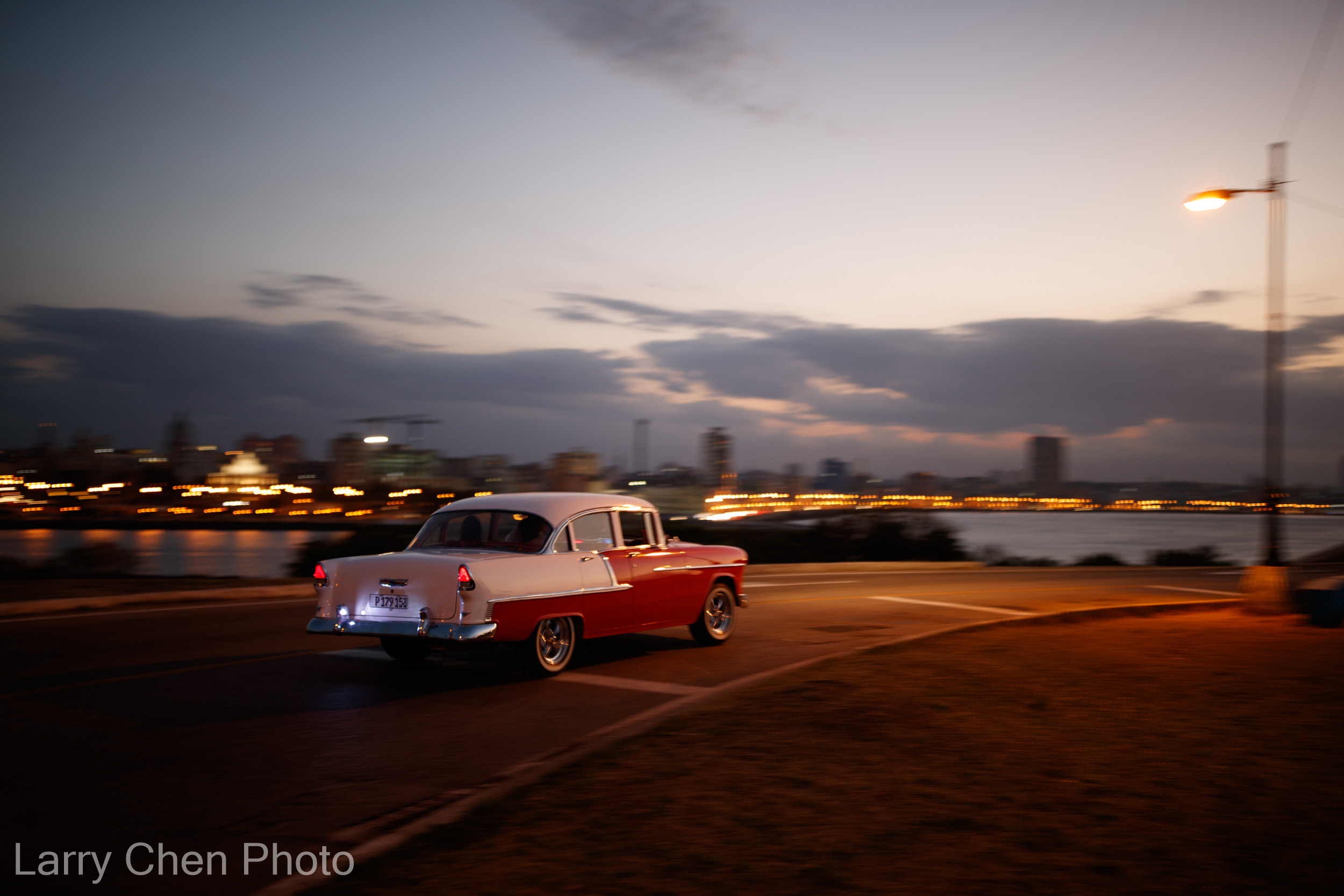
No matter where I ventured in Havana, I never had to wait more than a minute before something cool and colorful drove right into my frame. I’d never seen anything like it.
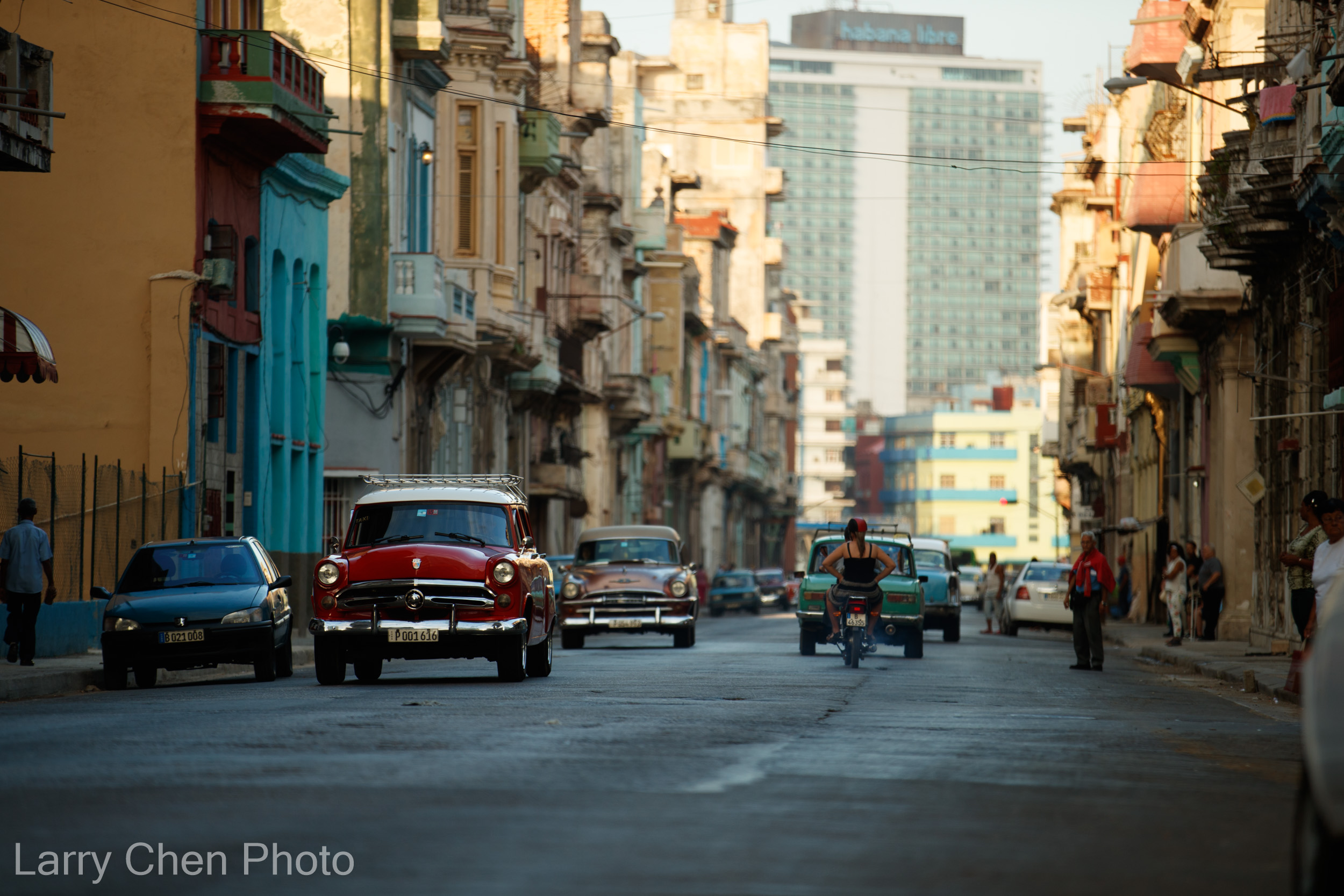
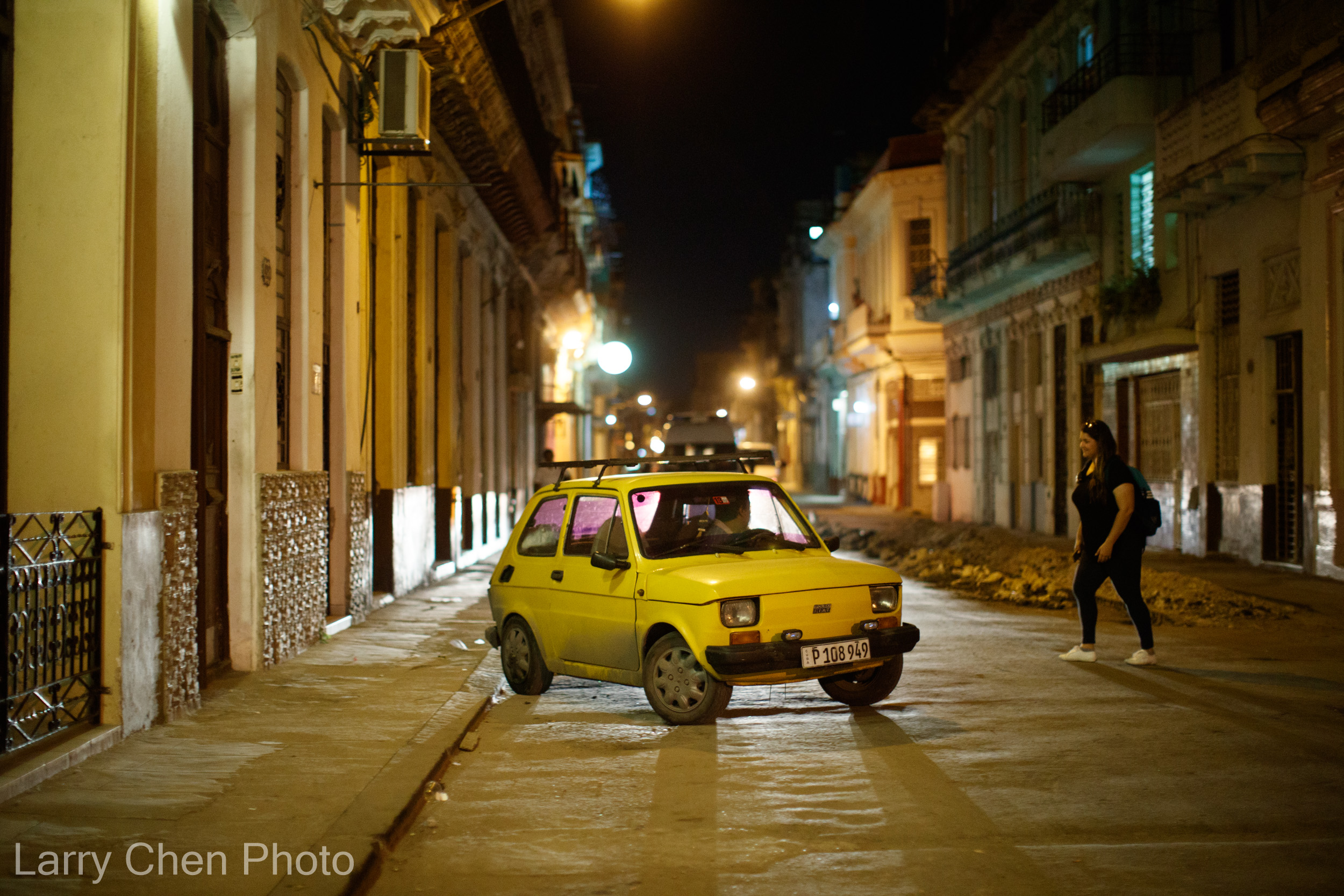
But the truth is, while there are many classic cars on the streets, they’re definitely outnumbered by more modern cars, usually in the form of Russian and other foreign makes and models, that are driven by Cuban residents. While these can be cool in their own right, the American classic are what really piqued my interest.
Chapter Two: The Cars Of Havana
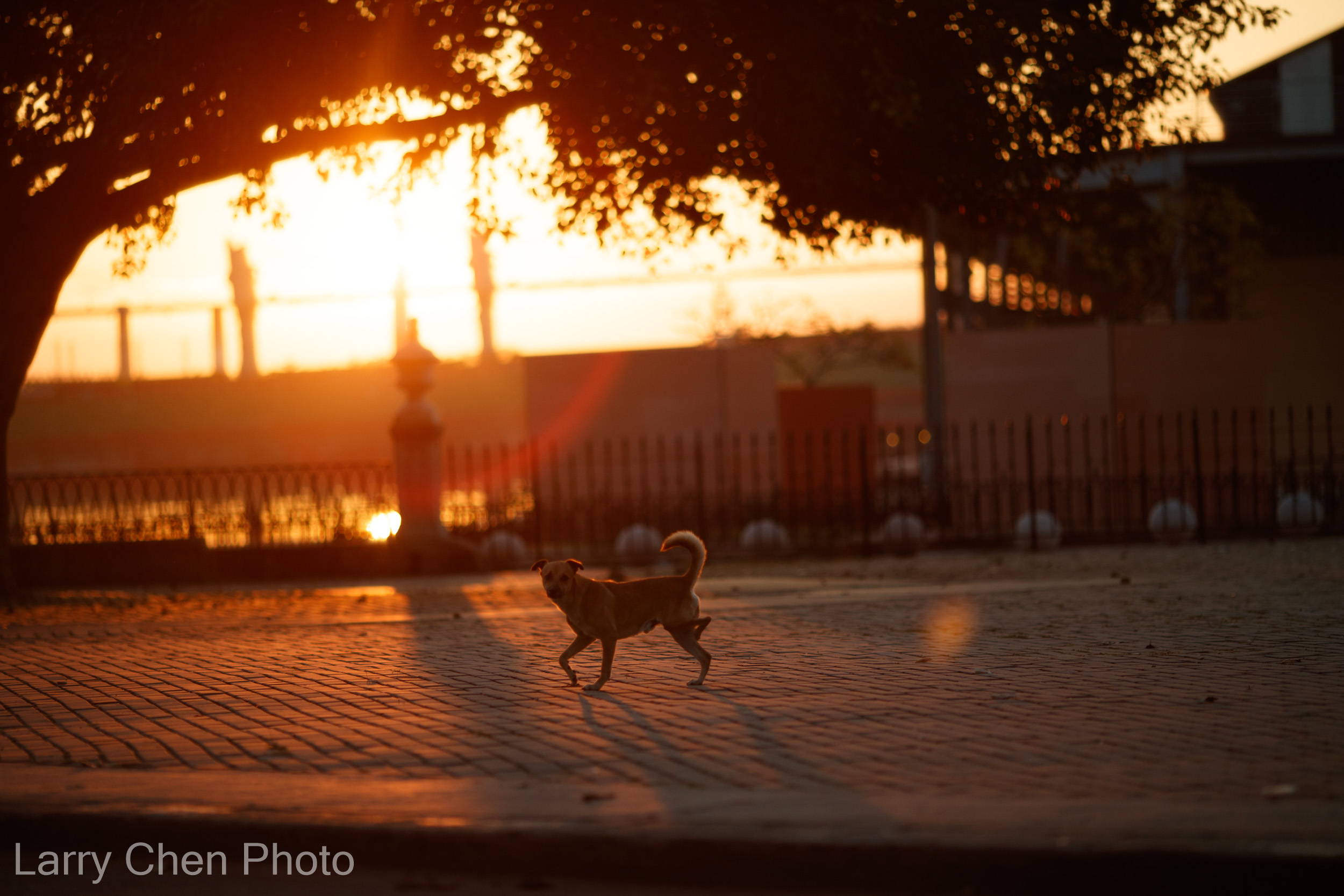
Early mornings on the set of Recoil 4 meant the team and production crew needed time setting up.
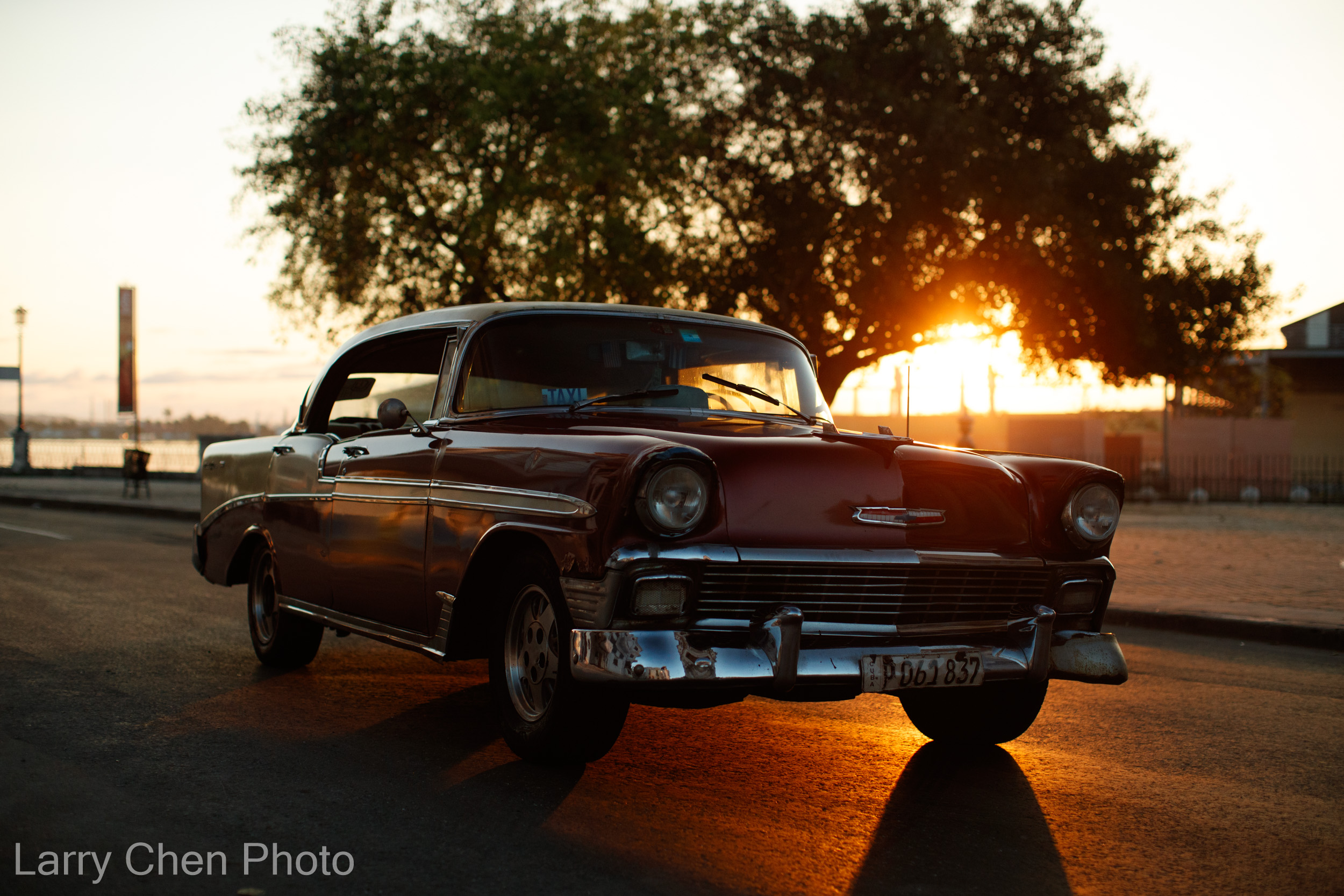
I used these downtimes as opportunities to do a bit of car spotting around the shooting locations.
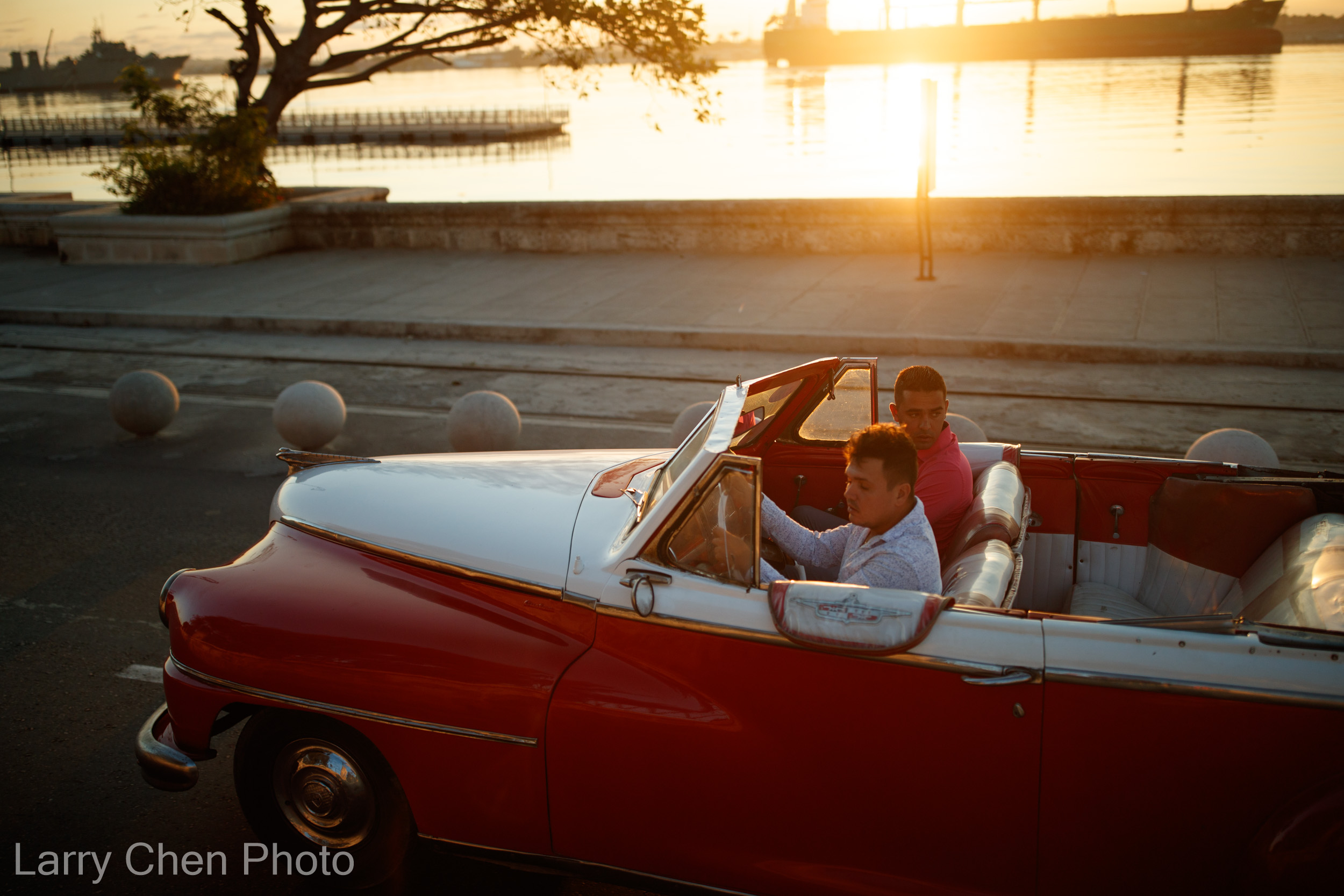
Just like all other automotive enthusiasts, Cubans absolutely adore their cars.
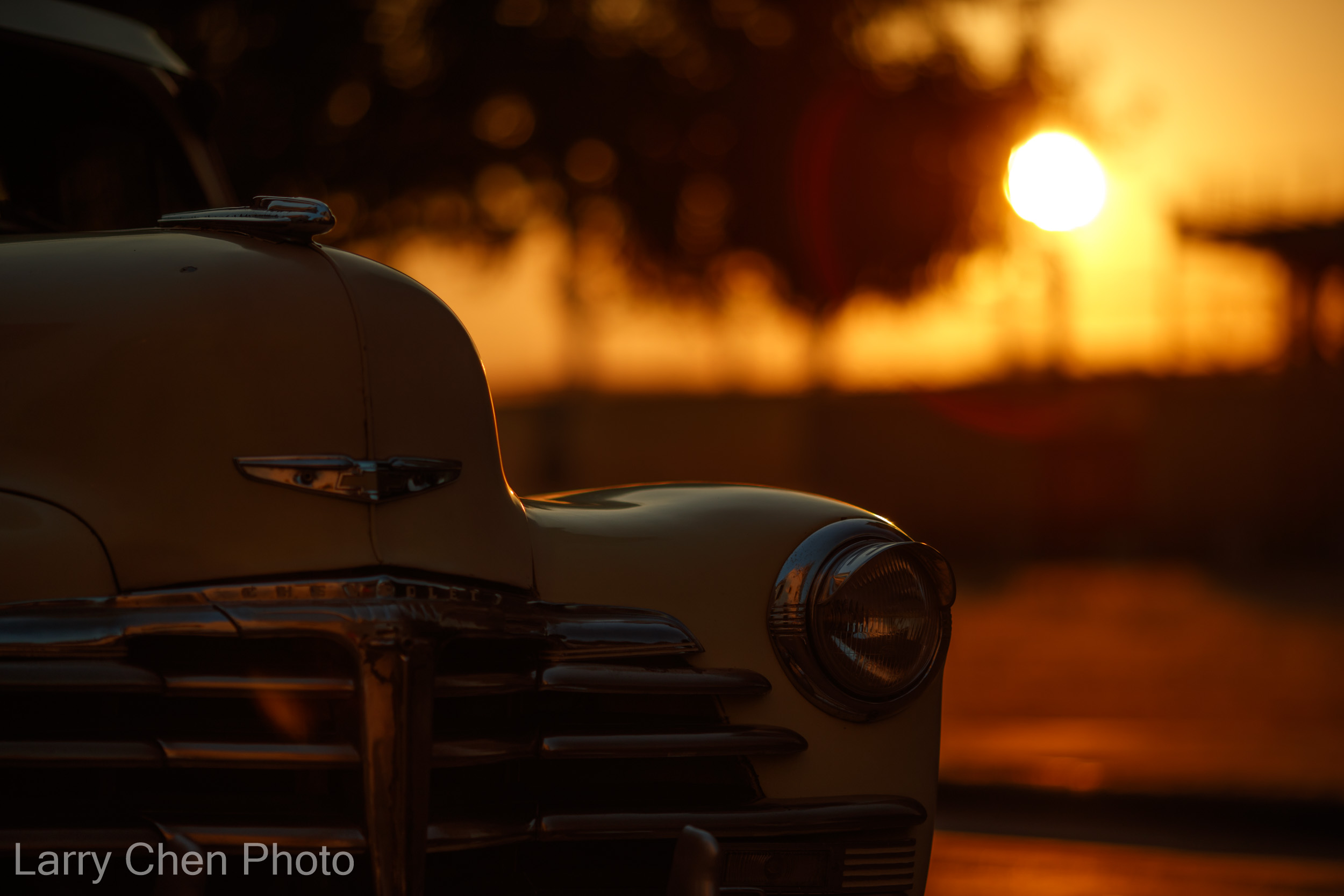
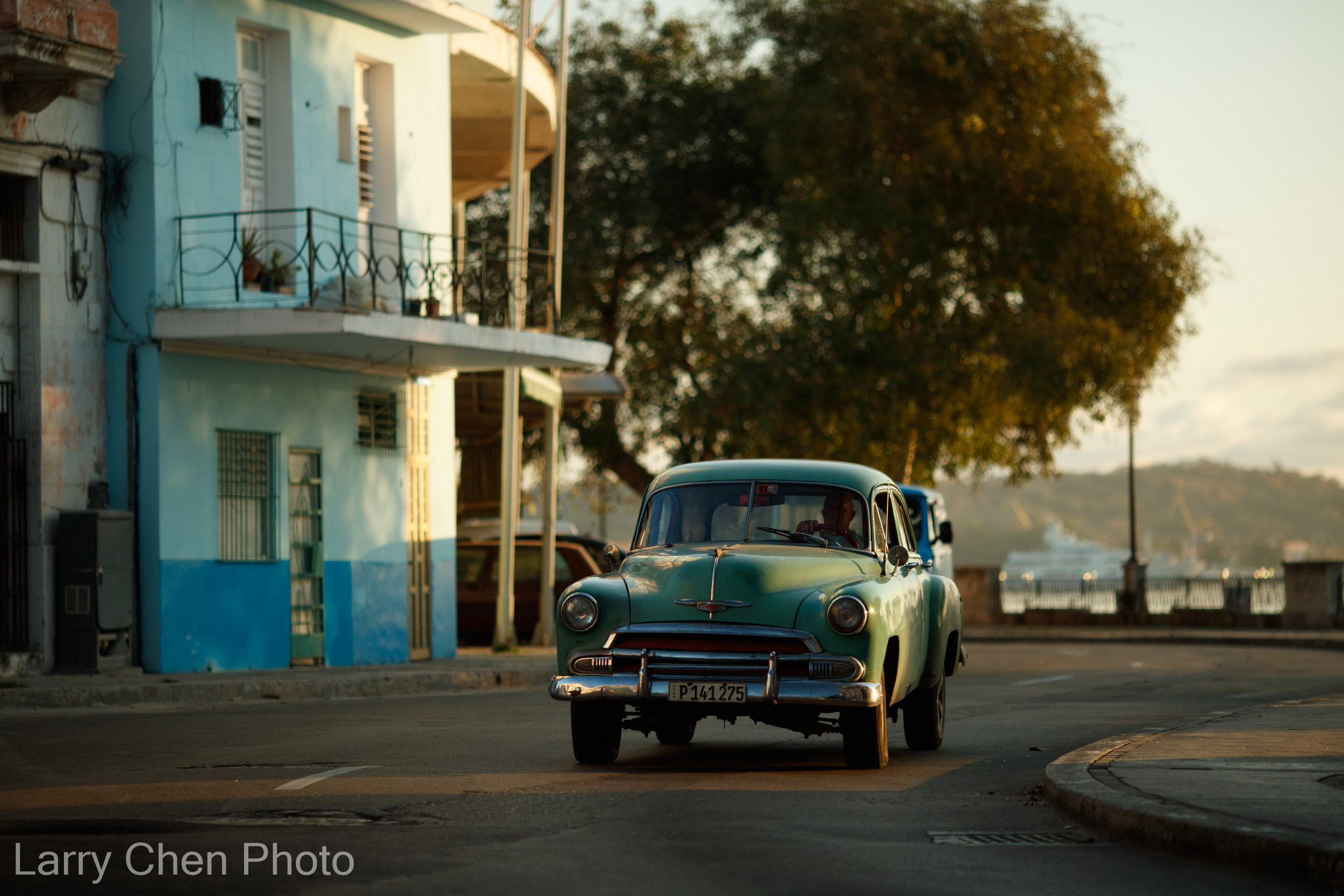
Pretty much any taxi we got into, including the more modern variants, had drivers who were very proud of their rides. It was their way of making a living, but at the same time they loved fixing up their cars and making them their own.
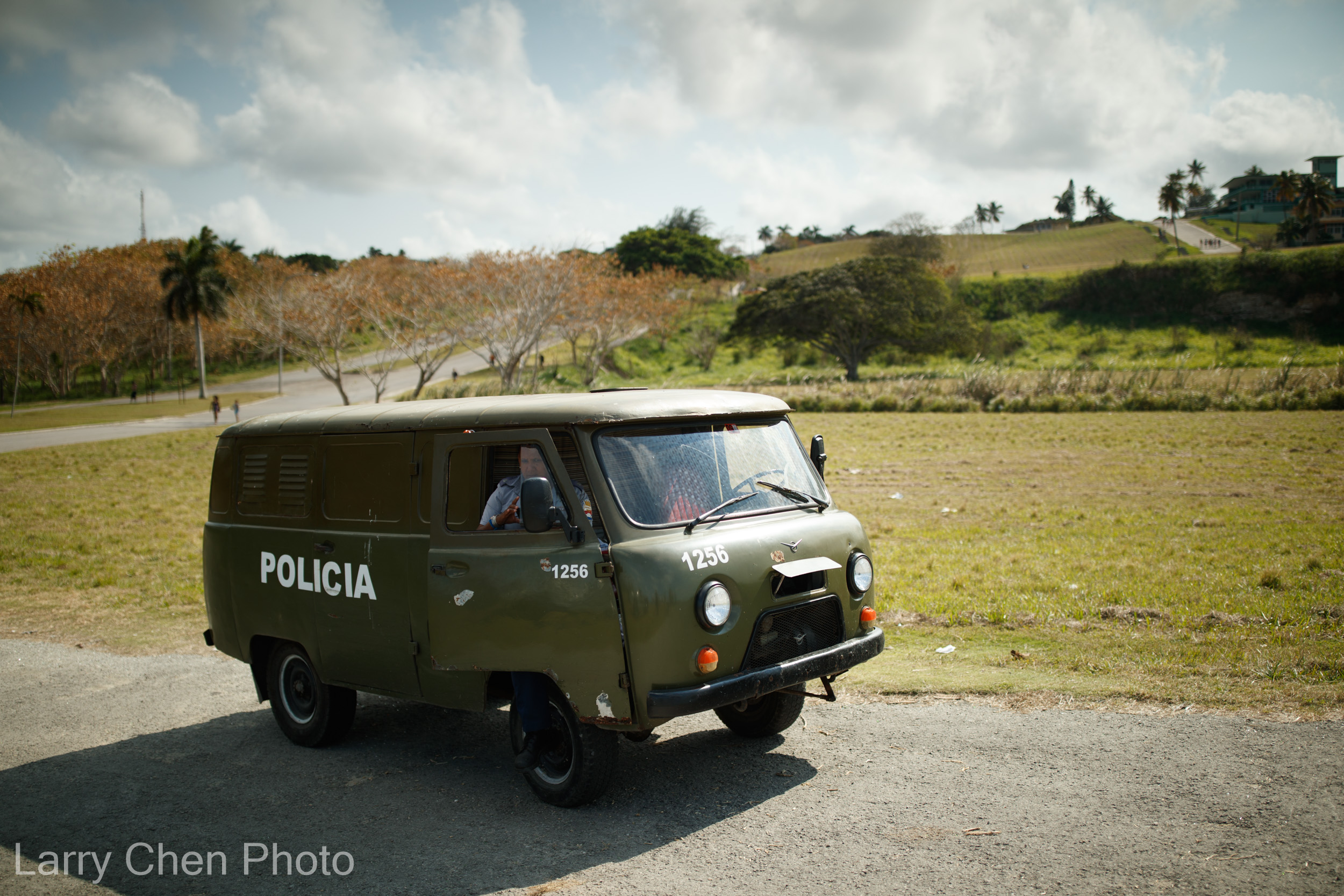
Check out this police van I spotted near the beach scene. How cool is that?
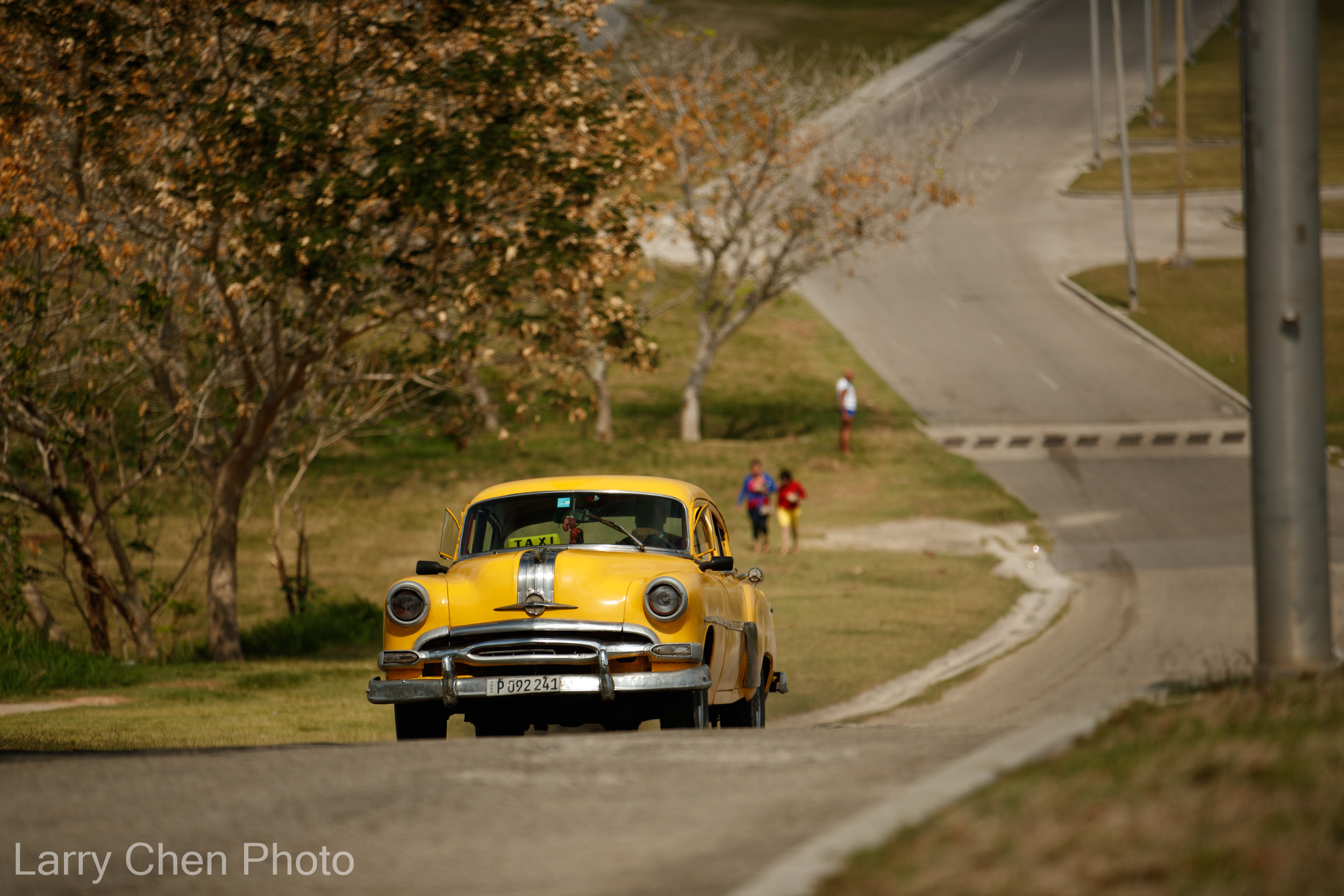
Wherever we were on the island there was always something cool driving by. This was the same street that BJ wheelied down.
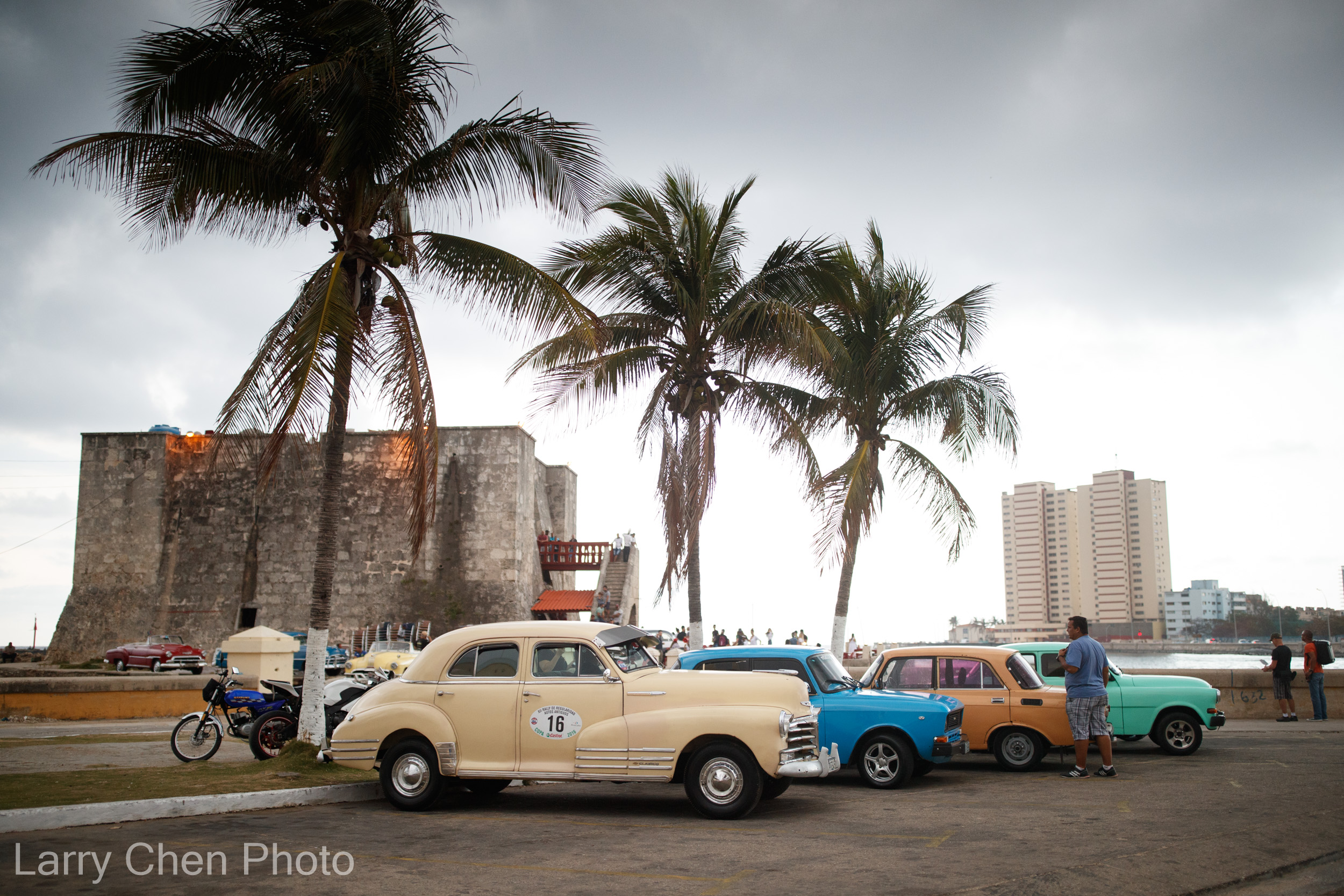
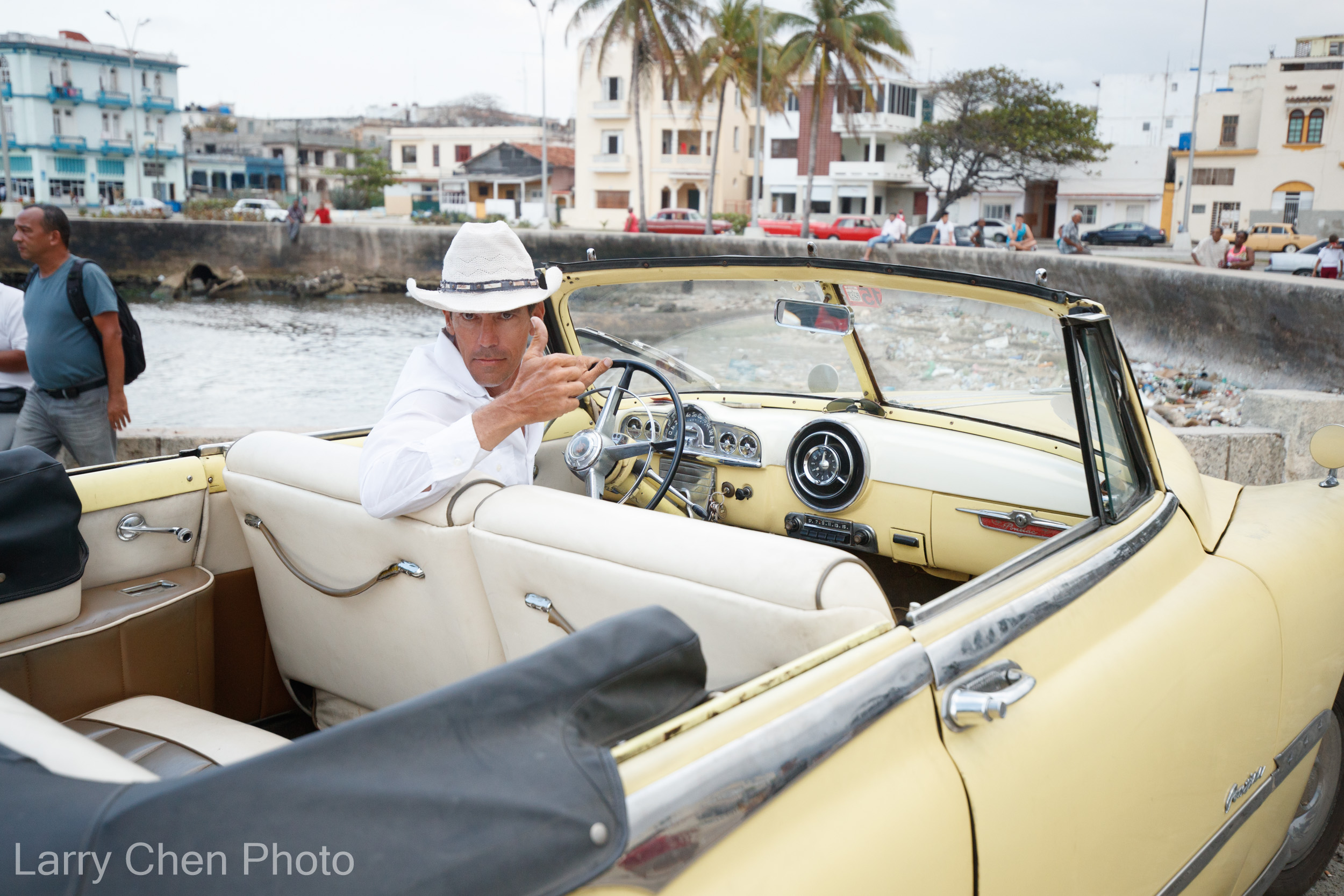
And I found these cars parked up outside where the final scene of the video was shot.
While being set was cool, what I really wanted to do was go out and do some real car spotting. So I hooked up with one of the local fixers who was working on the production, and he agreed to take myself and a few friends out.
Chapter Three: Ozzy & Betsy
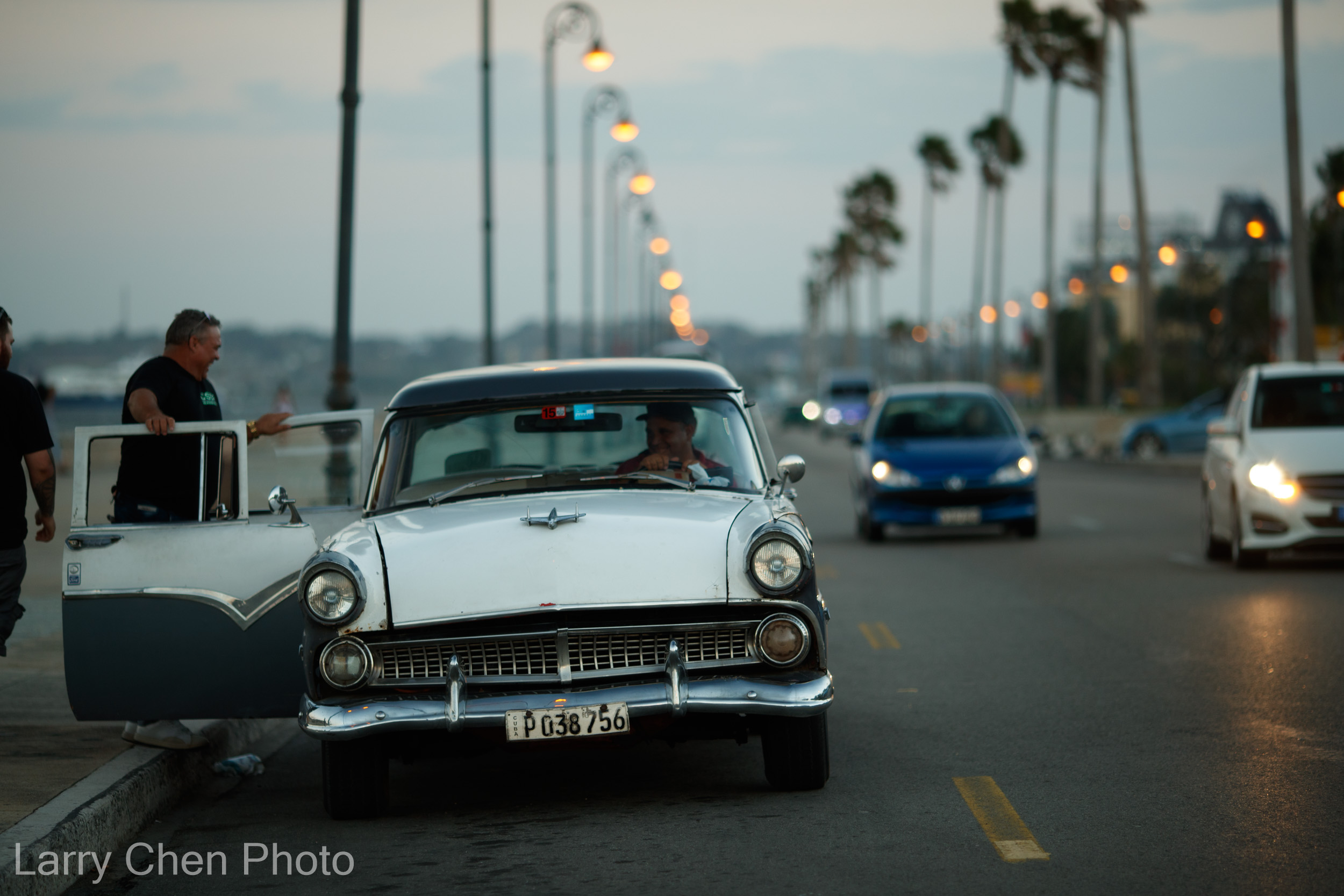
My chariot for the day was this 1955 Ford Fairlane named Betsy.
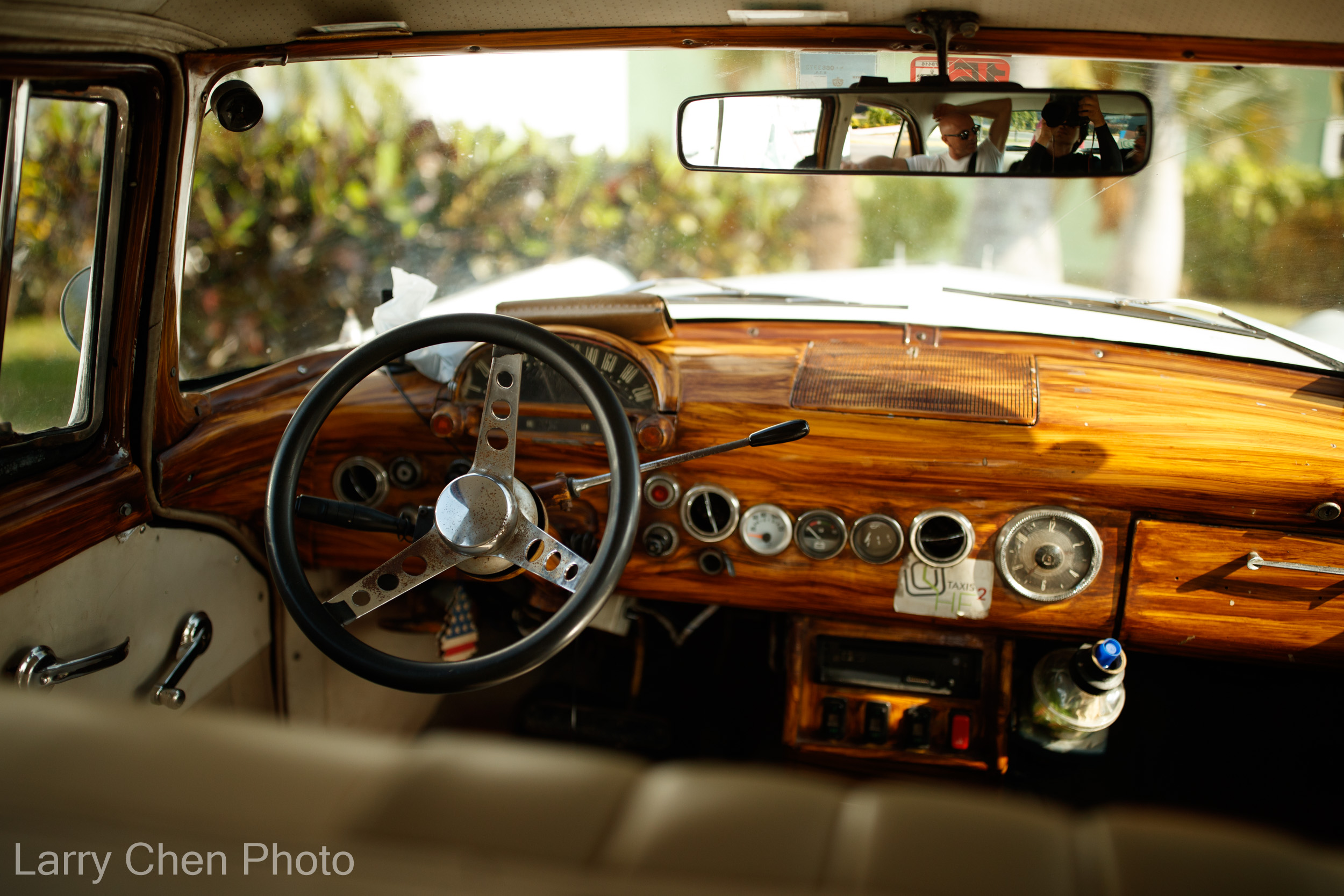
This car sees regular duty as a taxi, but the owner even went out of his way to fit an air conditioning system, which is invaluable for the hot Cuban summers.
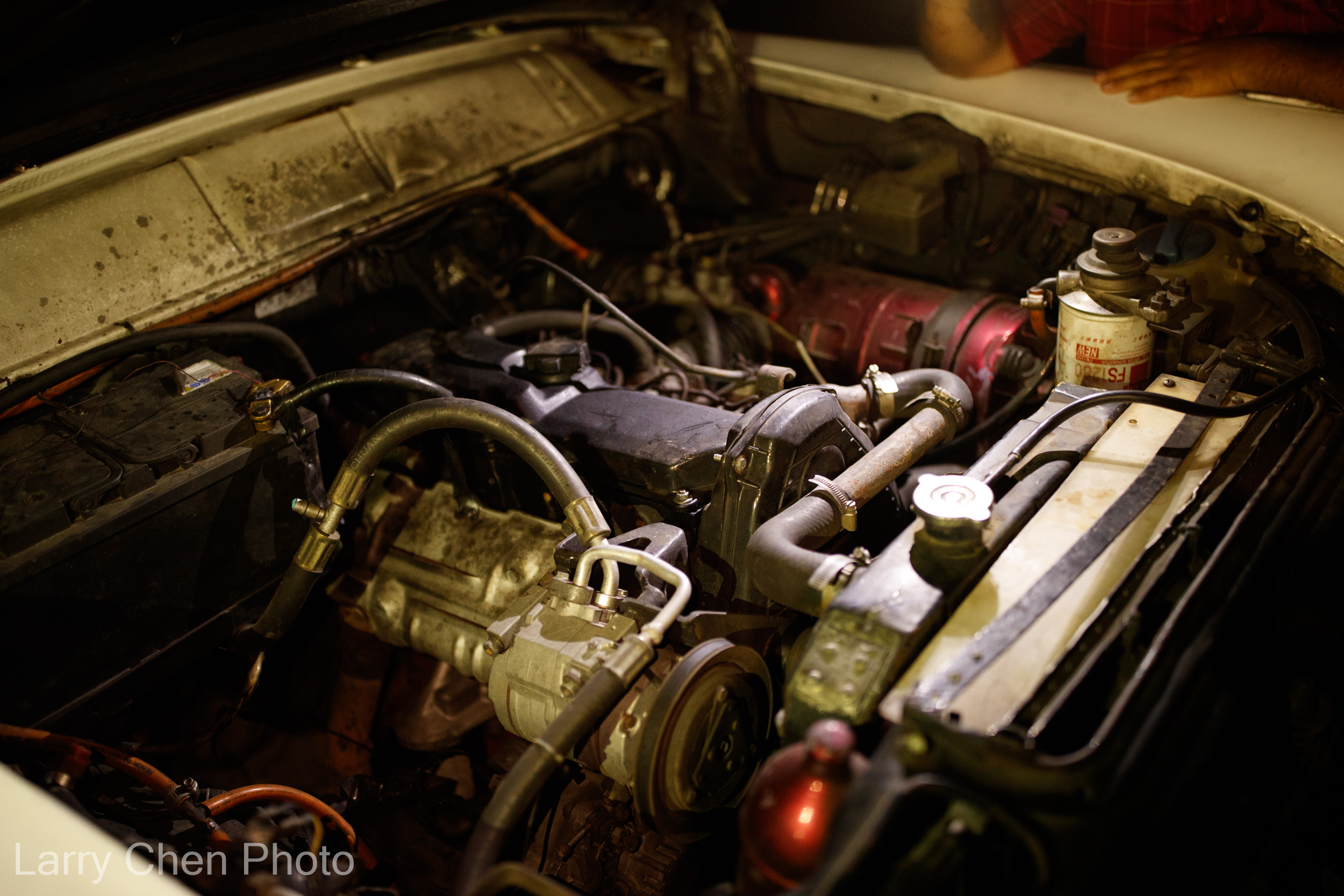
Who knows how many motors this has gone through in its lifetime, but right now it’s powered by a 5.0-liter Toyota diesel. It’s important that a car like this stays on the road, because it costs more to buy a car than to buy a house. Cars are a great money earner in Cuba; a house not so much.
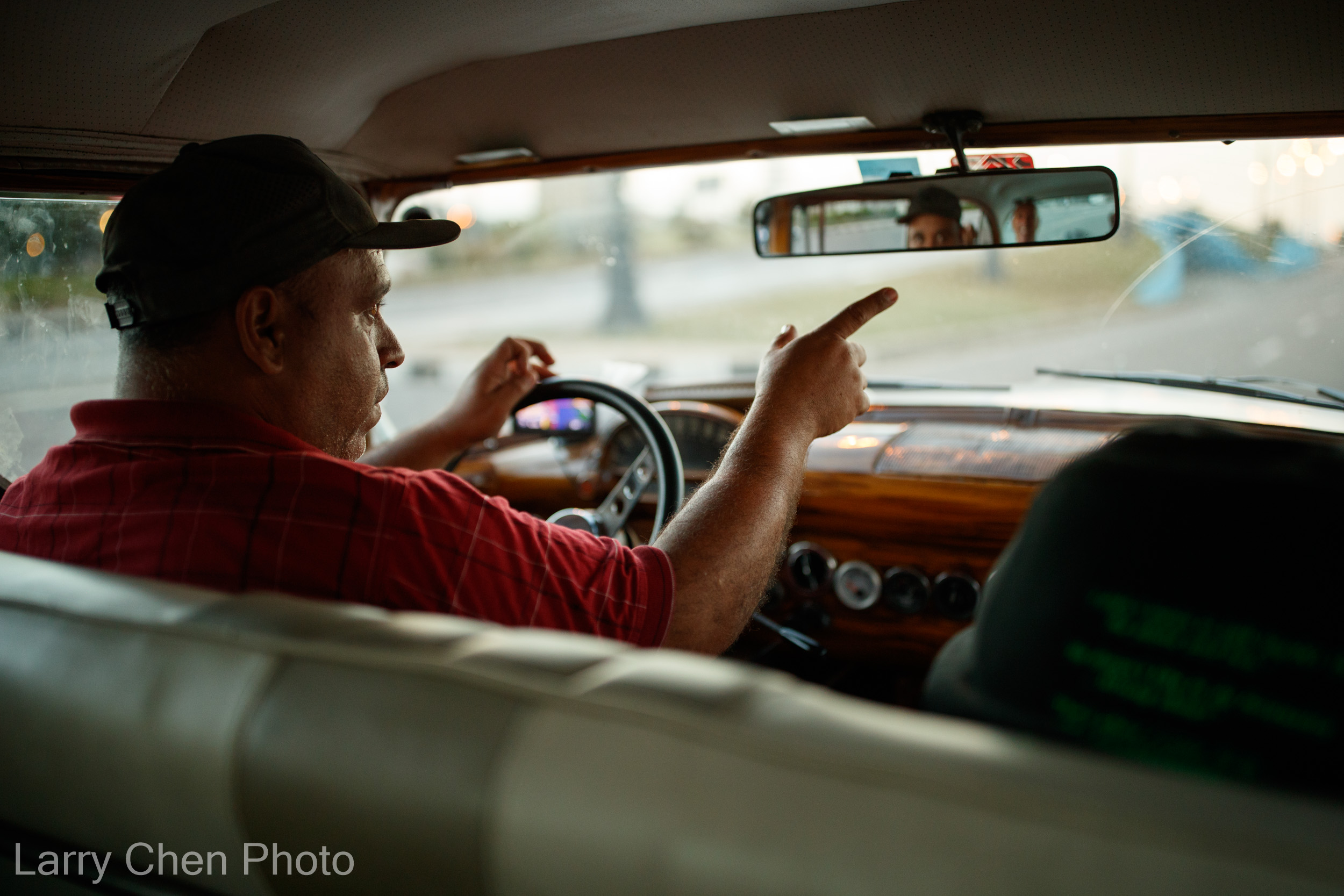
My driver was a hard-working, sharp-talking fellow named Ozzy. I found it curious that his English was absolutely perfect, but it turned out he grew up in Florida. He was smuggled out of the country by his family at a young age, but for whatever reason his parents remained in Cuba.
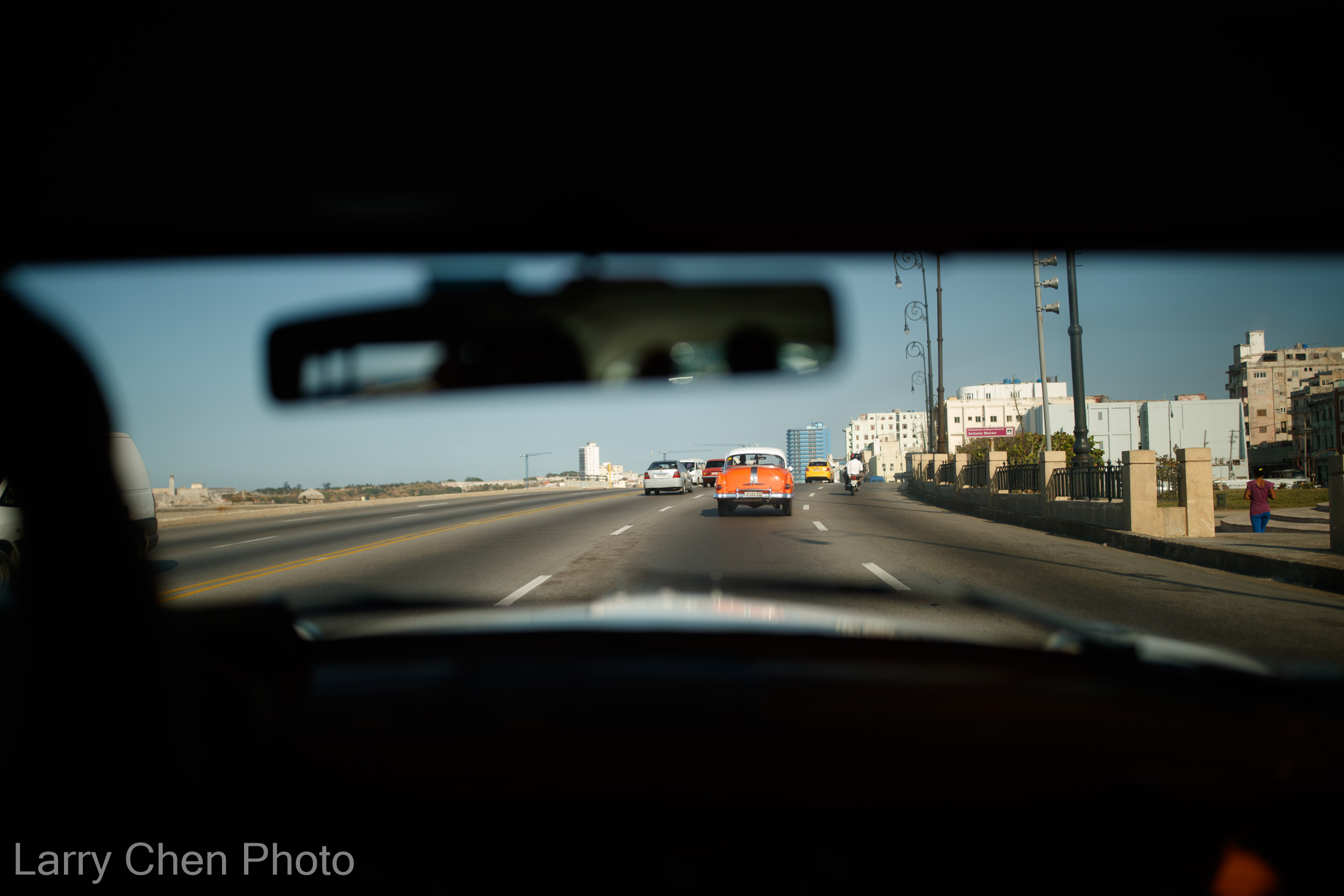
As an adult, Ozzy returned to Cuba in an attempt to illegally bring his parents to the United States, but he was caught and ended up in a Cuban prison for 10 years. Now he finds life behind the wheel of this Ford Fairlane, working 12 hour shifts seven days a week to earn a living.
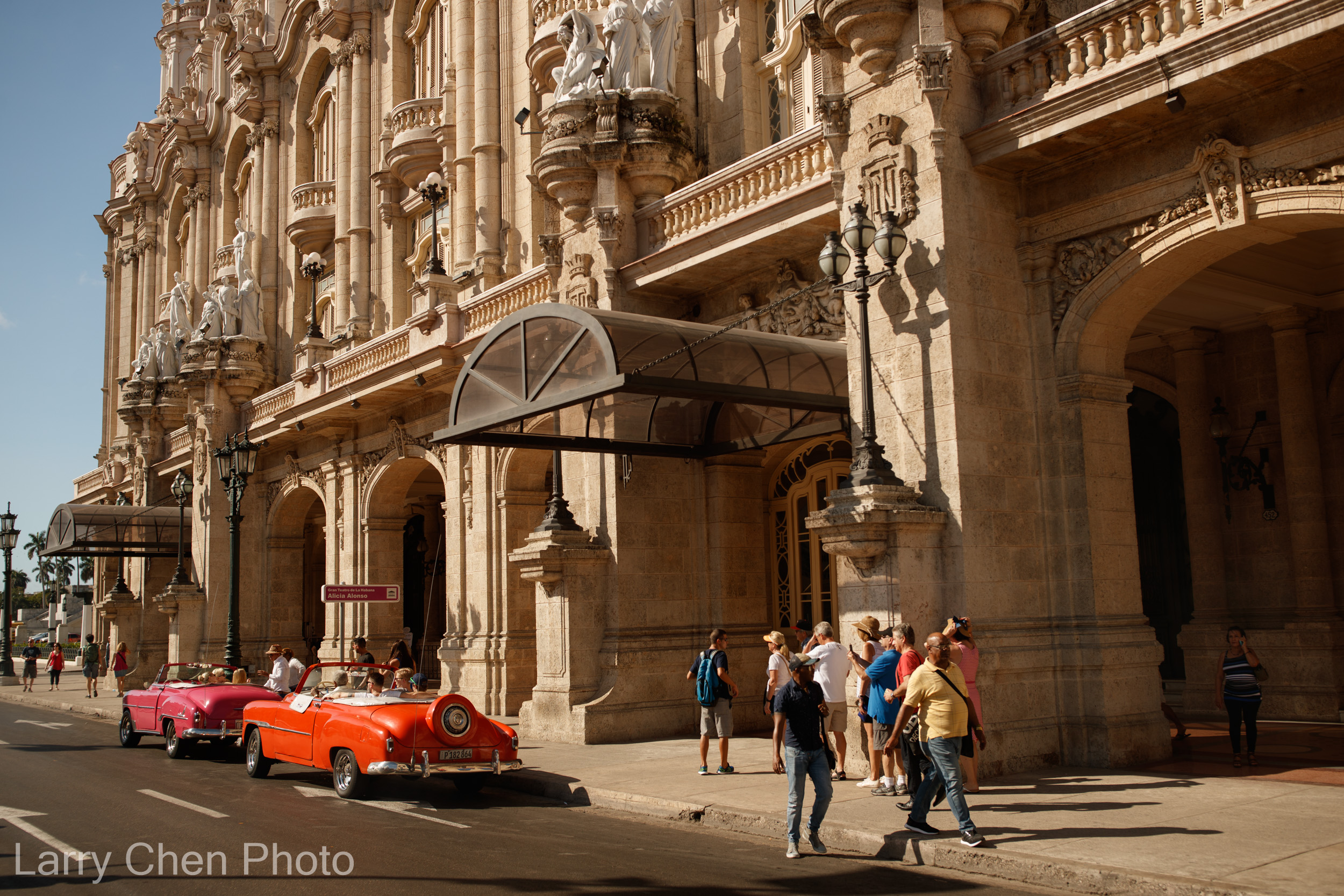
It’s stories like Ozzy’s that really put things into perspective for me. He has to work all day to earn the equivalent of $100 US, but he has to give 70 percent of that to the owner of the car, and then pay for all the diesel fuel from the balance. Whatever is left over is his wage.
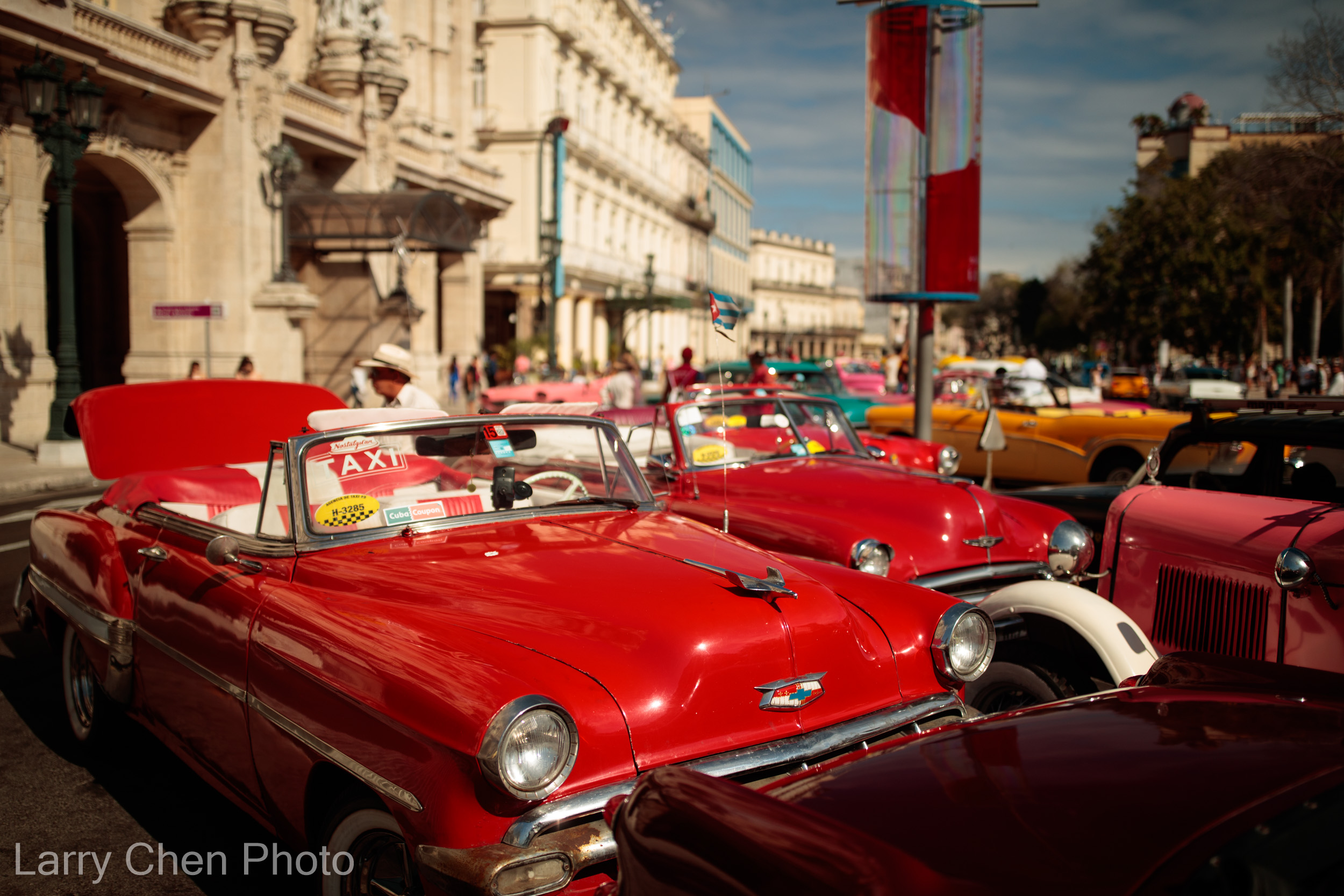
In order to save money, Ozzy doesn’t even fill up his tank at a petrol station – he buys fuel off the black market. It’s a tough life for him, but better than making a living as a normal Cuban worker who might only earn $15 US in an entire month.
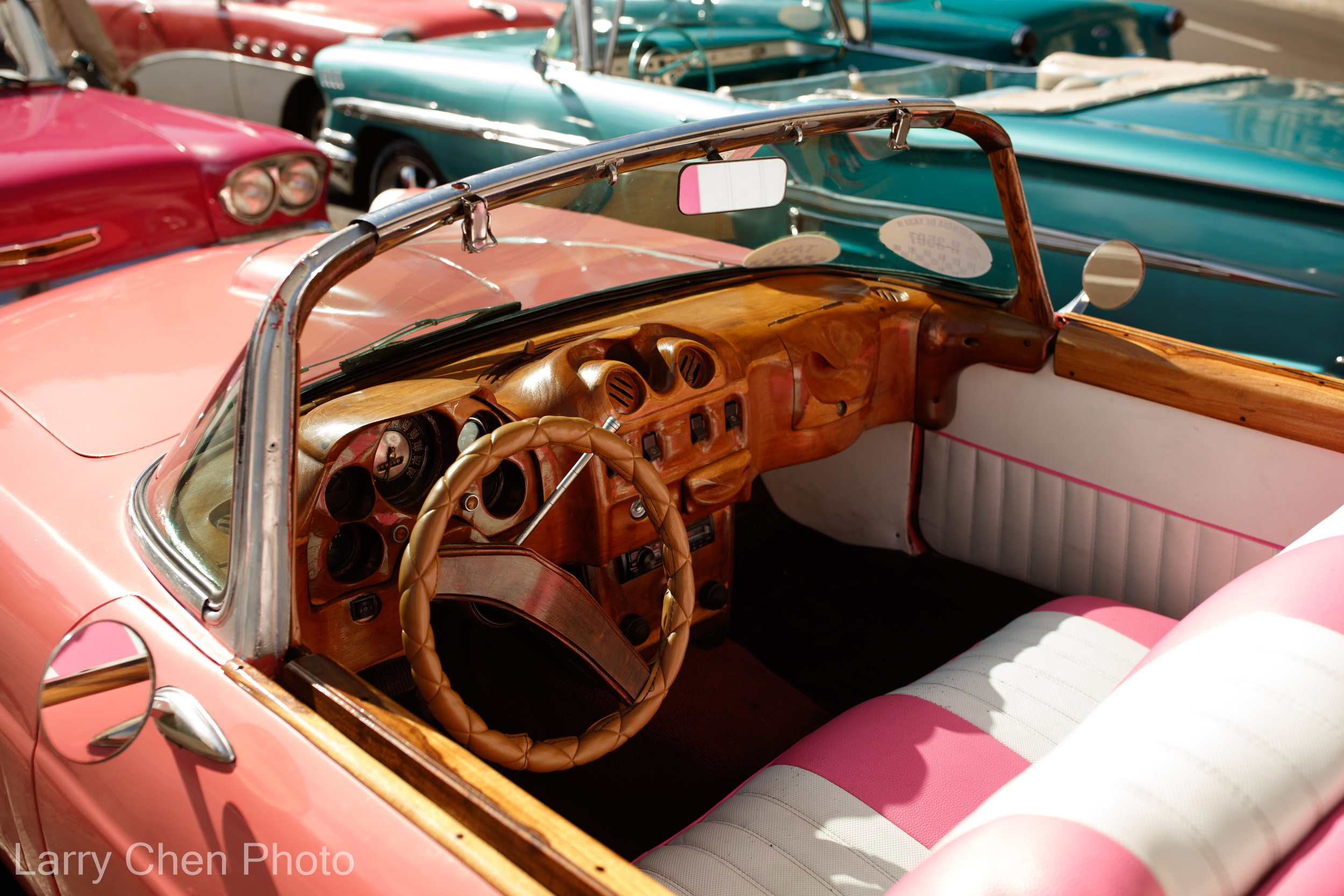
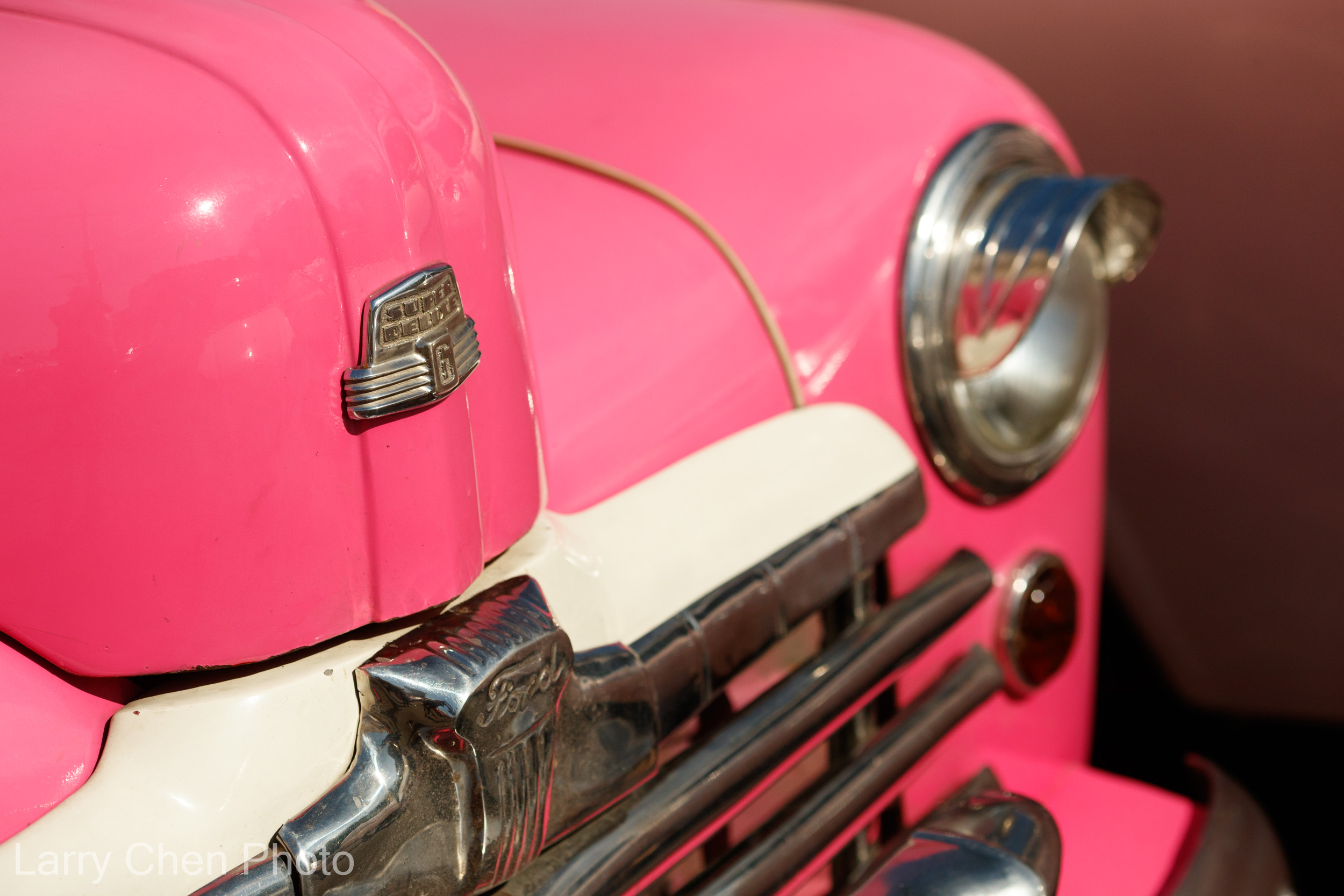
That is pretty much why these classic cars used as taxis are so decked out. Generally speaking, the nicer your car the more you can charge tourists for tours and rides around the city.
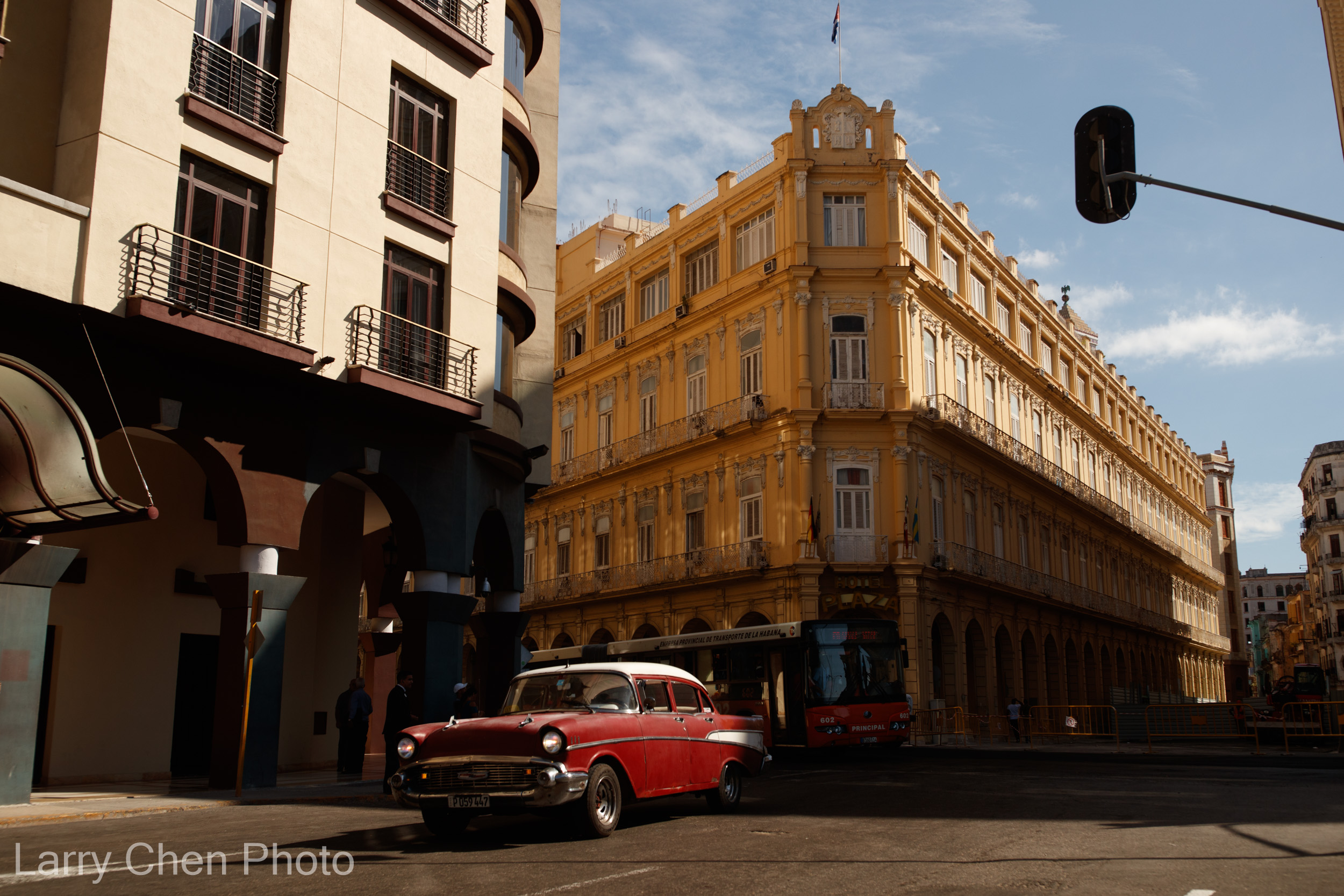
Ozzy took me all over Havana; we’d drive around until I found something cool to photograph, and then he would circle the block or find a parking spot while I shot away at everything cool in sight.
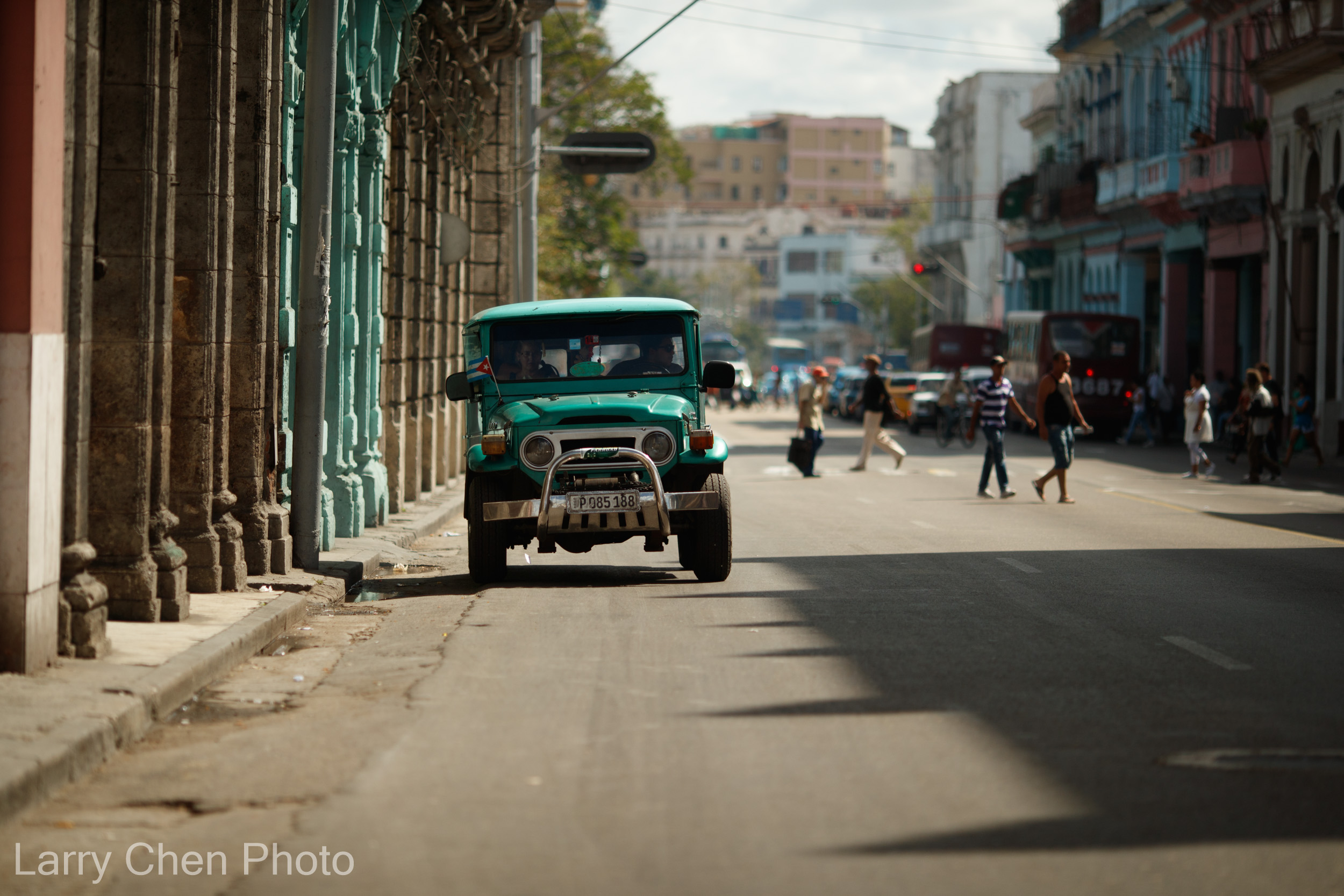
He then drove me to an area where there were a large amount of trucks parked up.
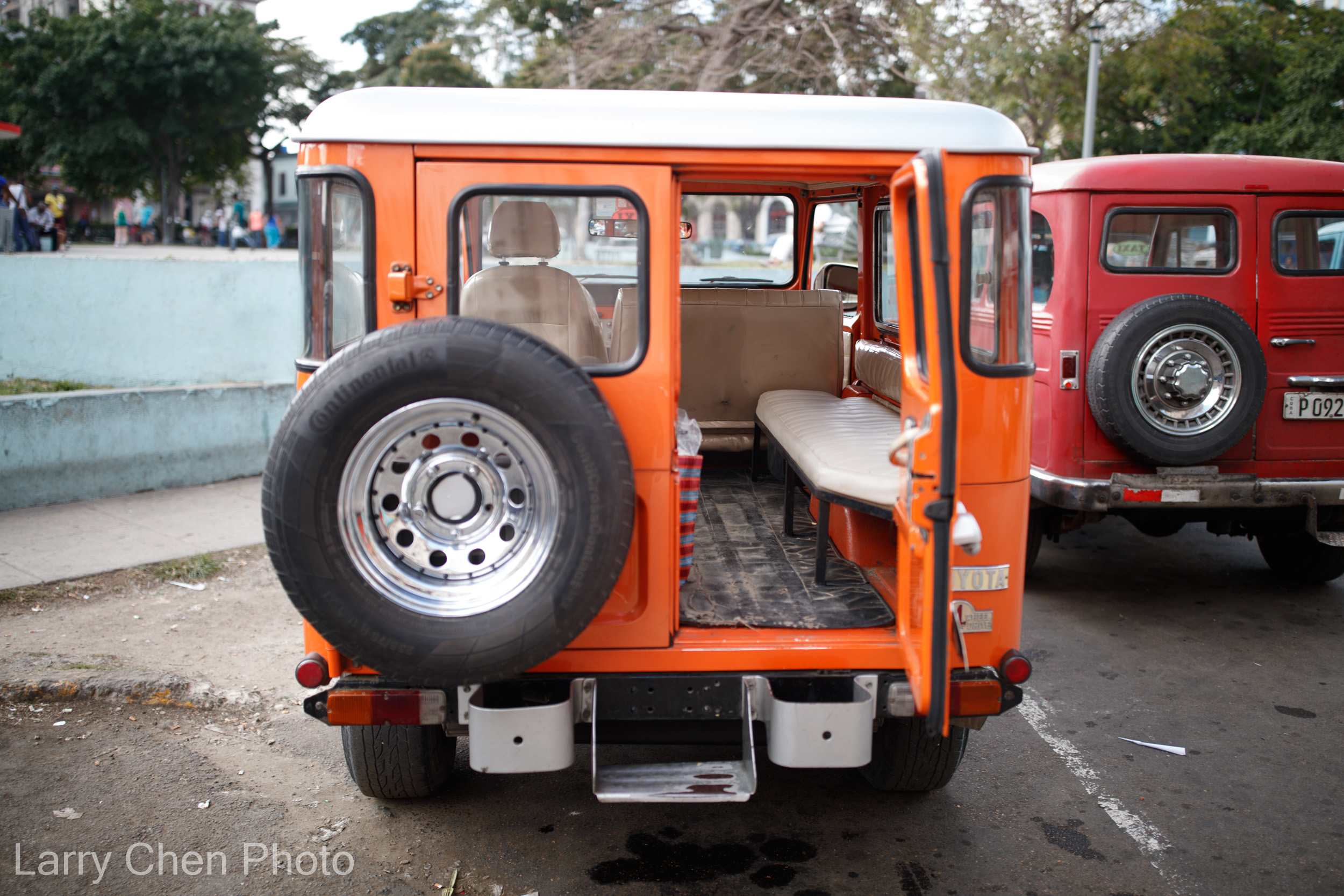
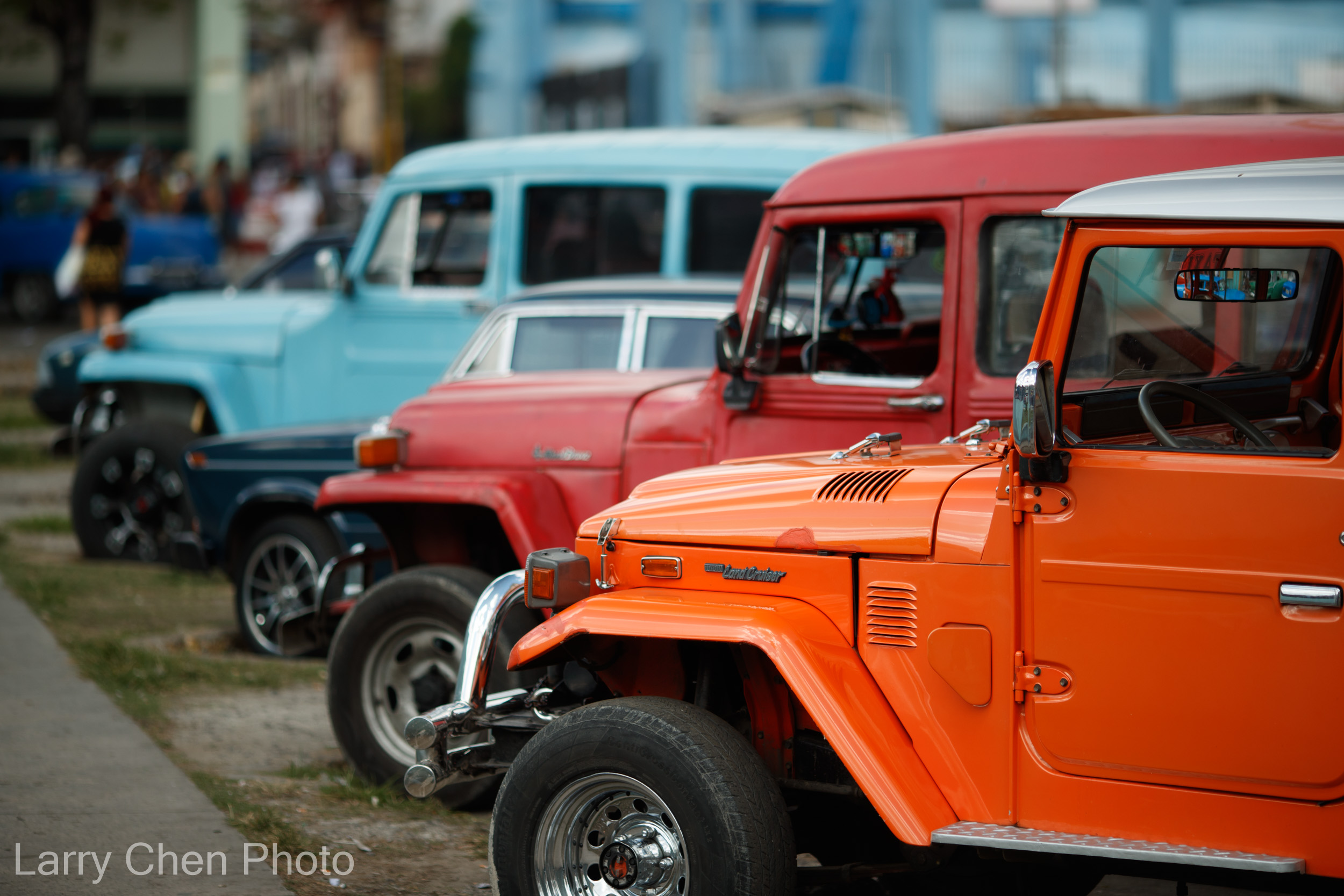
It’s where I found one of my favorite trucks; this Toyota Land Cruiser was so unbelievably clean.
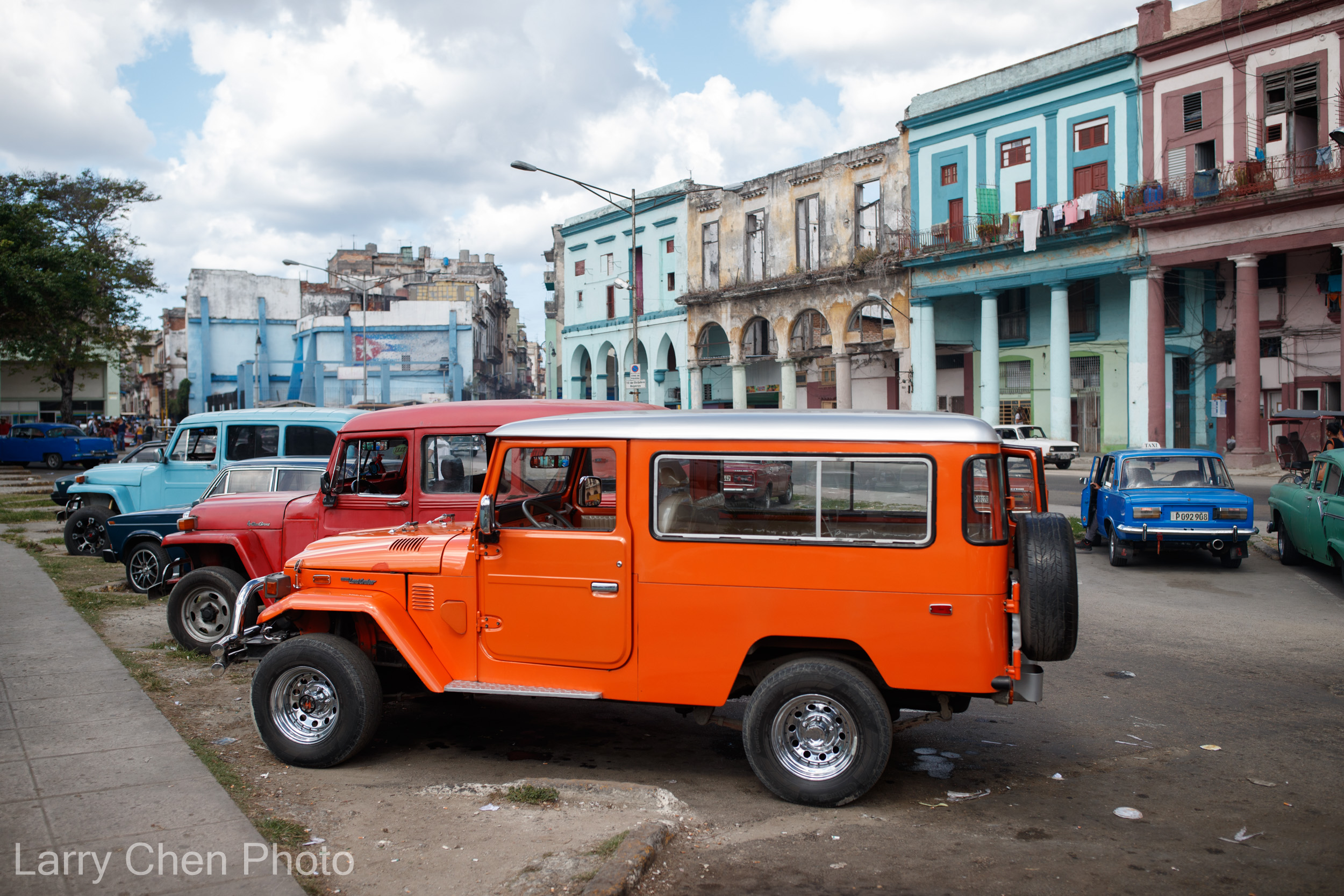
It was really cool to come across something like this in Cuba. It’s hard to find an old Land Cruiser in this condition in the US, so to see one being used as a taxi in Havana just blew my mind.
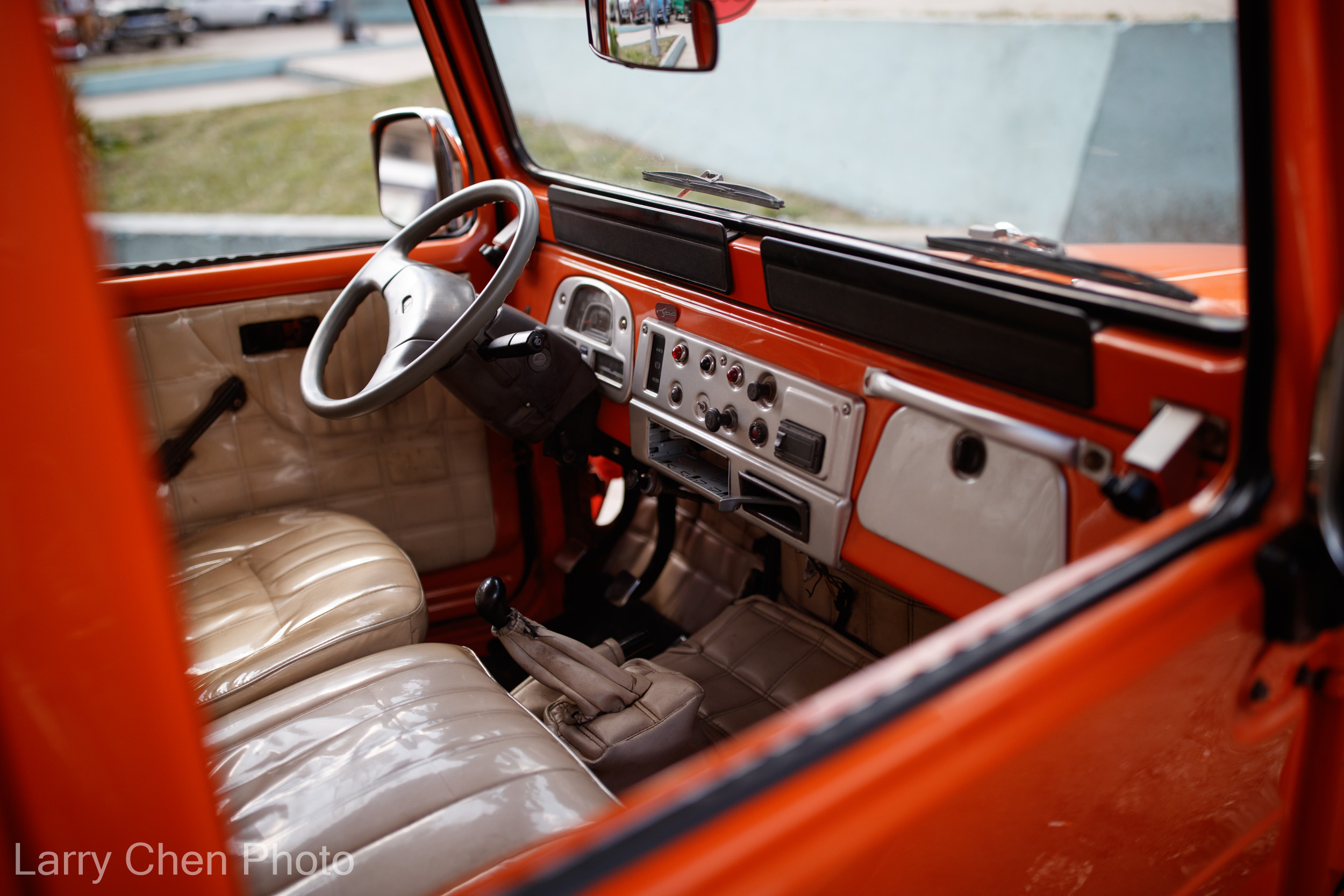
If I had the chance I would totally drive this thing right now in Los Angeles.
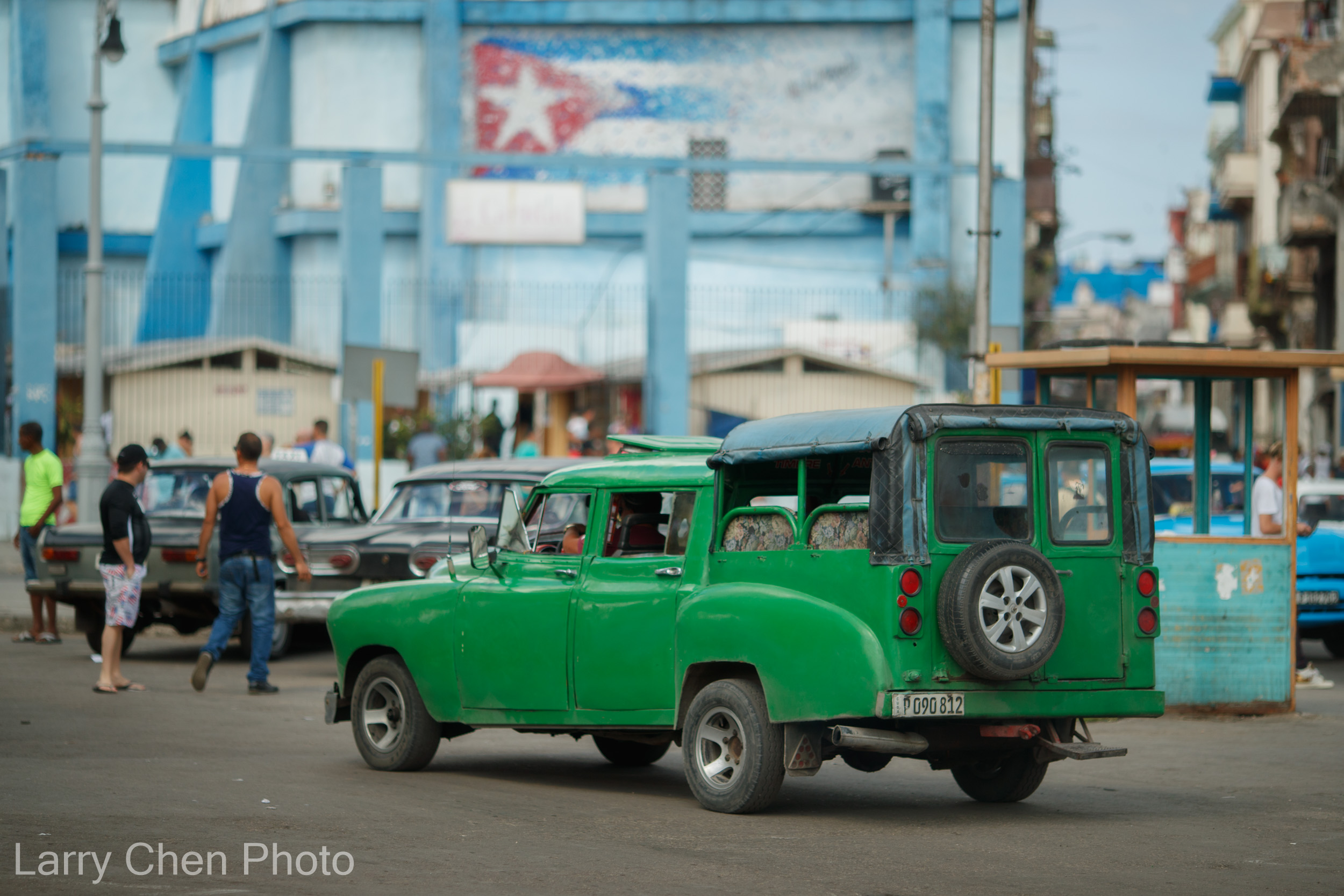
While there were plenty of amazing builds driving around, there were a fair share of bad apples, although I’m sure they get the job done.
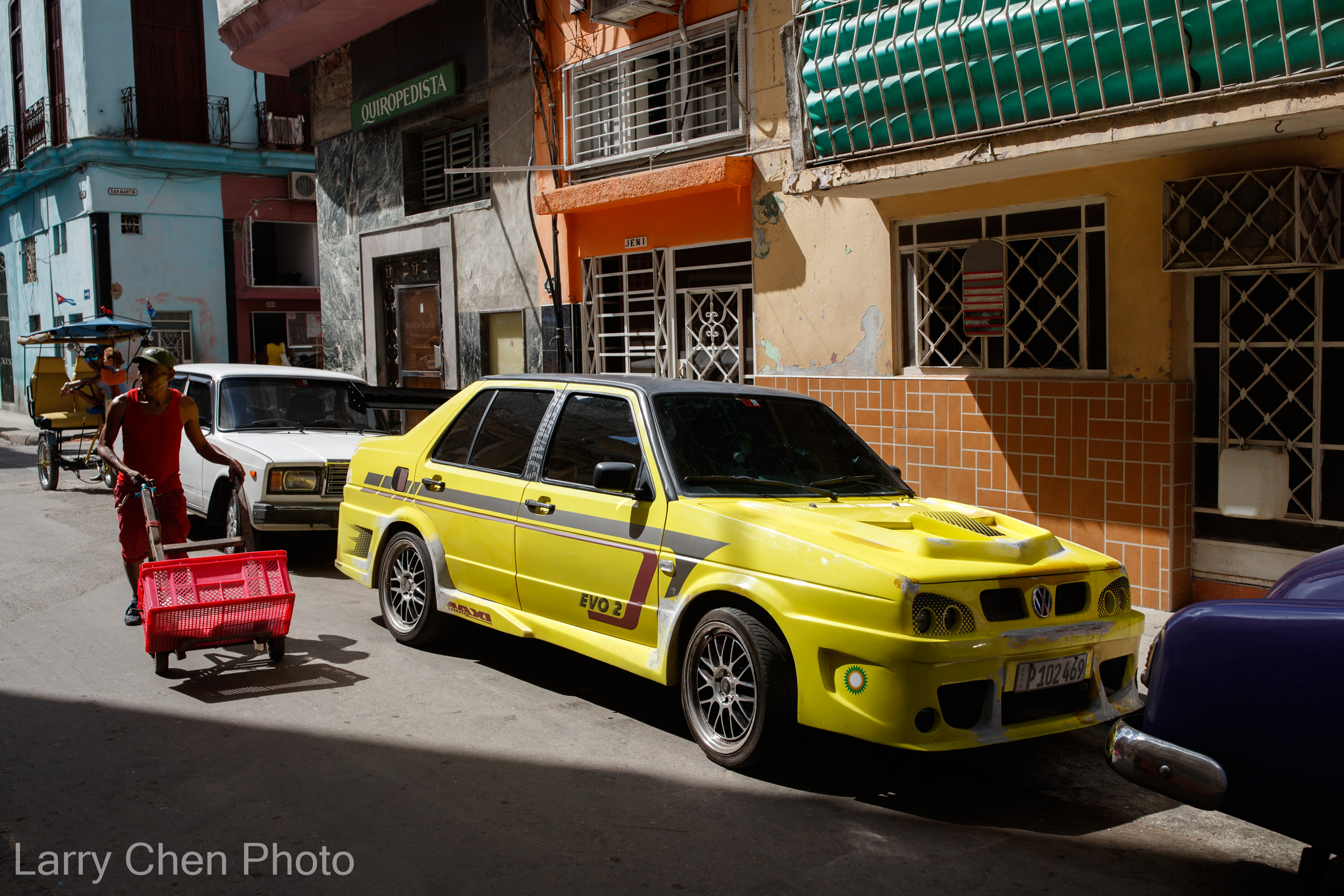
What do you know about this Fast and the Furious-inspired VW Evo 2?
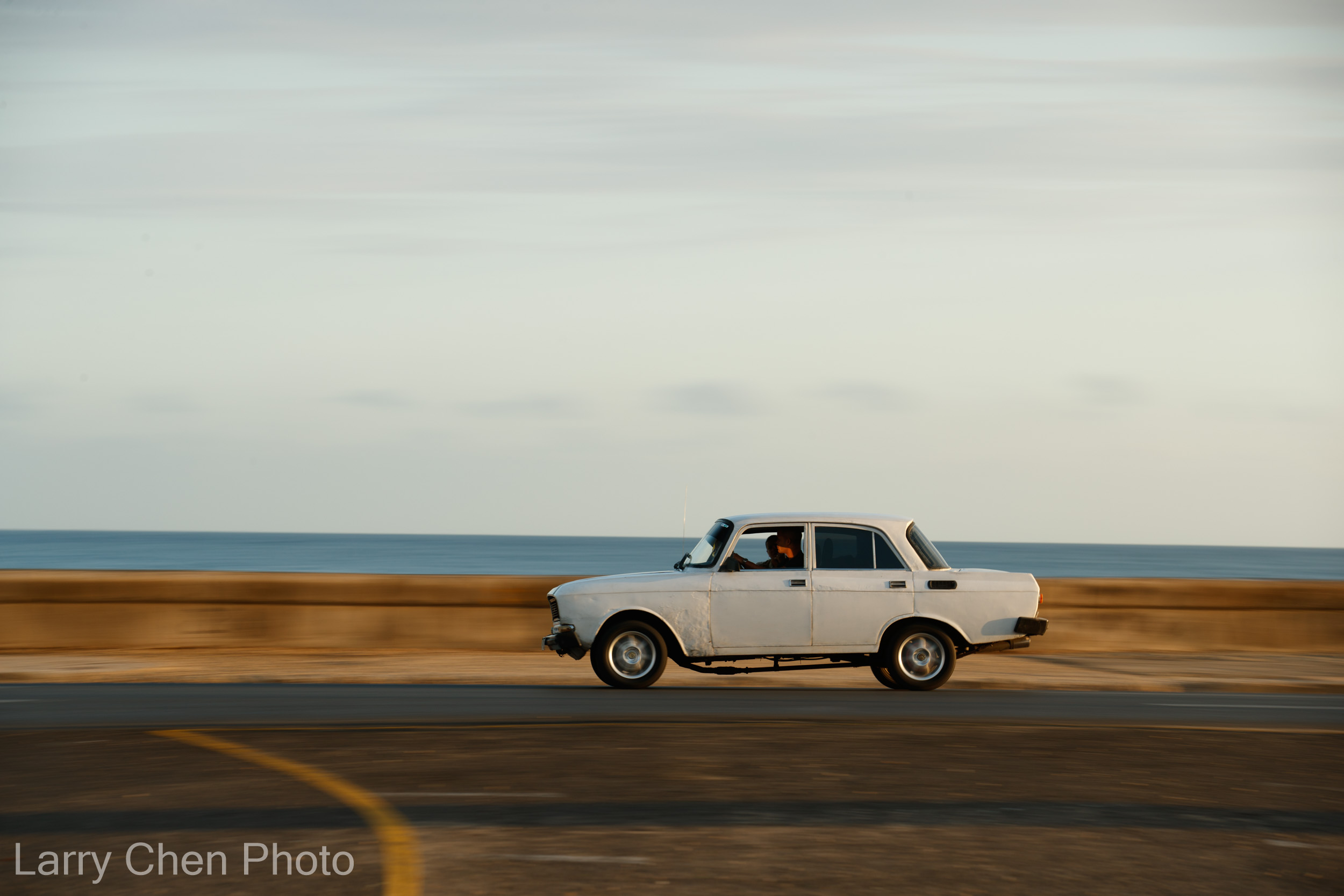
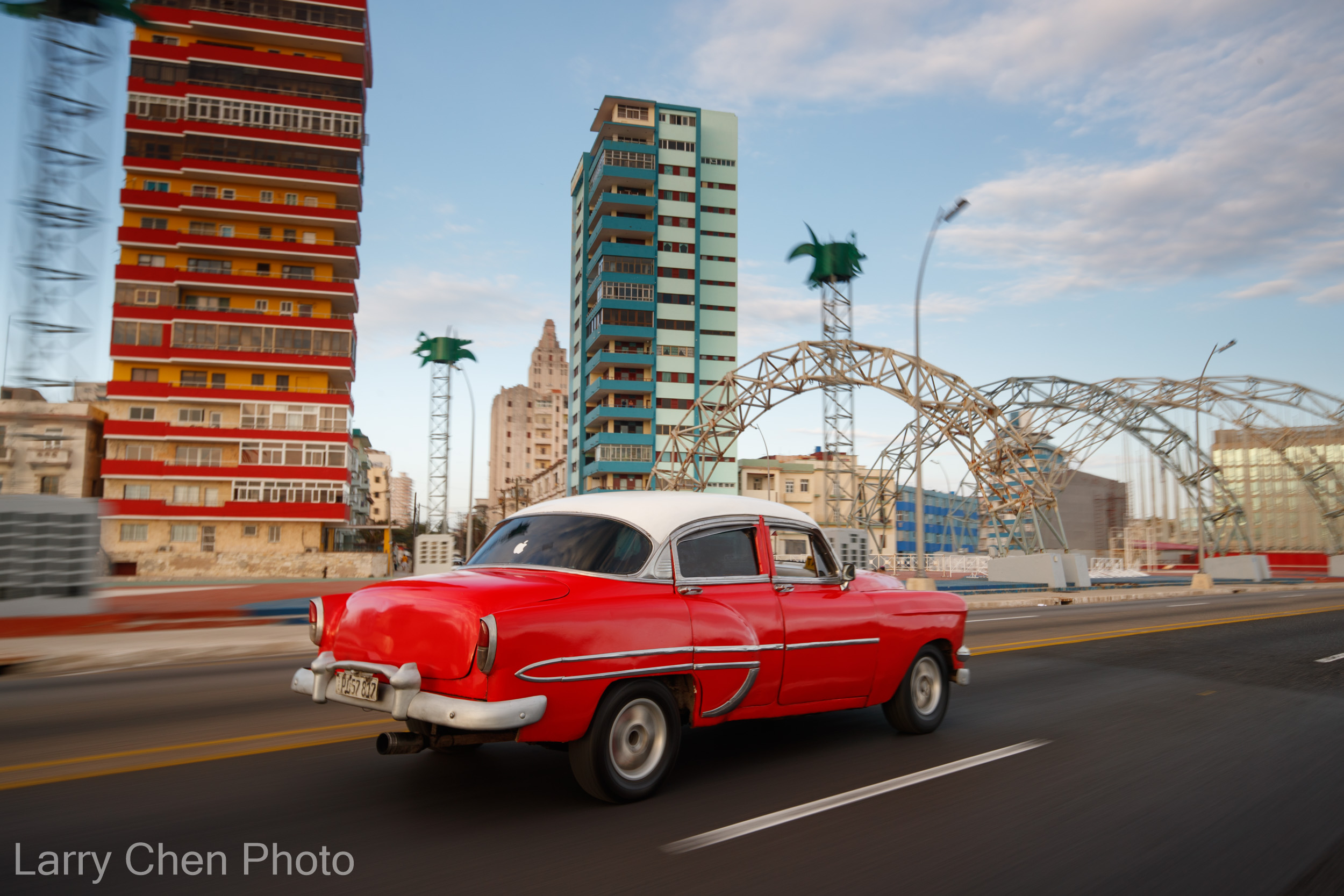
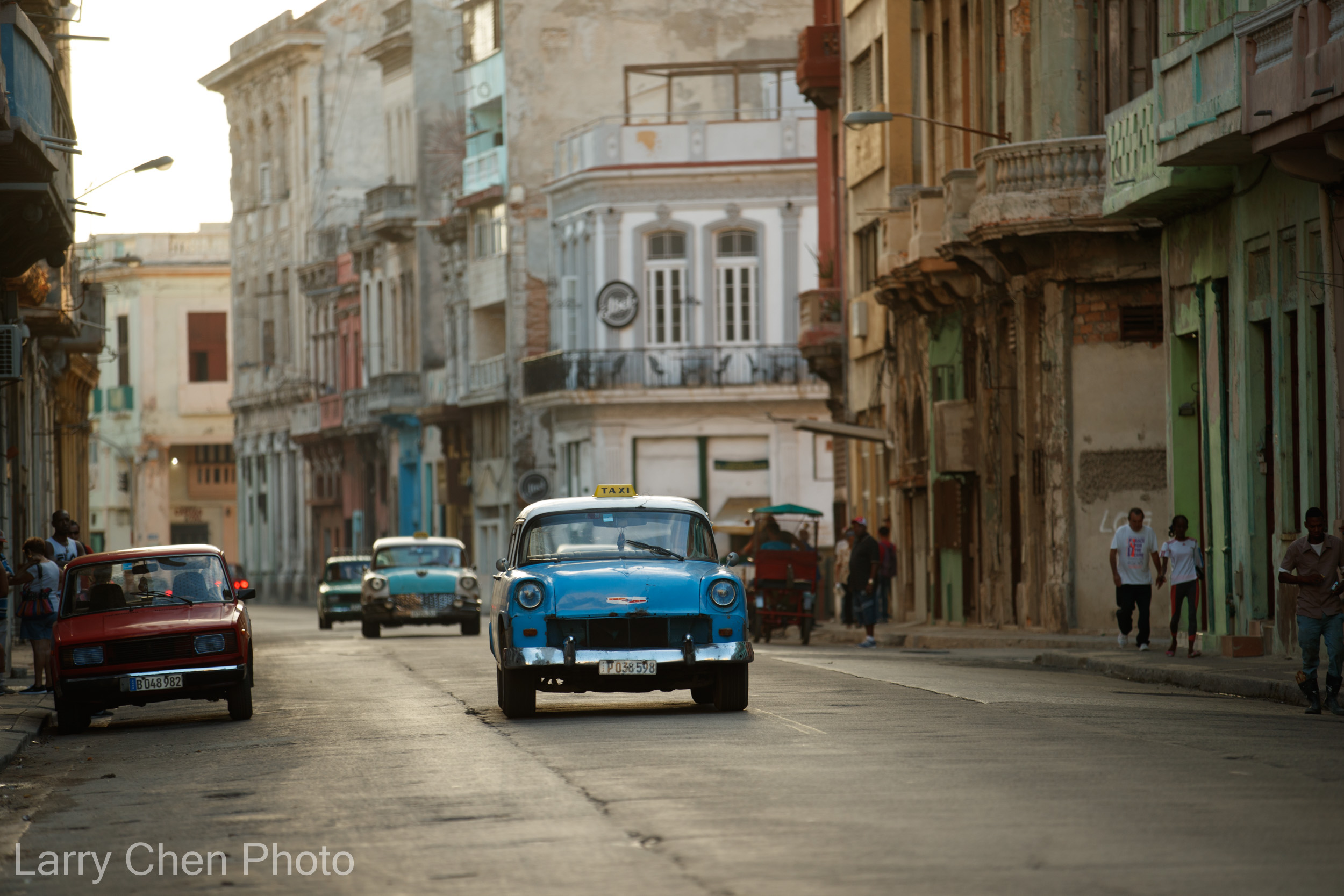
The old cars of Havana are surely one of the most common things photographed by tourists, which is why the locals didn’t even bat an eyelid at me standing on the side of the road with a camera on each shoulder and snapping away feverishly whenever anything cool drove by.
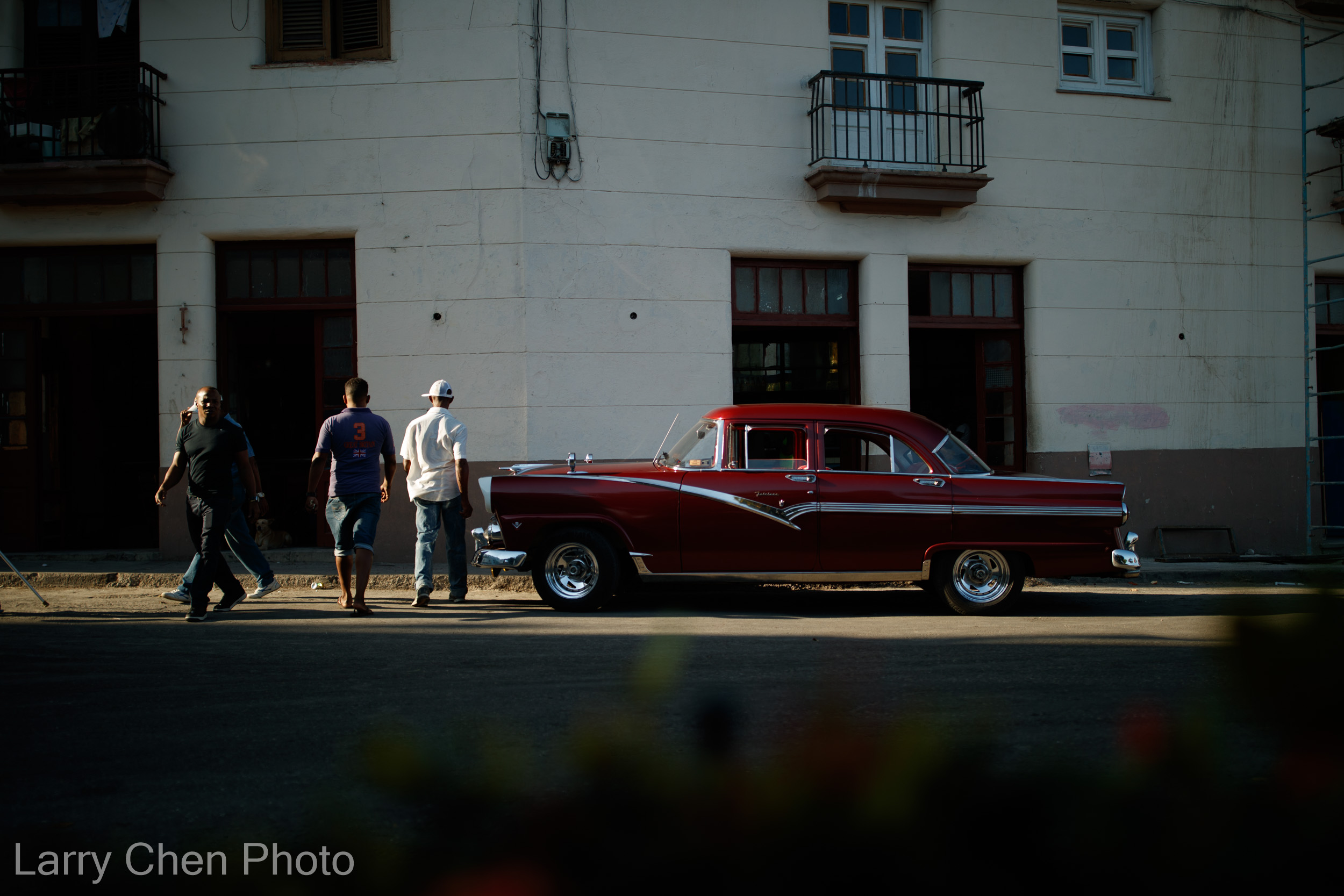
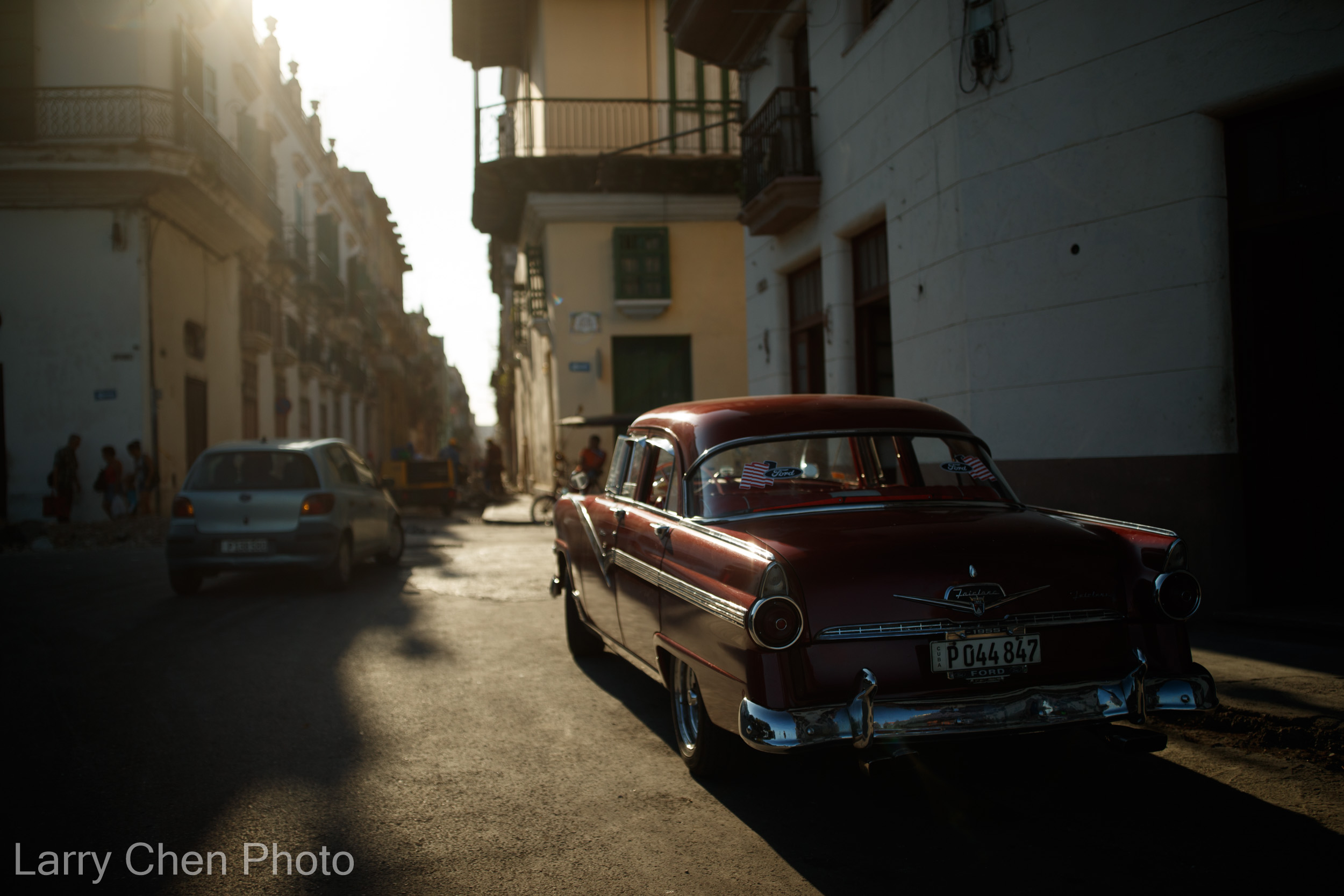
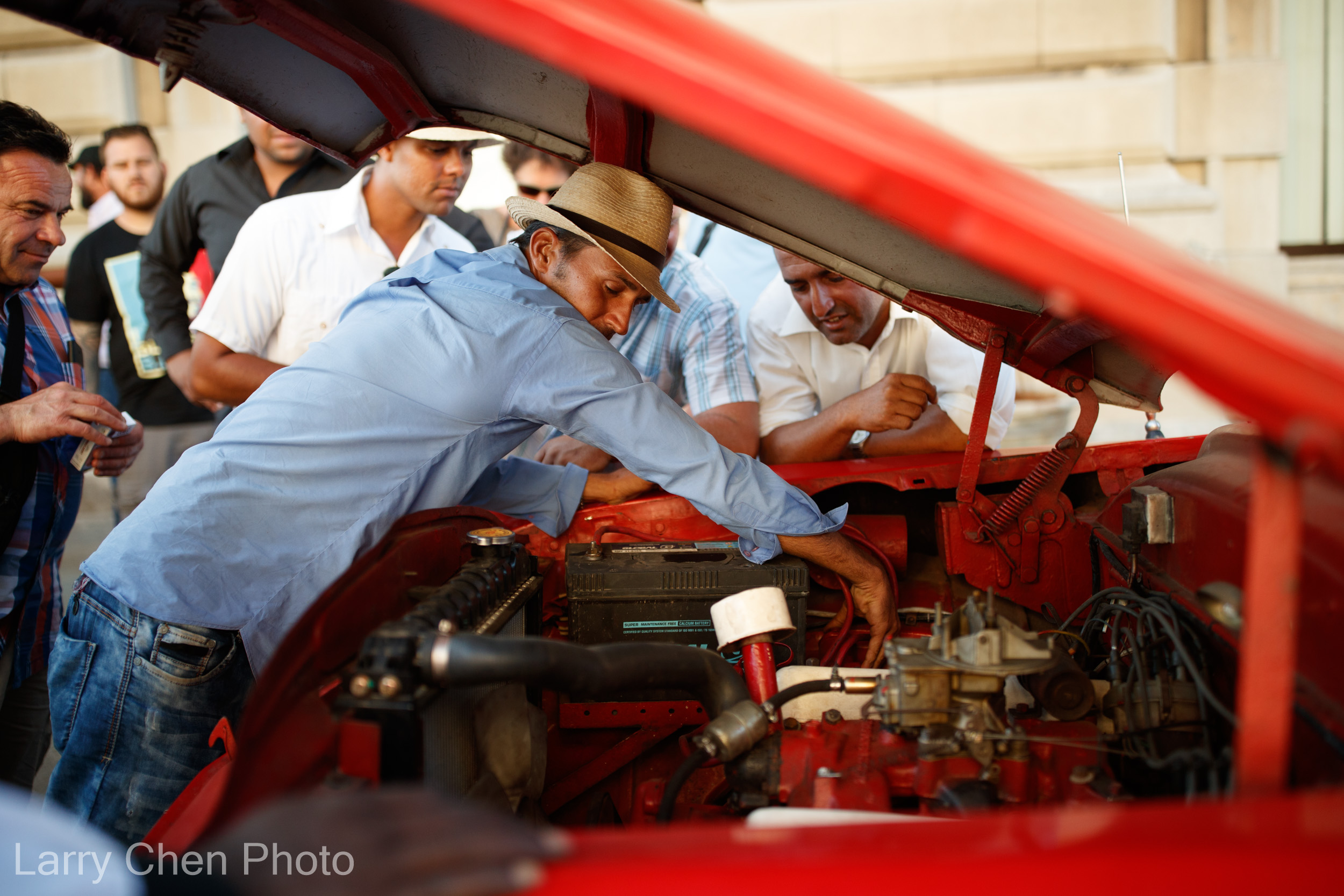
It’s normal to love cars on the island. This guy loved showing off his V8 motor, which of course is very rare in a sea of diesel-powered vehicles.
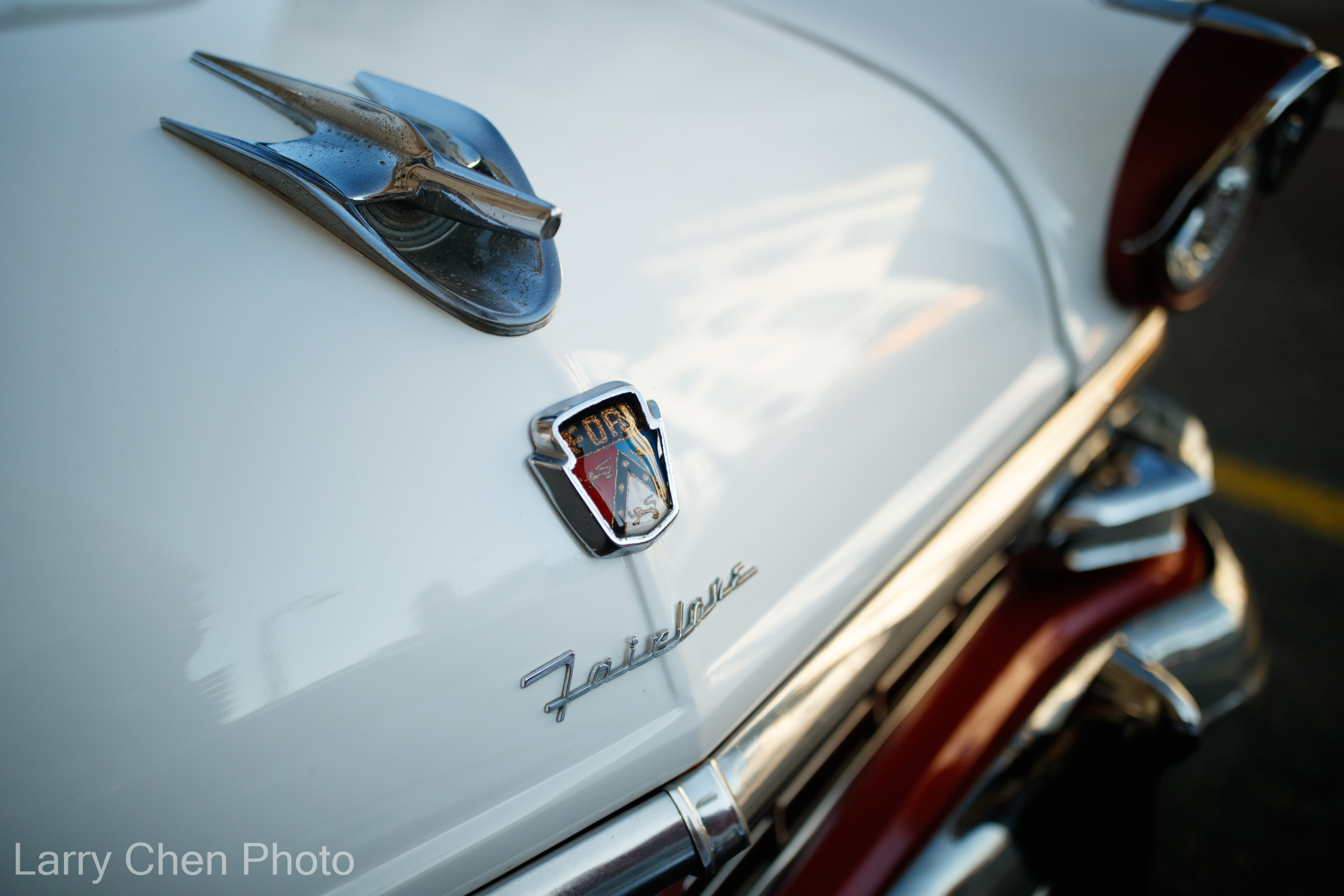
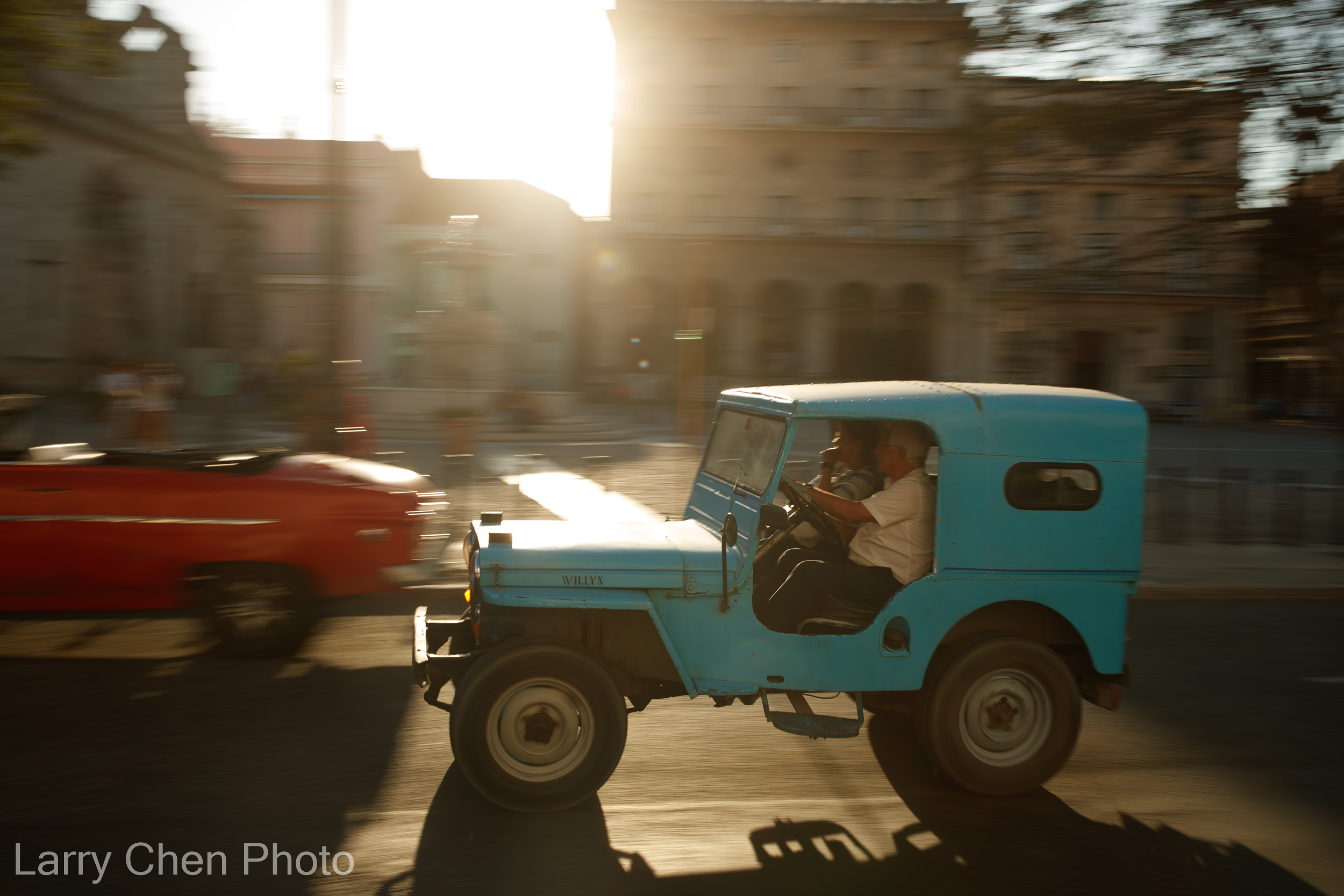
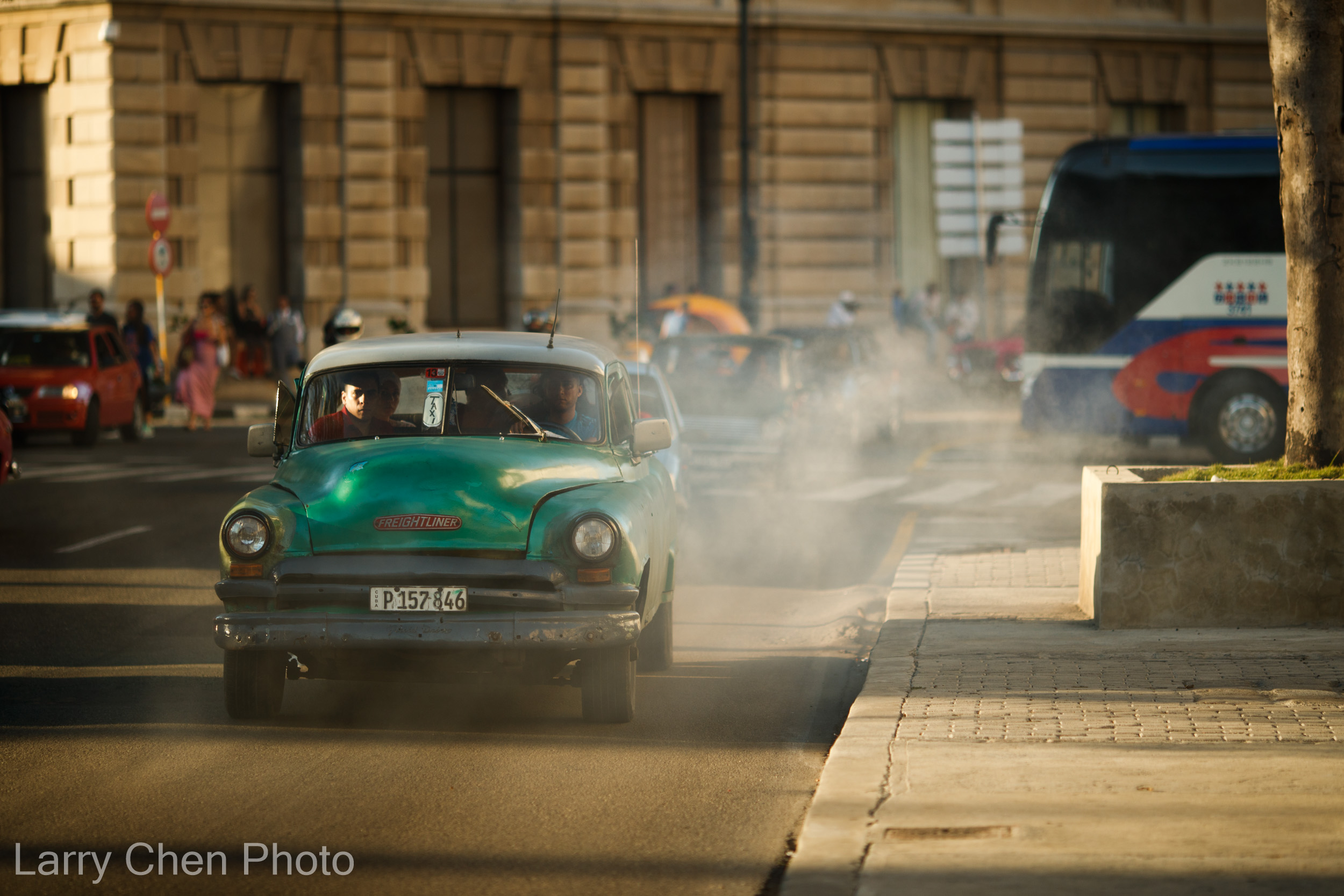
One thing is for certain, I had a constant headache the entire time I was out there due to the terrible exhaust fumes and smog. I don’t think any cars had emission controls or catalytic converters.
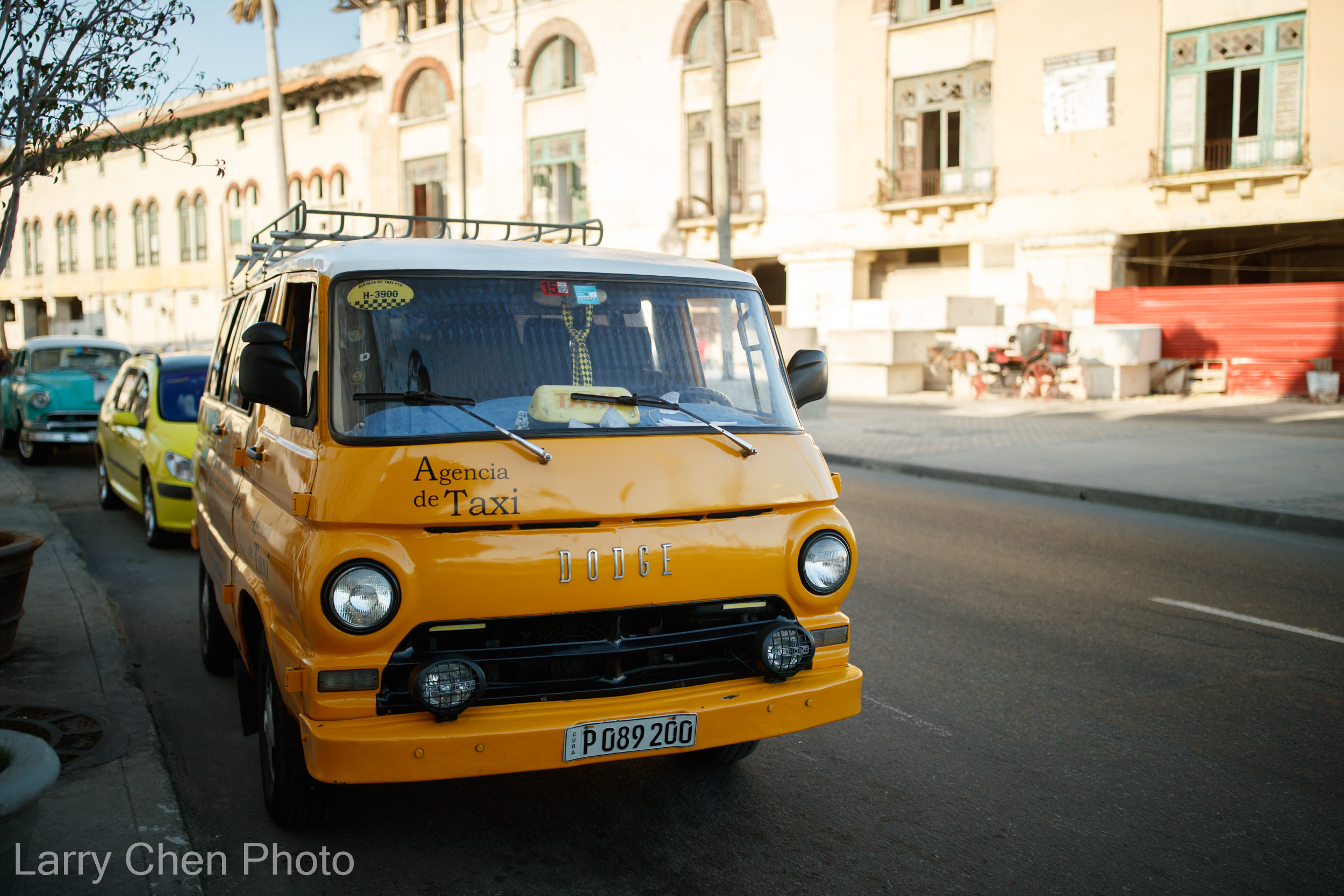
It really gave me a new appreciation for all the emission laws we have in California.
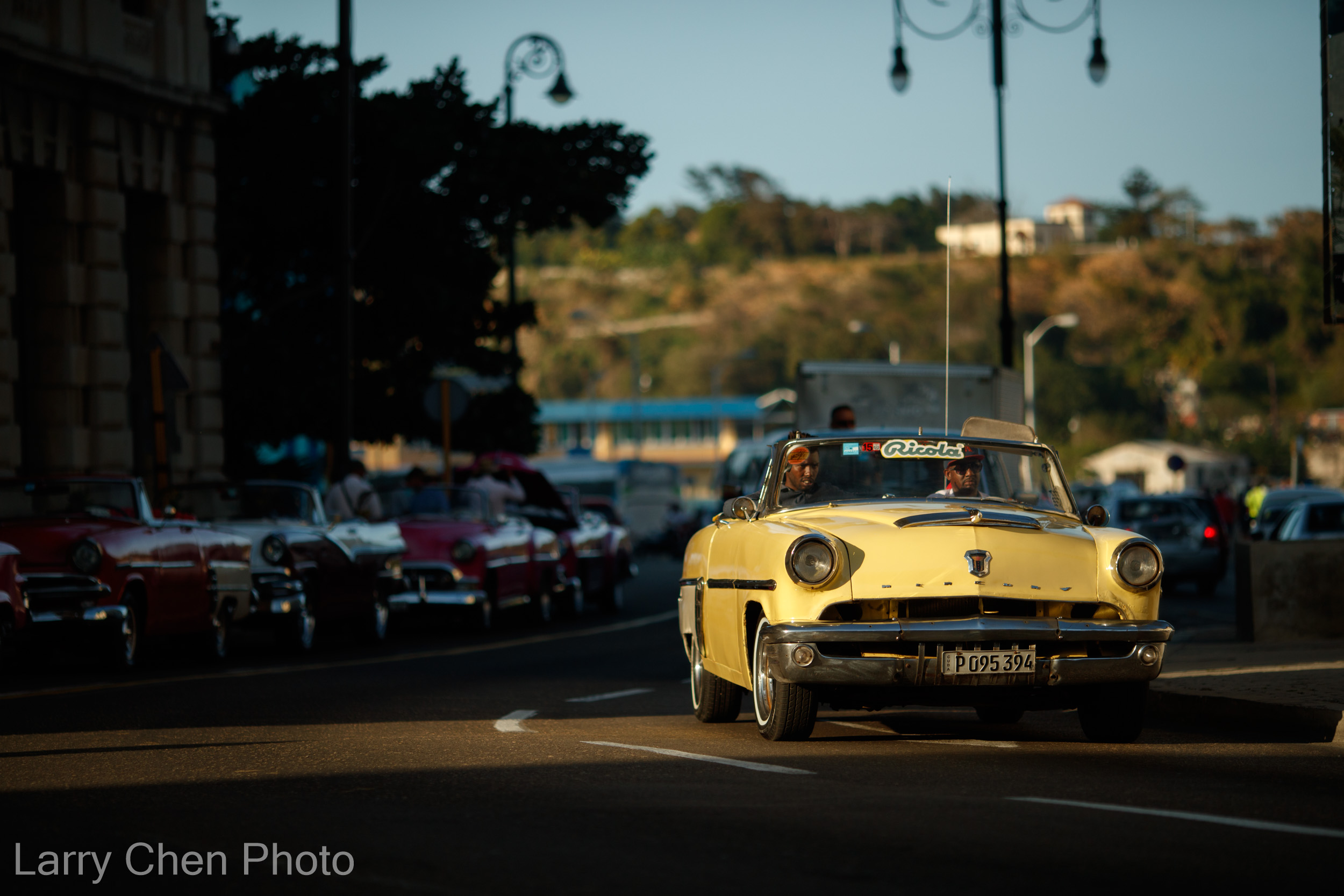
The worst part is that the locals didn’t even seem to notice. It was so bad, the taxis we rode in had visible black diesel smoke coming out from the vents, and the drivers seem to be totally oblivious to the fact.
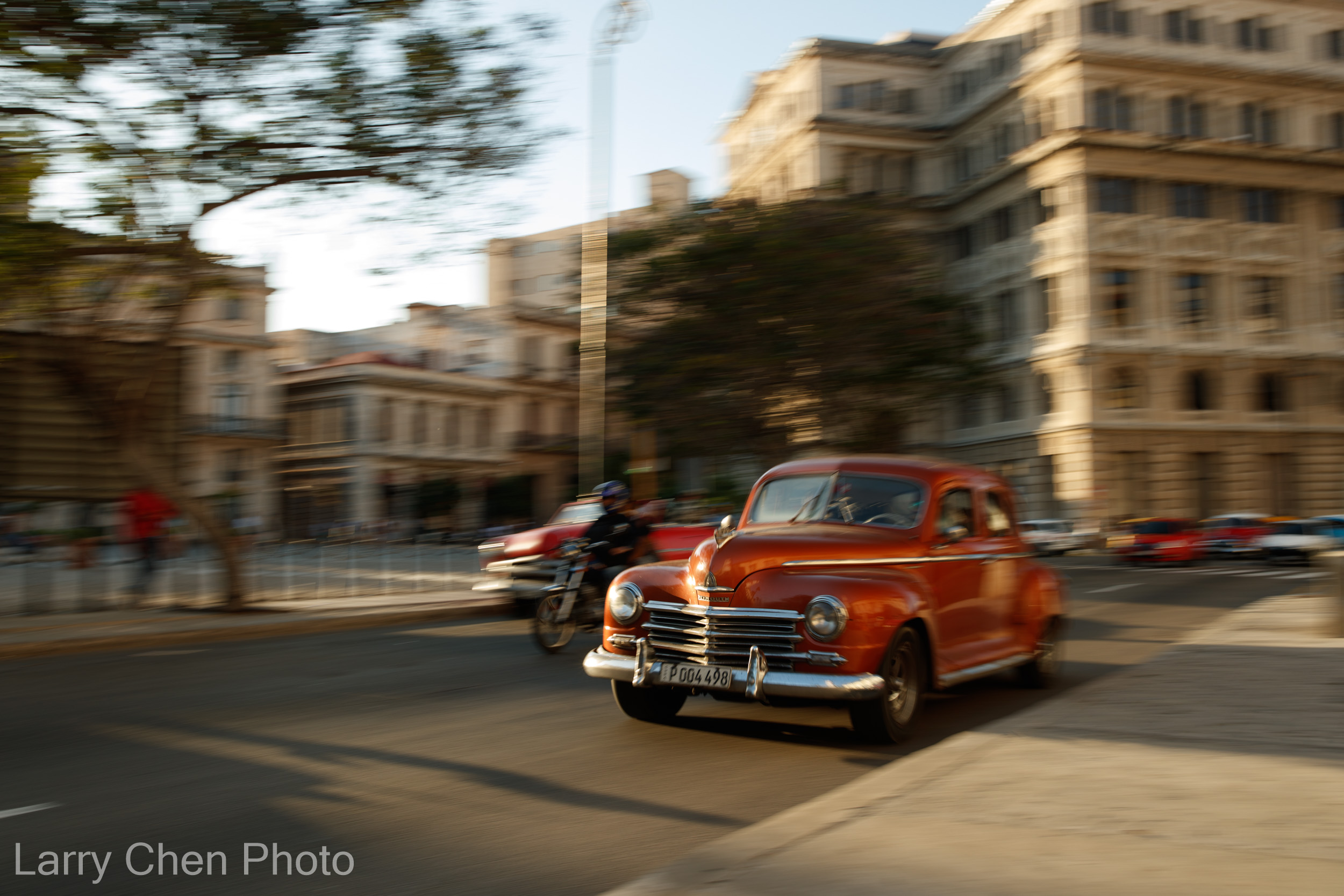
Meanwhile, I was sitting in the back seat gasping for fresh air. I was only on the island for eight days, but the exposure to all the smog probably shortened my life by a few weeks.
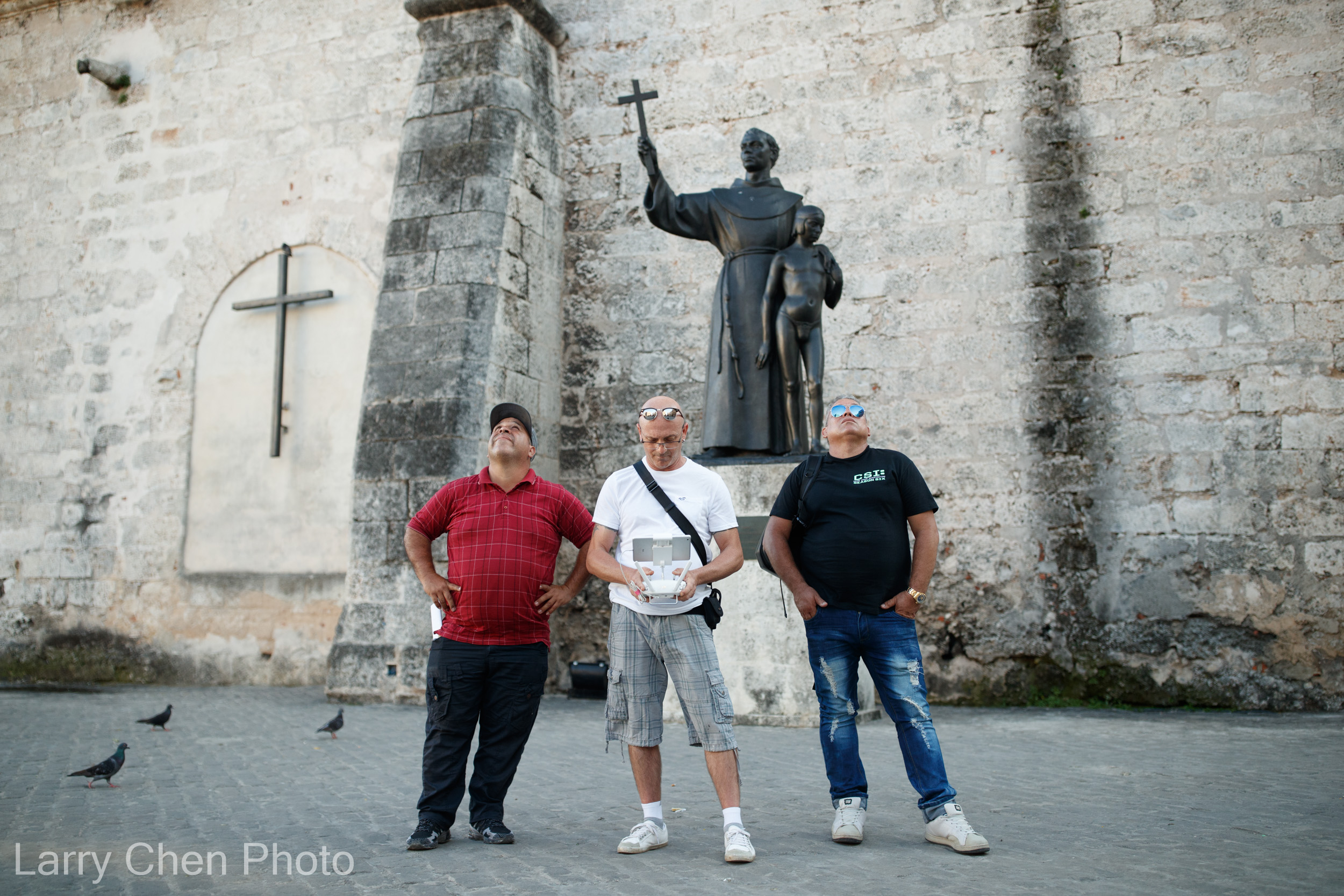
As I was shooting my buddy was flying his drone to get some B-roll for Recoil 4. We had a permit, but a police officer stopped us anyways and forced us to follow him to station so his supervisor could make sure we were telling the truth.
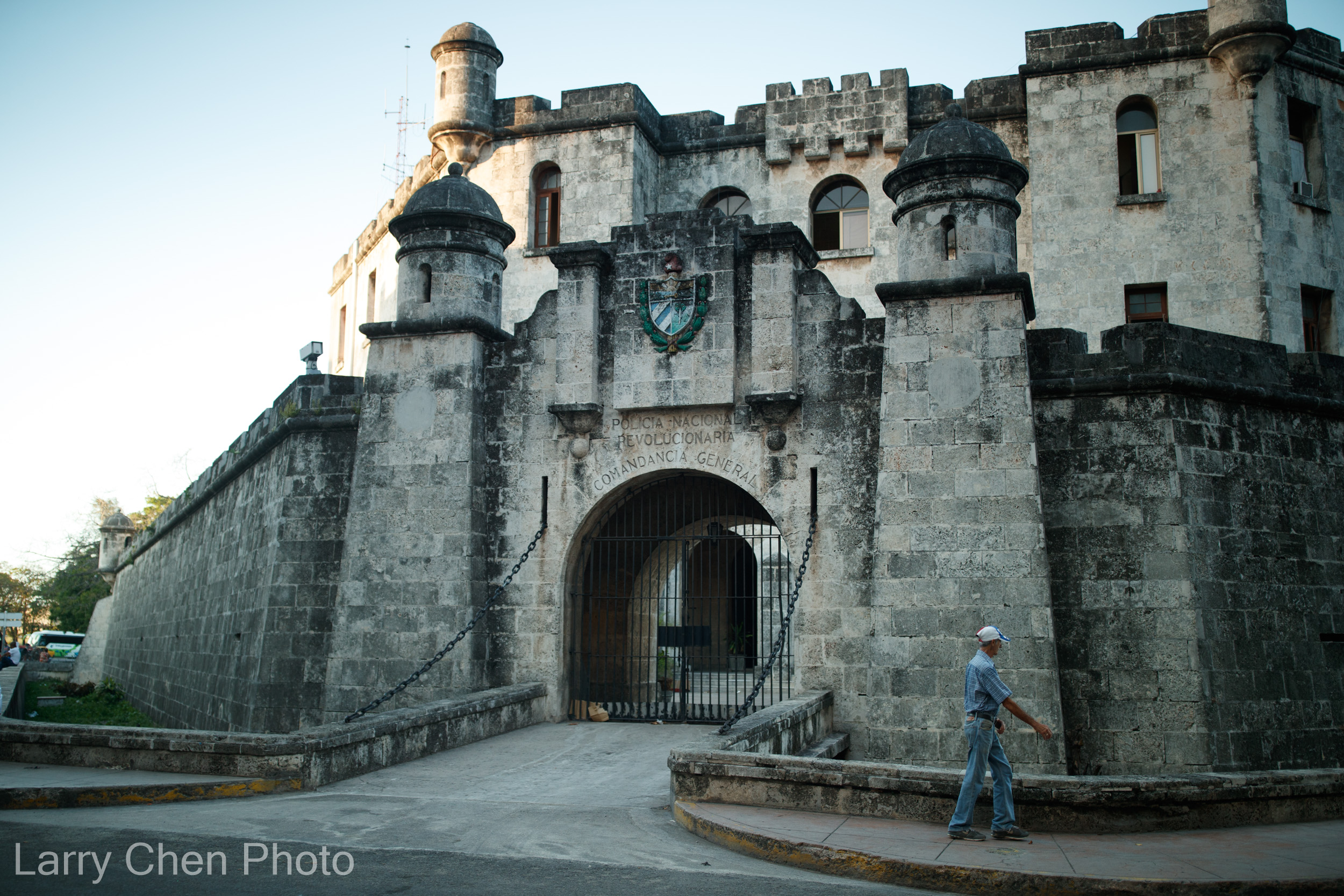
I’m not sure what I expected the police station to look like, but it wasn’t a castle-like building. Knowing that it would at least take a few hours for them to sort things out inside, I continued on with my car spotting adventure.
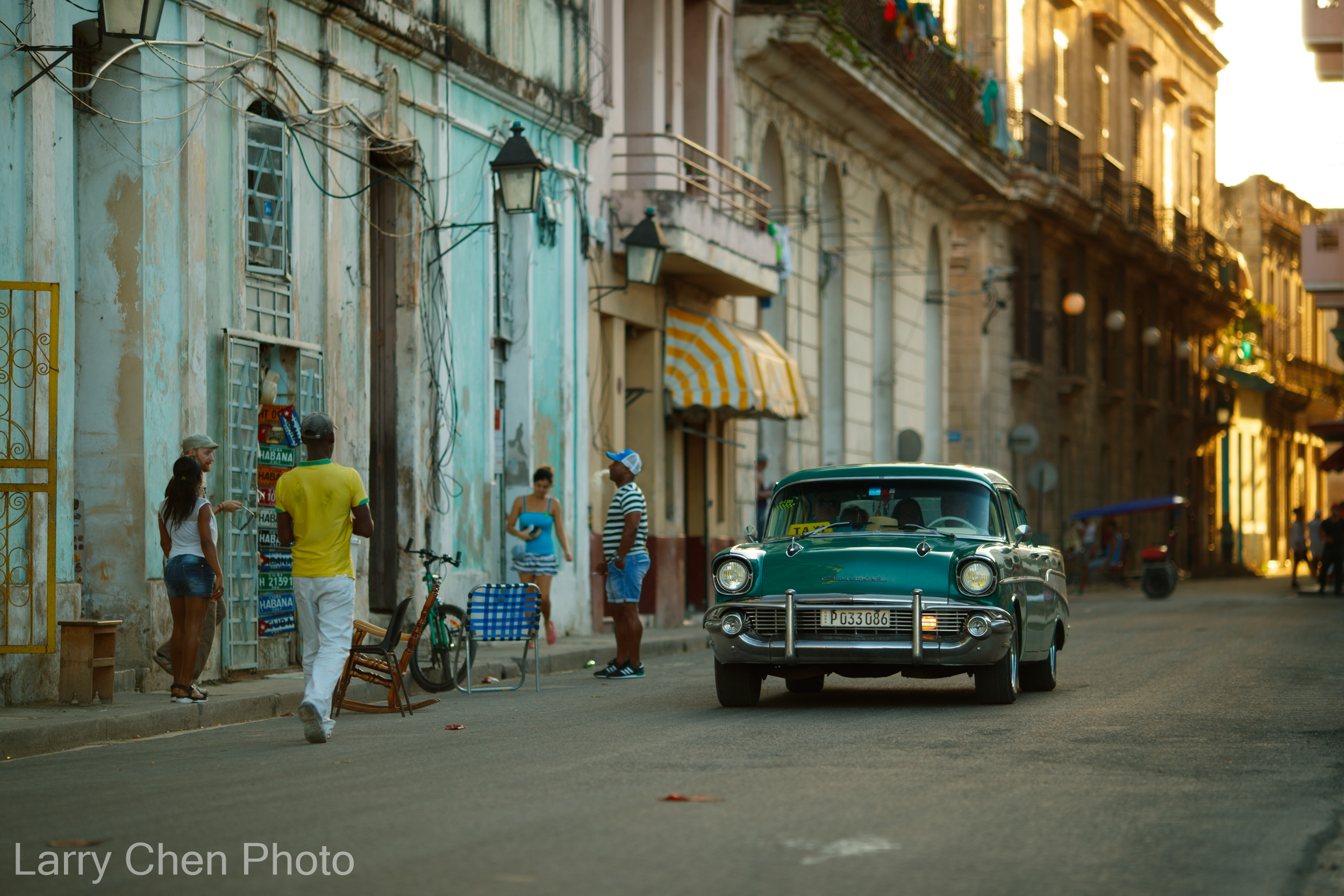
There are pretty much no new cars on the island that belong to locals; everything that is new or extremely late-model is most likely a foreign government’s vehicle. I saw a fleet of brand new Mercedes S Class sedans parked in front of the Russian Embassy.
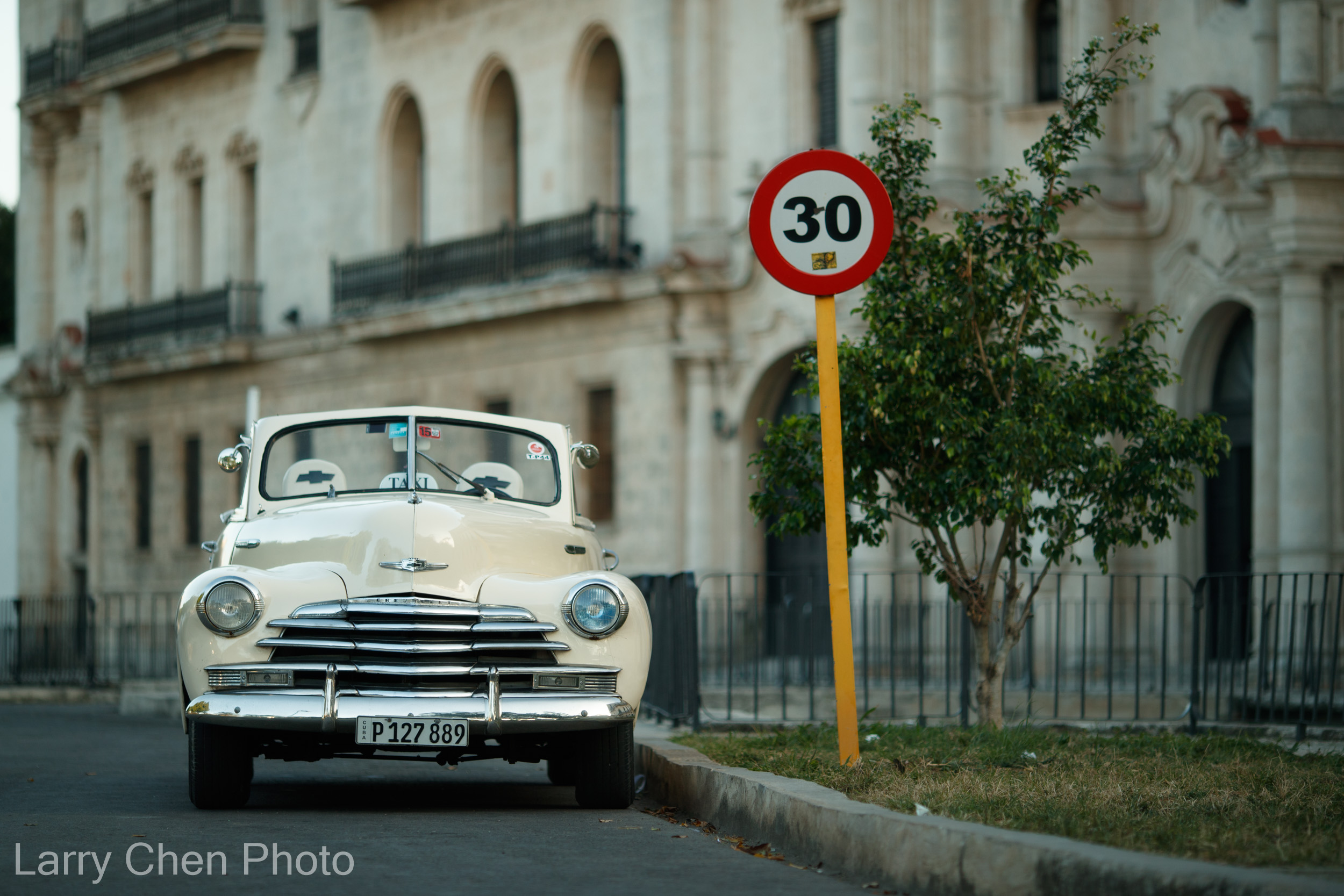
The sun was beginning to set when my buddies were finally let go from the police station, permit having been verified. It still made everyone’s hearts skip a beat; in fact my buddy slipped me all of his memory cards just in case, right before he had gone inside.
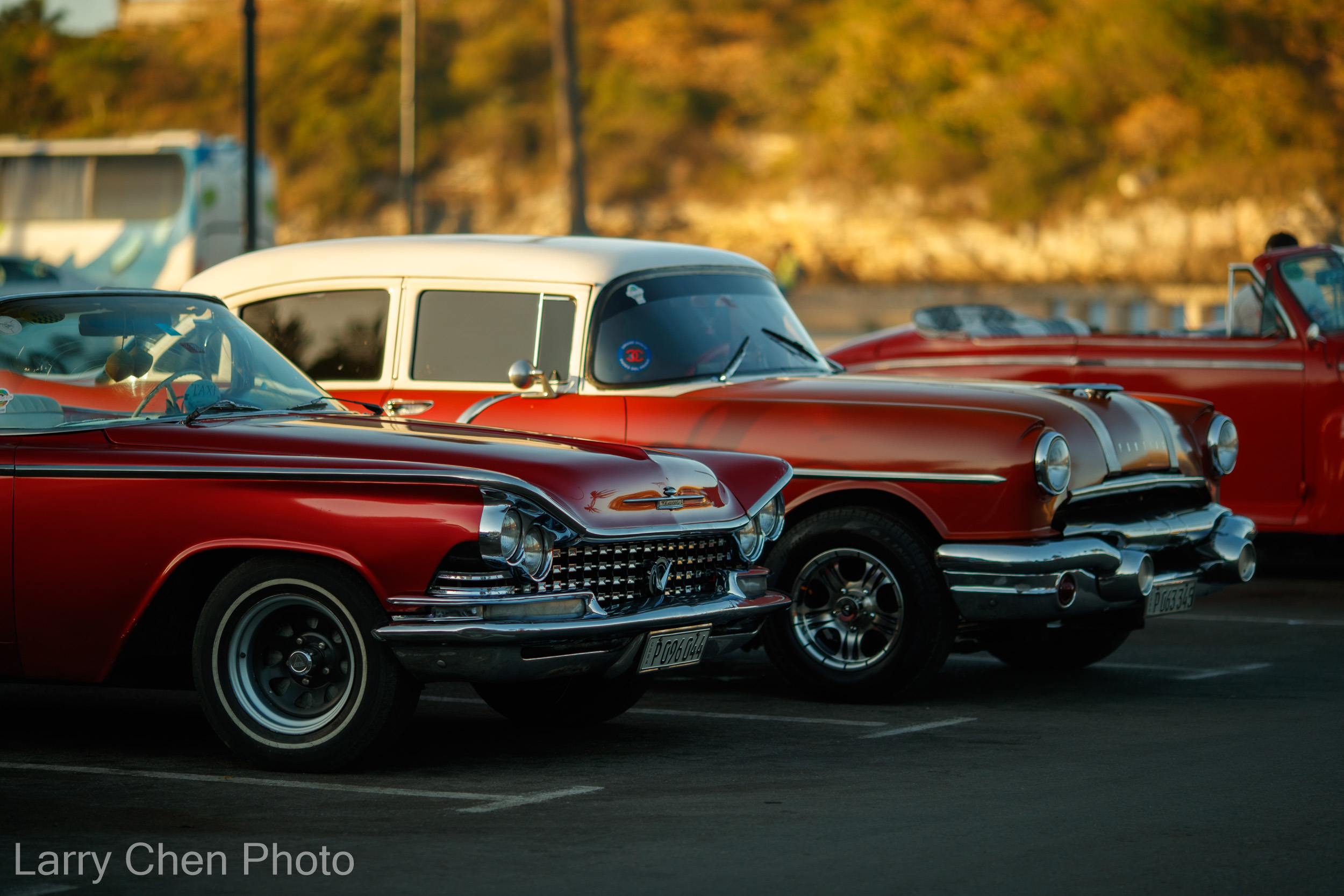
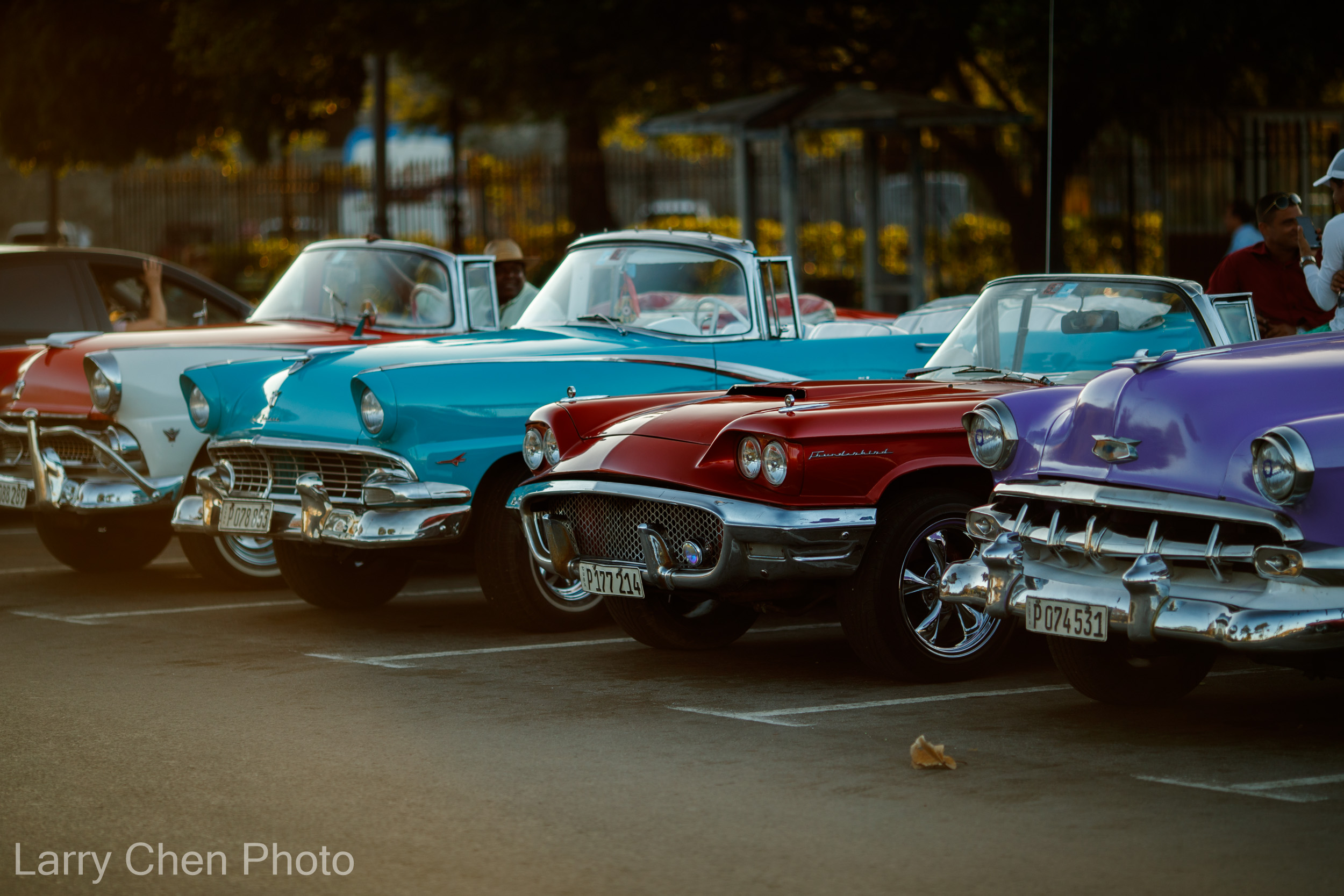
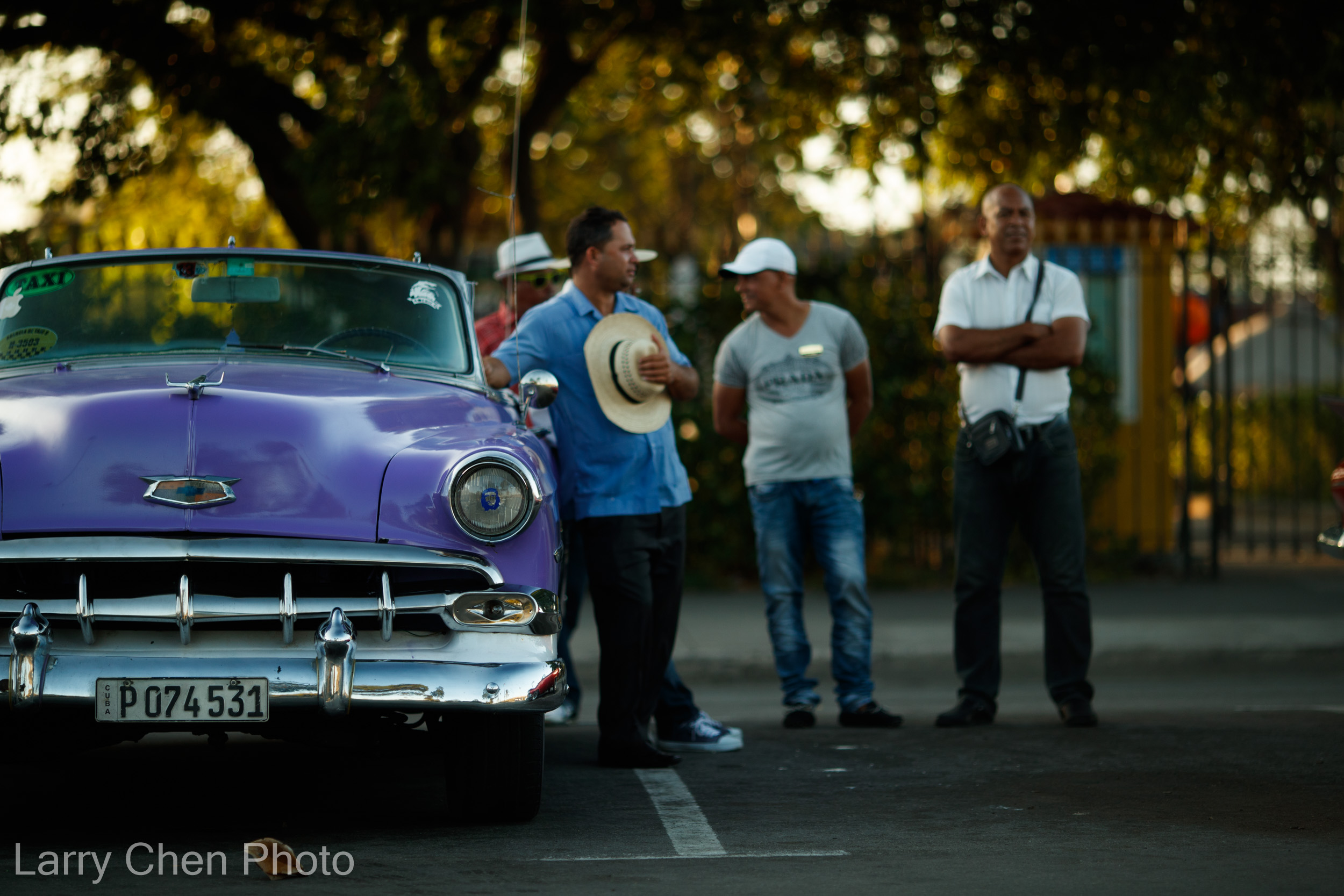
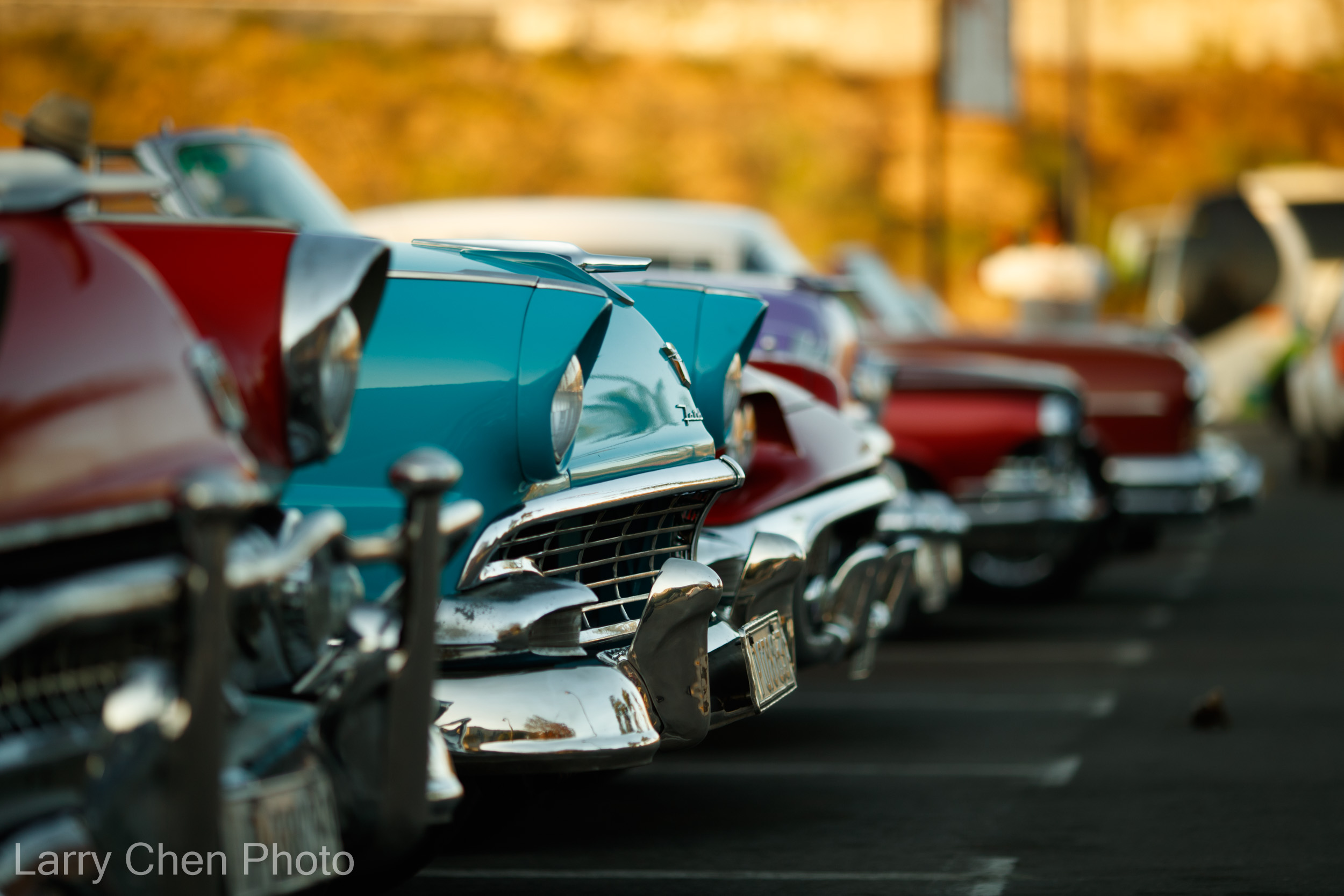
Pretty much wherever you go in Havana, you find parking areas filled to the brim with beautiful classic cars. Since I looked like tourist, I was heckled for taxi services every time I got near them.
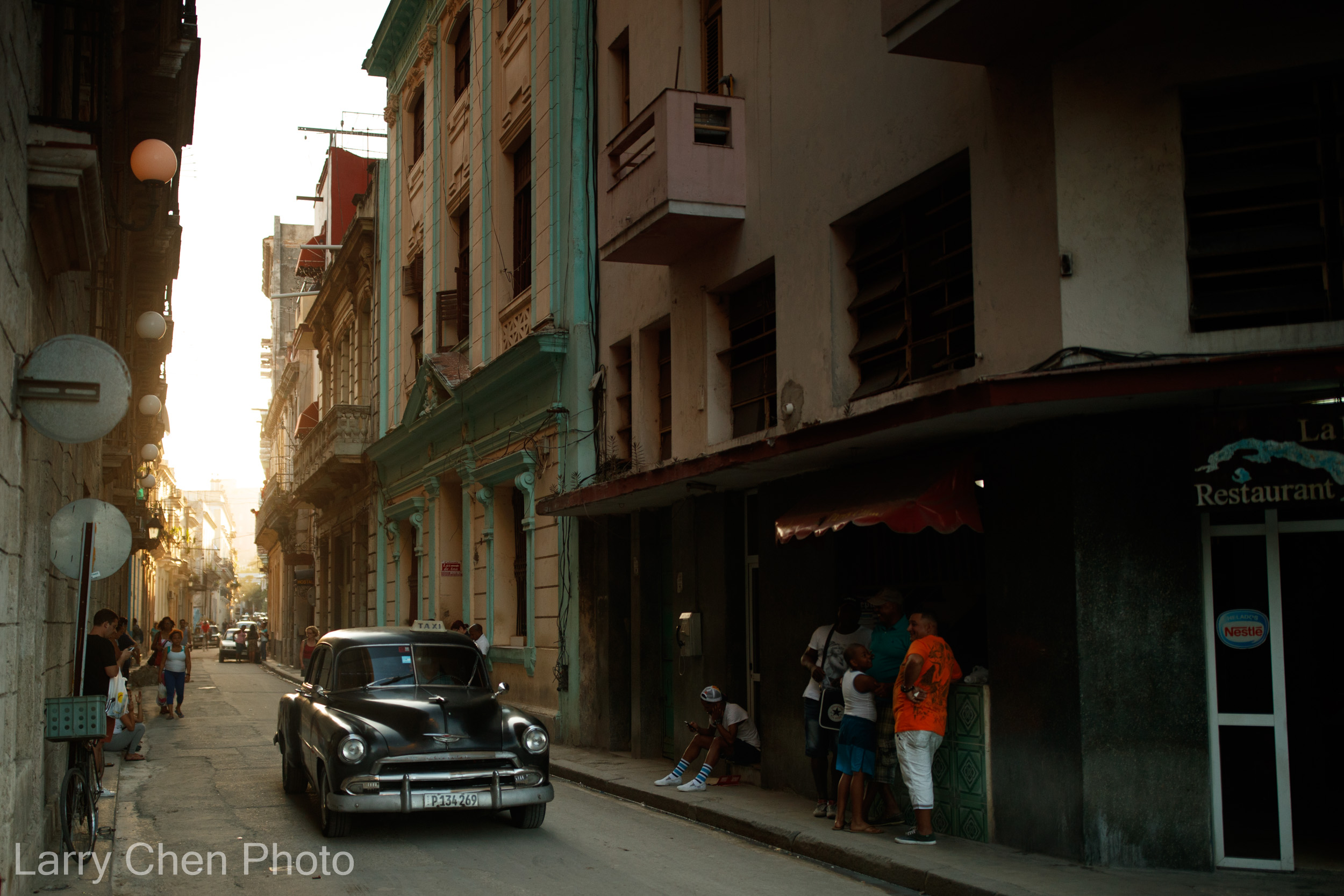
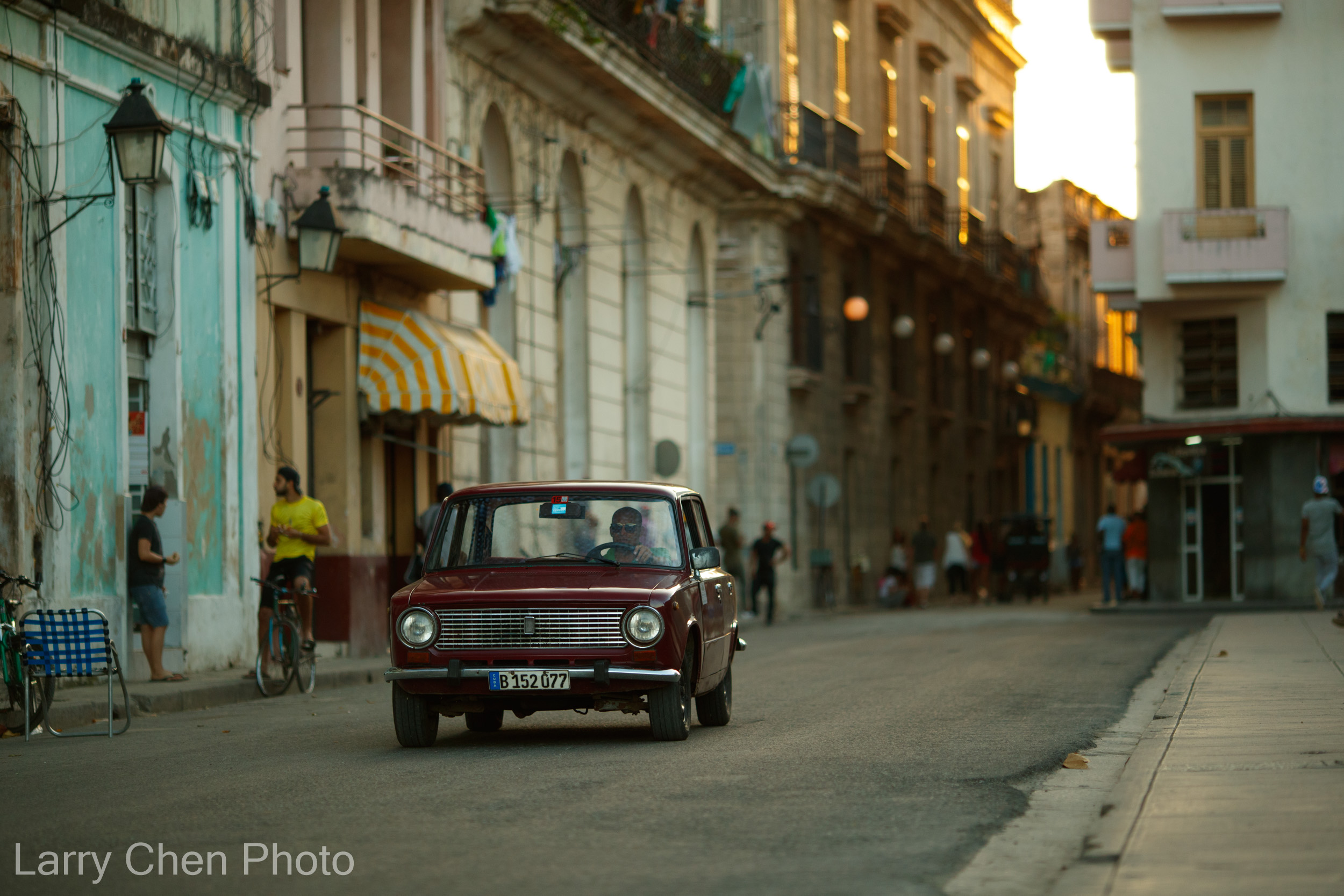
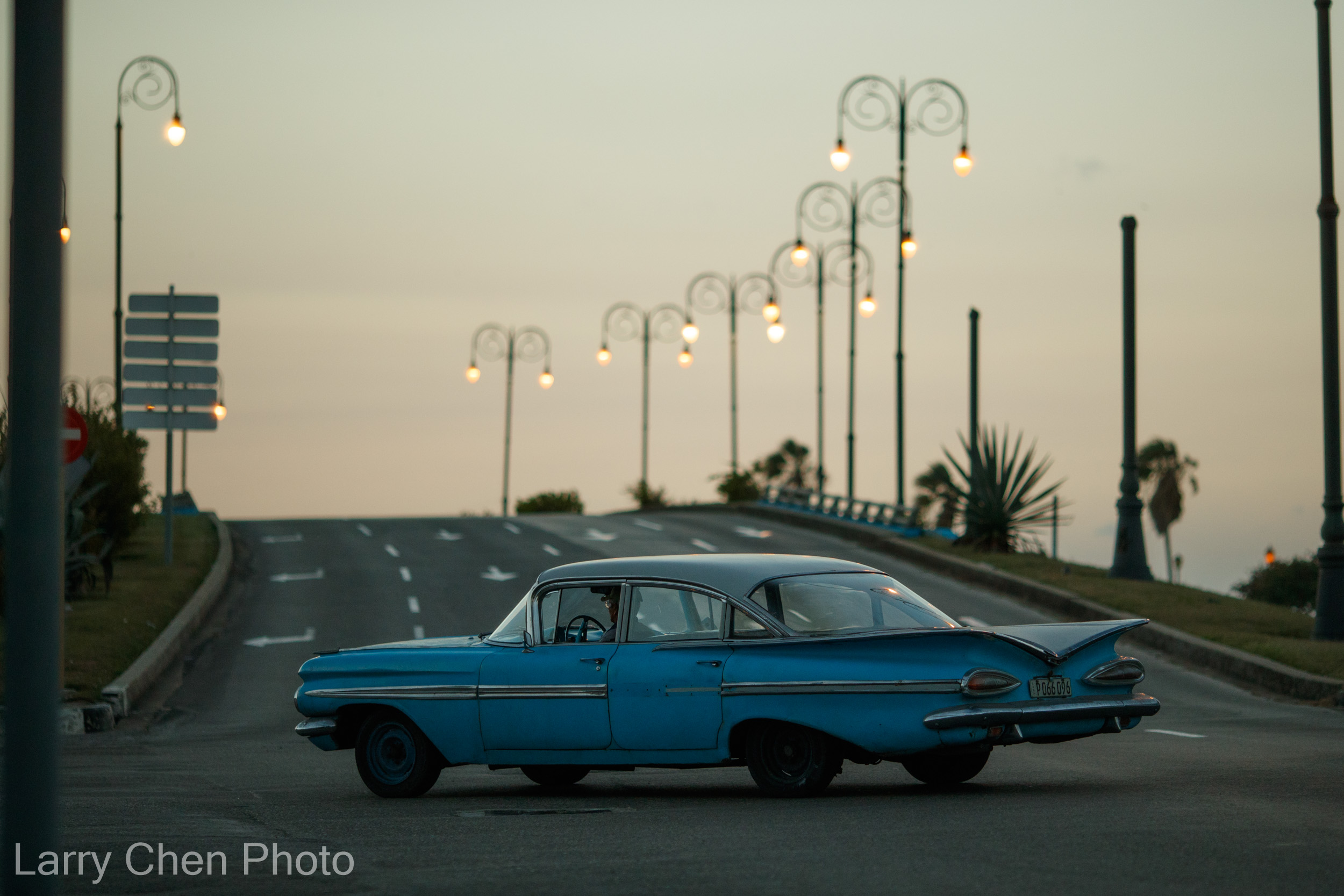
By this time there was barely enough light left so Ozzy took us to an outlook where you can see all of old town Havana as well as the cruise ships that anchor in the harbor.
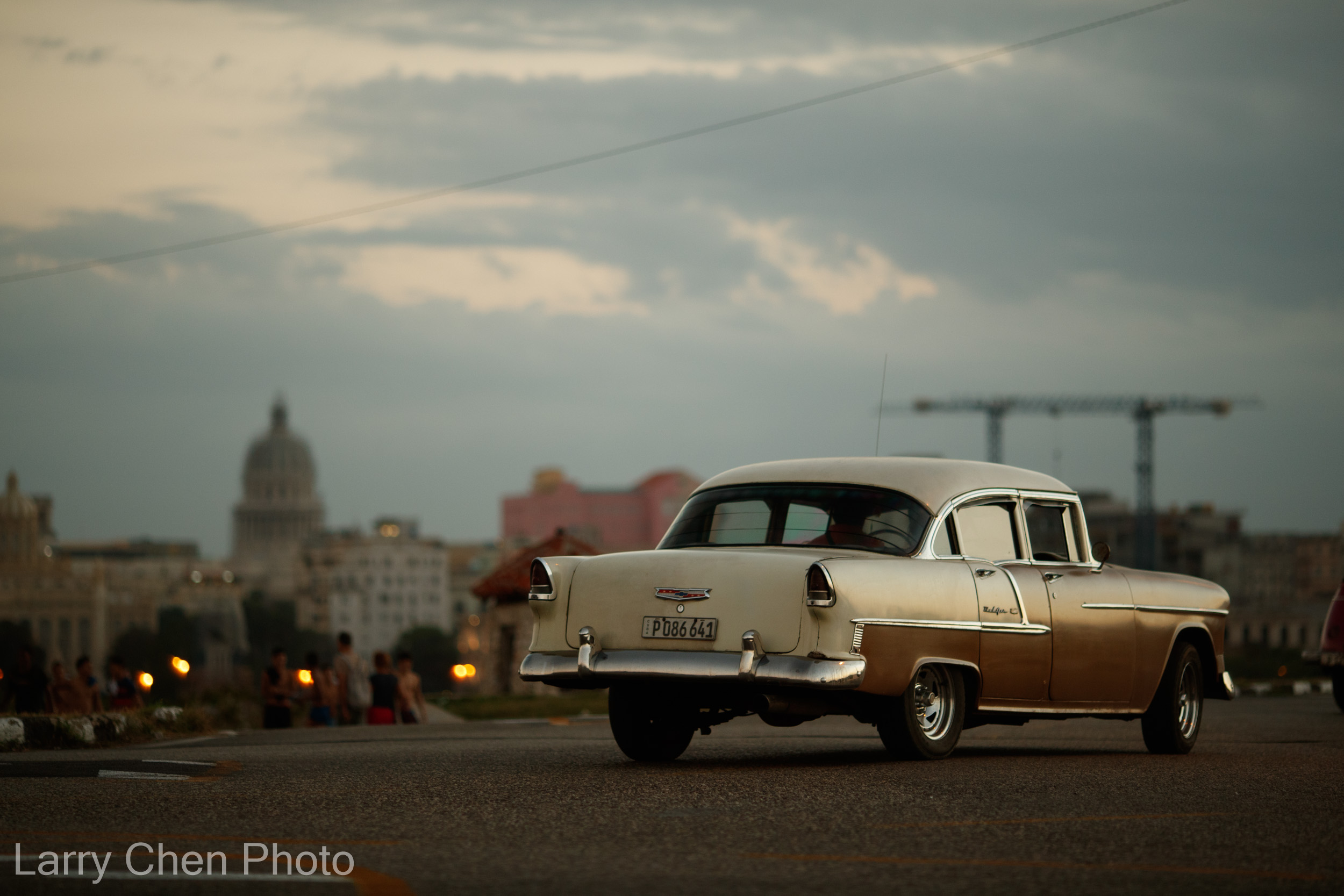
With the capital building in the background and the light almost completely faded, the view in front of me was absolutely incredible.
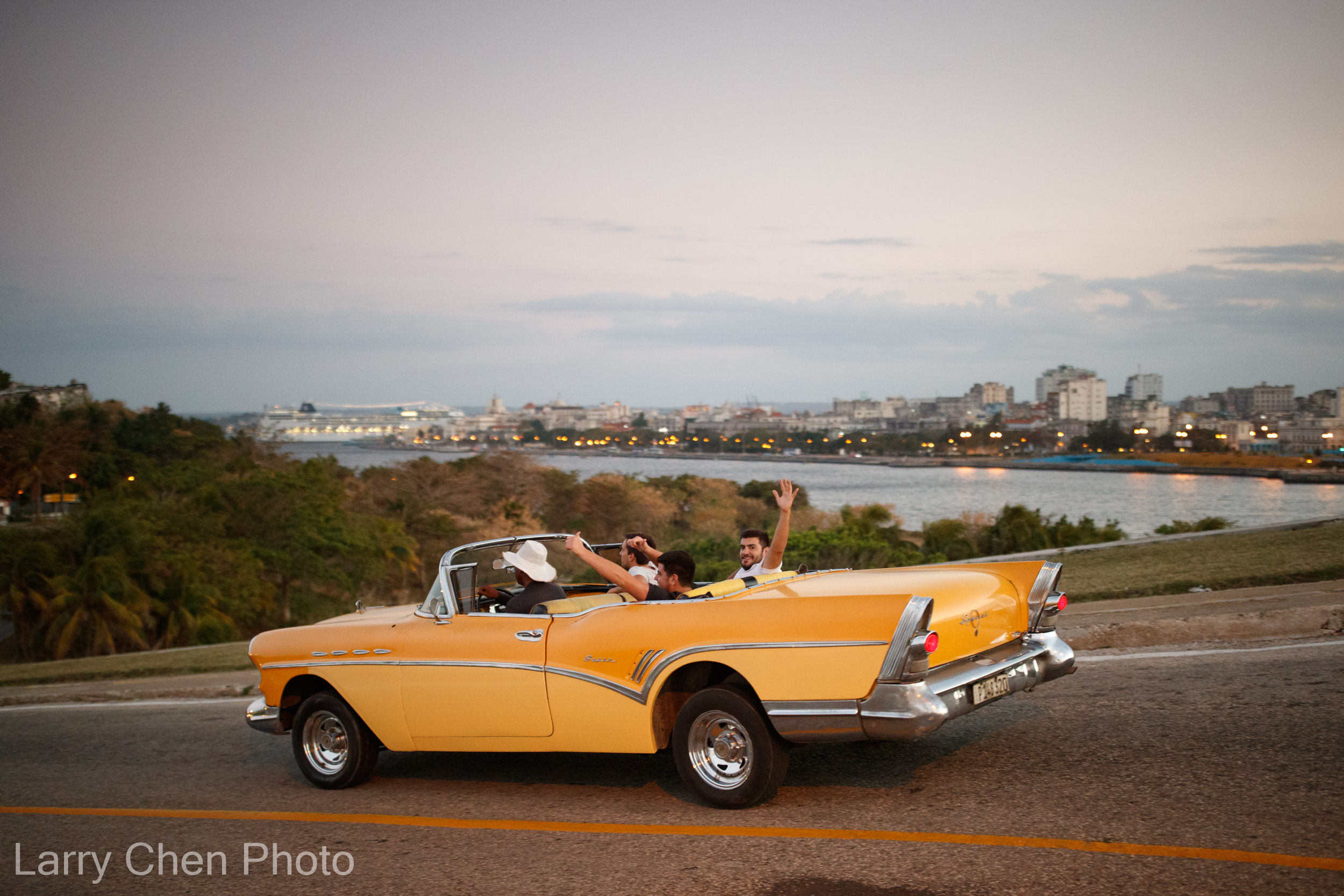
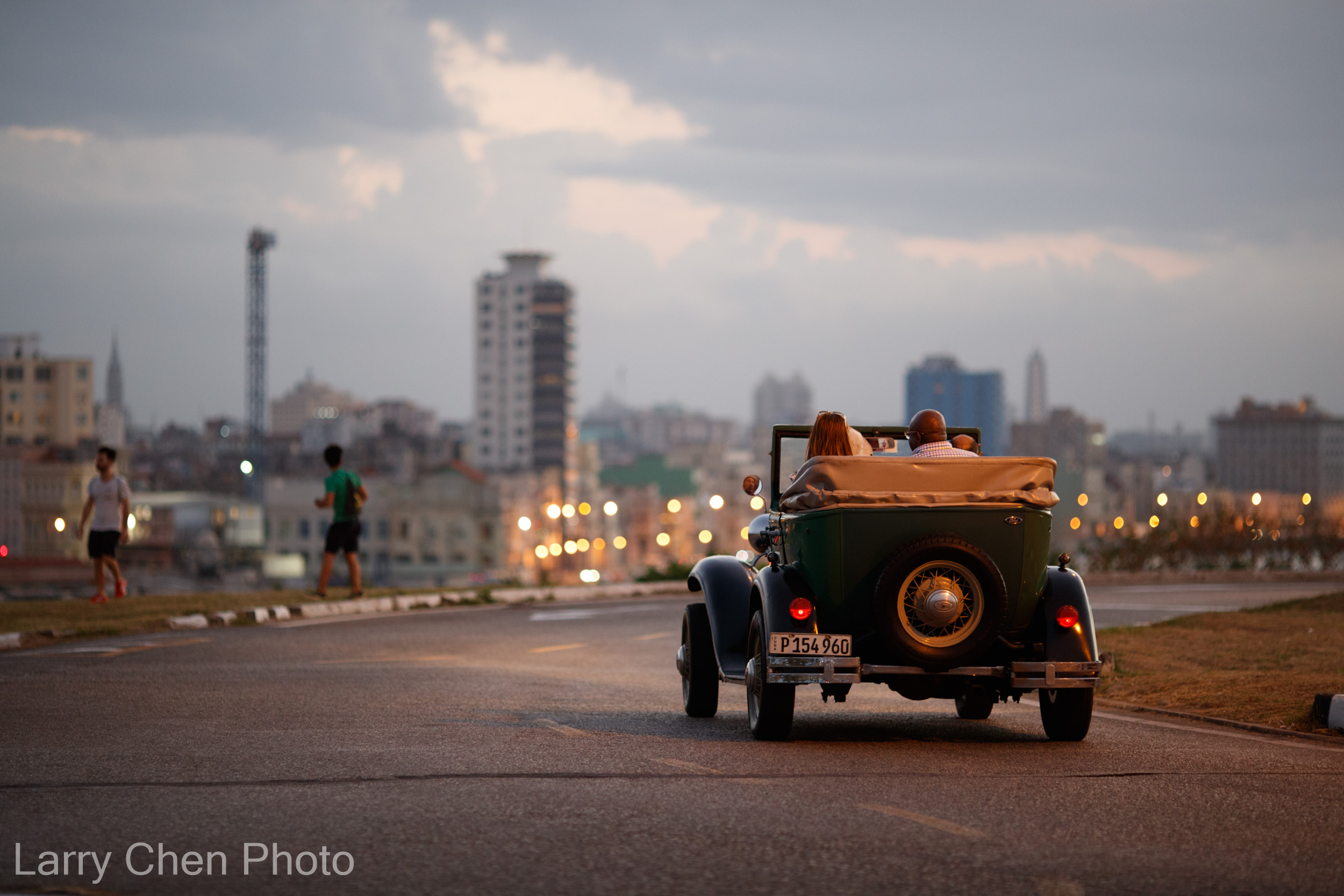
It was a popular spot for locals and tourists alike too, so there was a constant flow of cool cars coming in and out of the area.
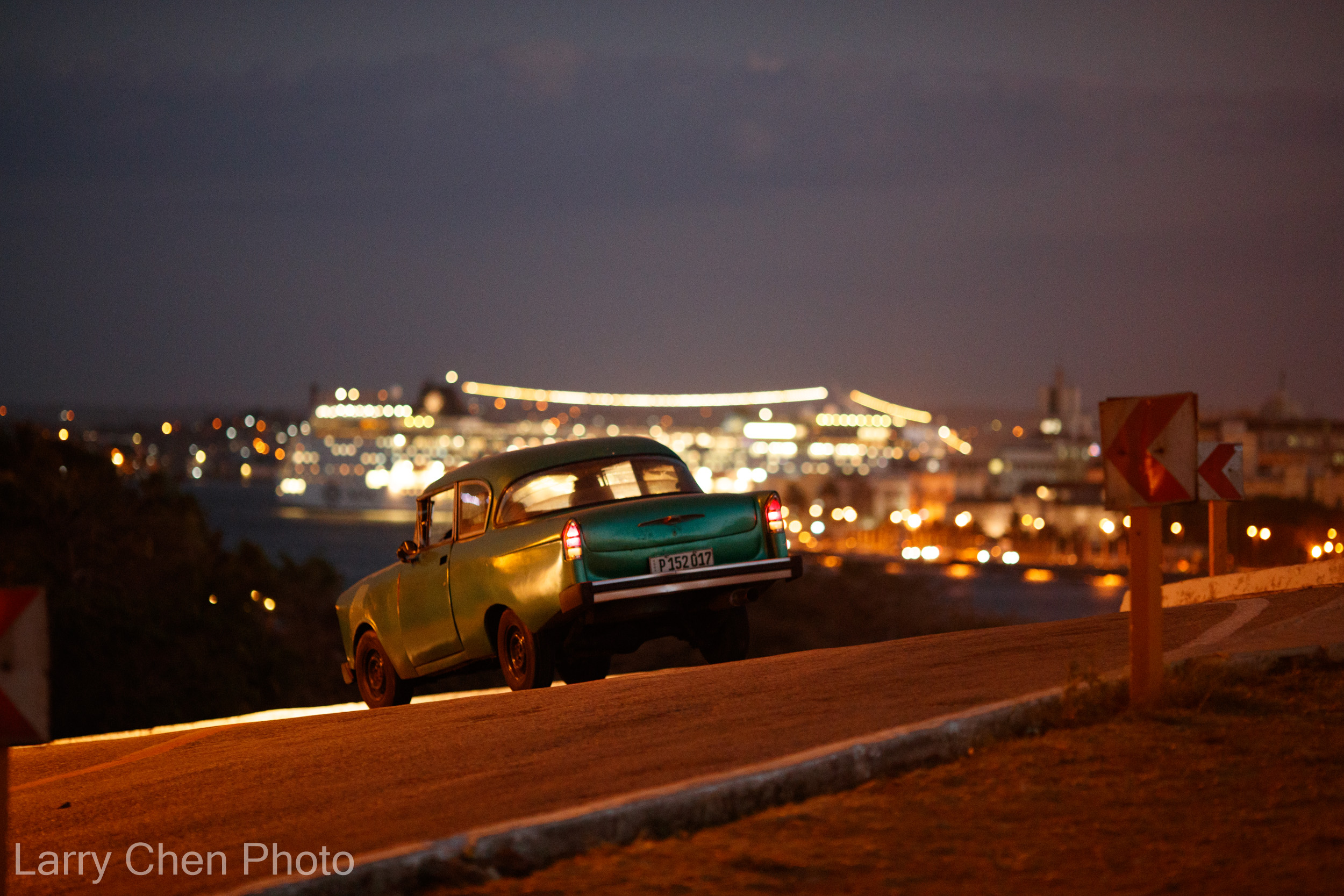
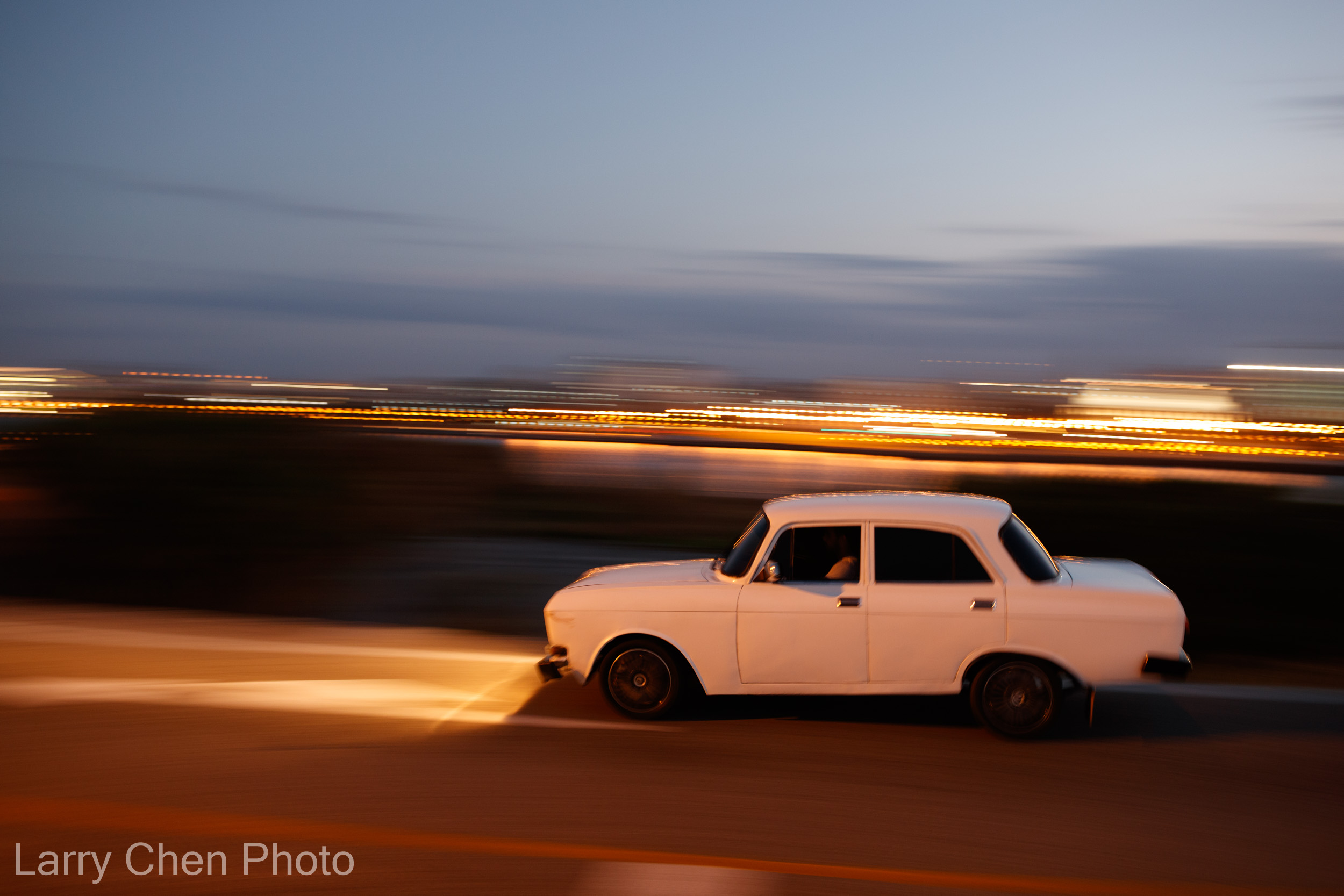
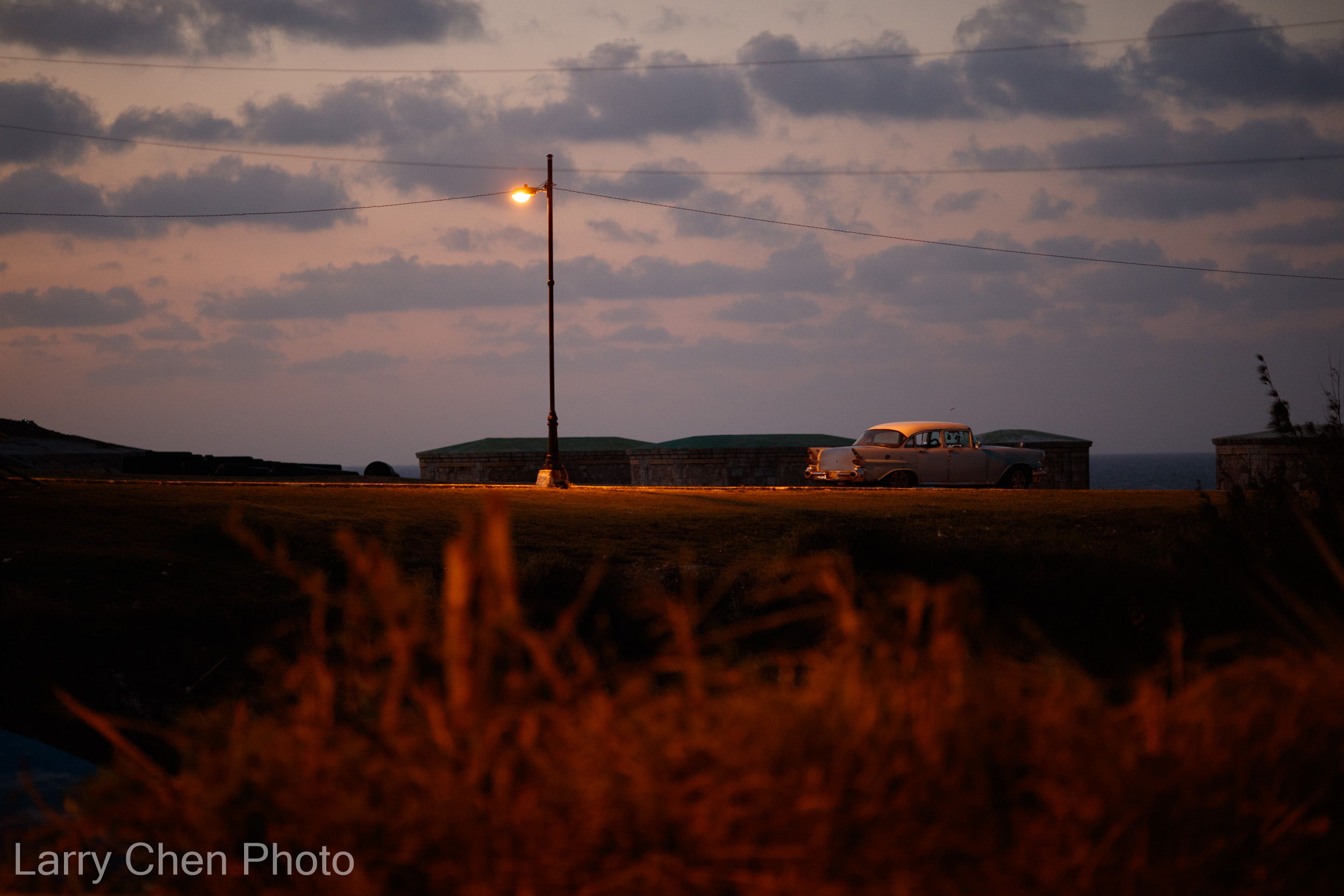
With the sun dipped below the horizon it was time to head back to the hotel and refresh before another Speedhunting adventure the following day.
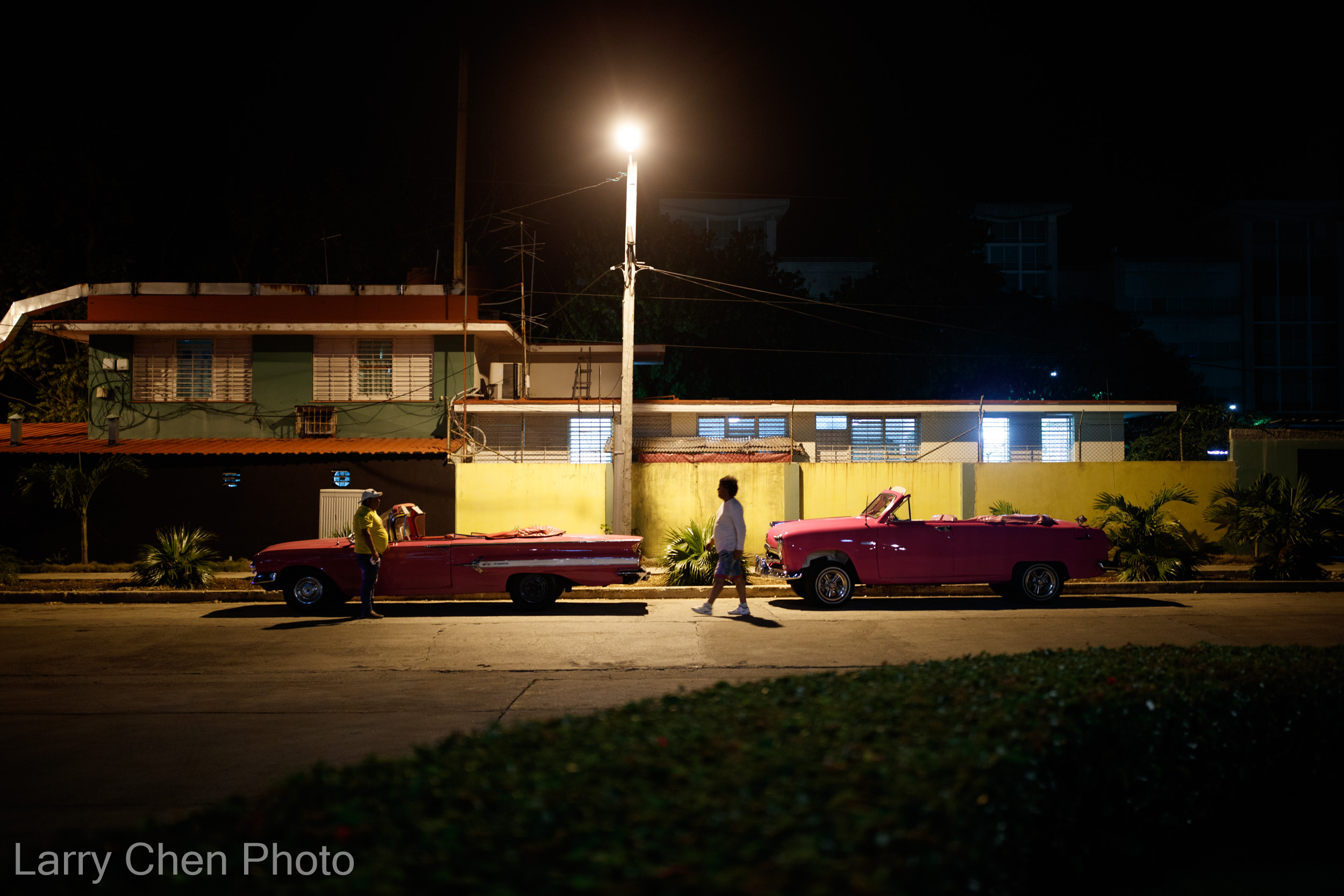
The car sights continued though; I captured this scene was right in front of our hotel as we pulled up.
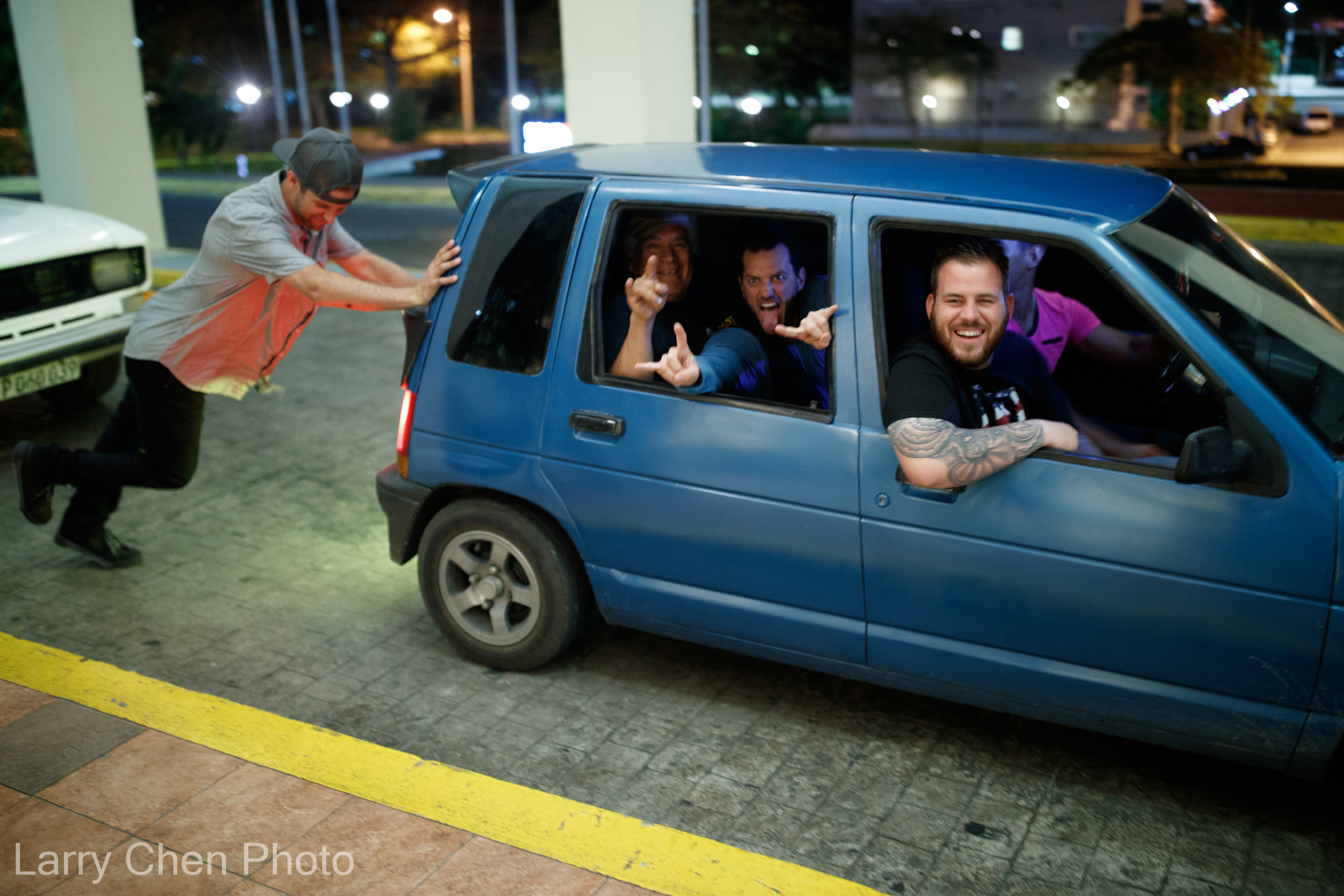
Every night, the production crew loaded up in a few taxis and hit up a local hotspot for dinner.
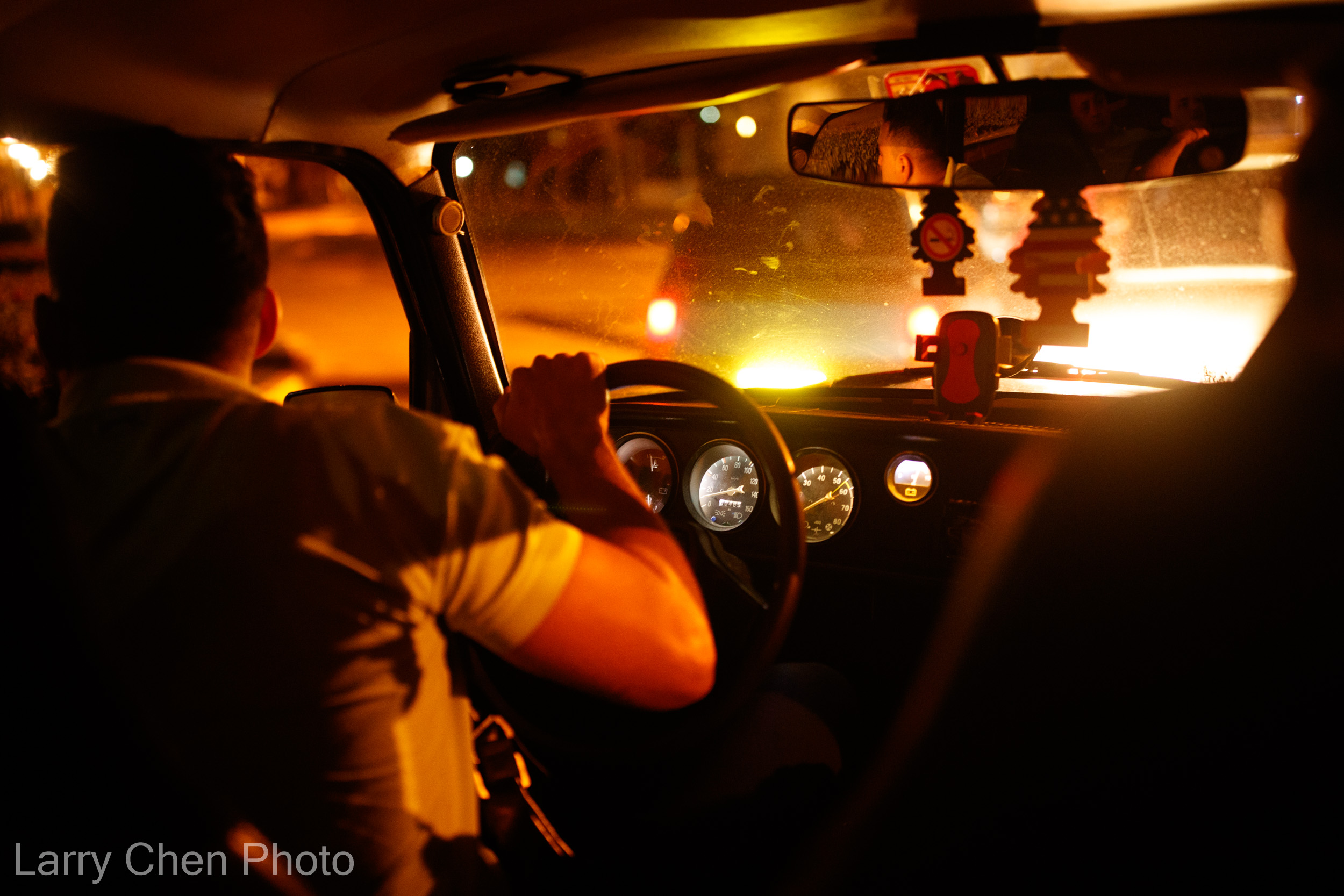
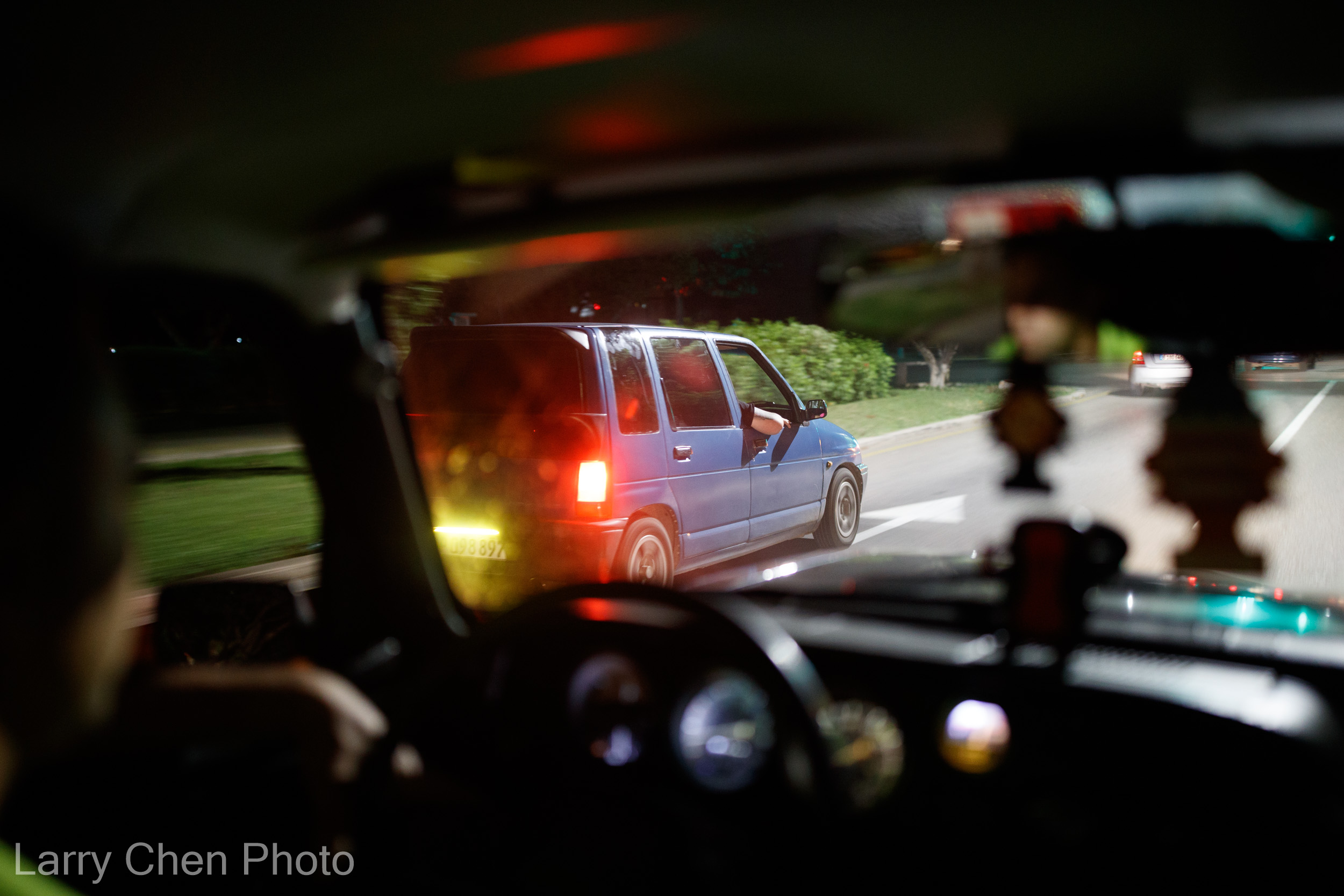
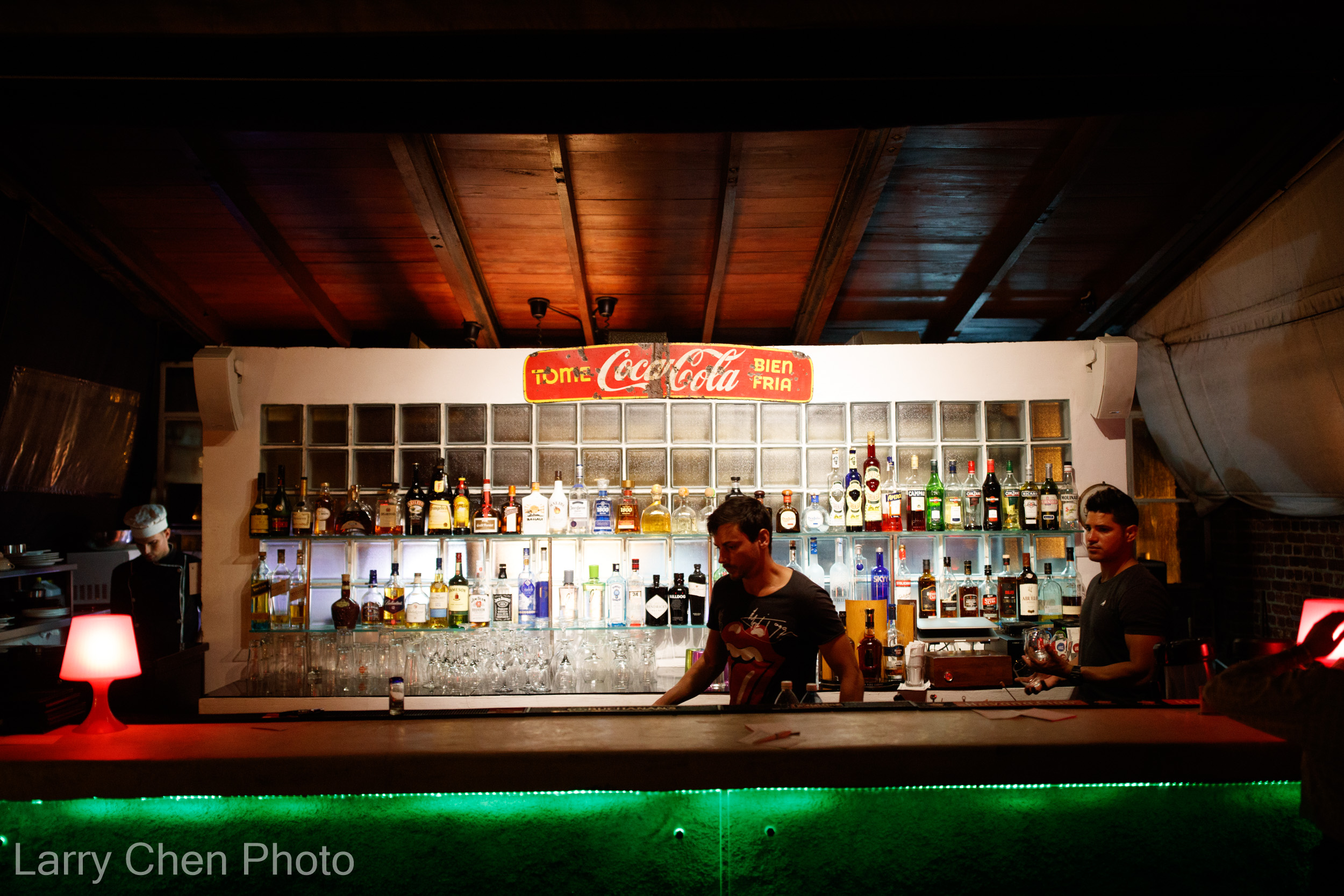
Of course we had to egg on the drivers, but pitting an overloaded Russian-built Moskvitch against an overloaded Daewoo Tico on Havana roads probably wasn’t the greatest idea. It was fun, though.
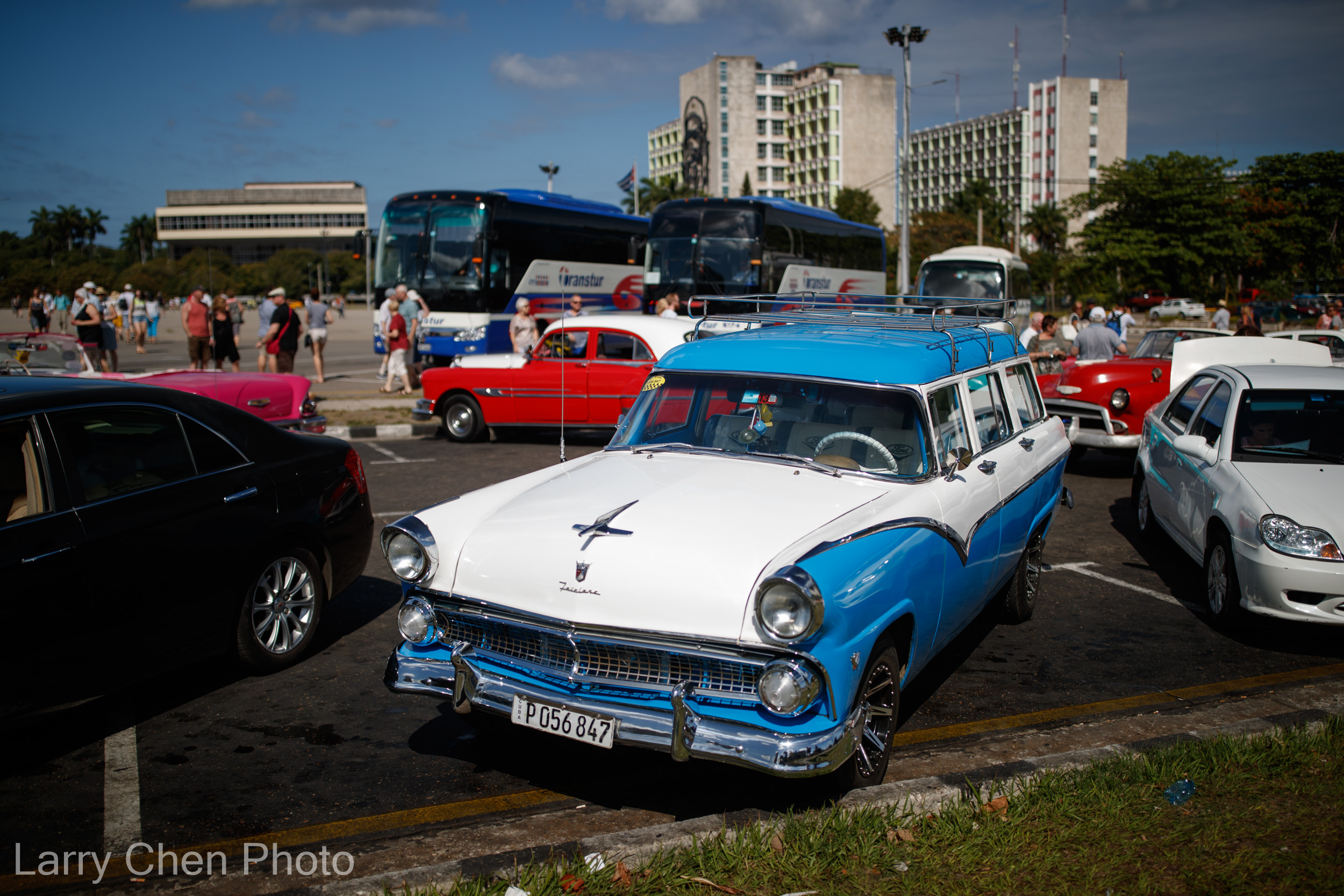
The next day I had a chance to check out a few spots, but I really wanted to visit at least one local tuning shop before I left. I hooked up with Ozzy again, our first stop being Plaza de la Revolución, or Revolution Square.
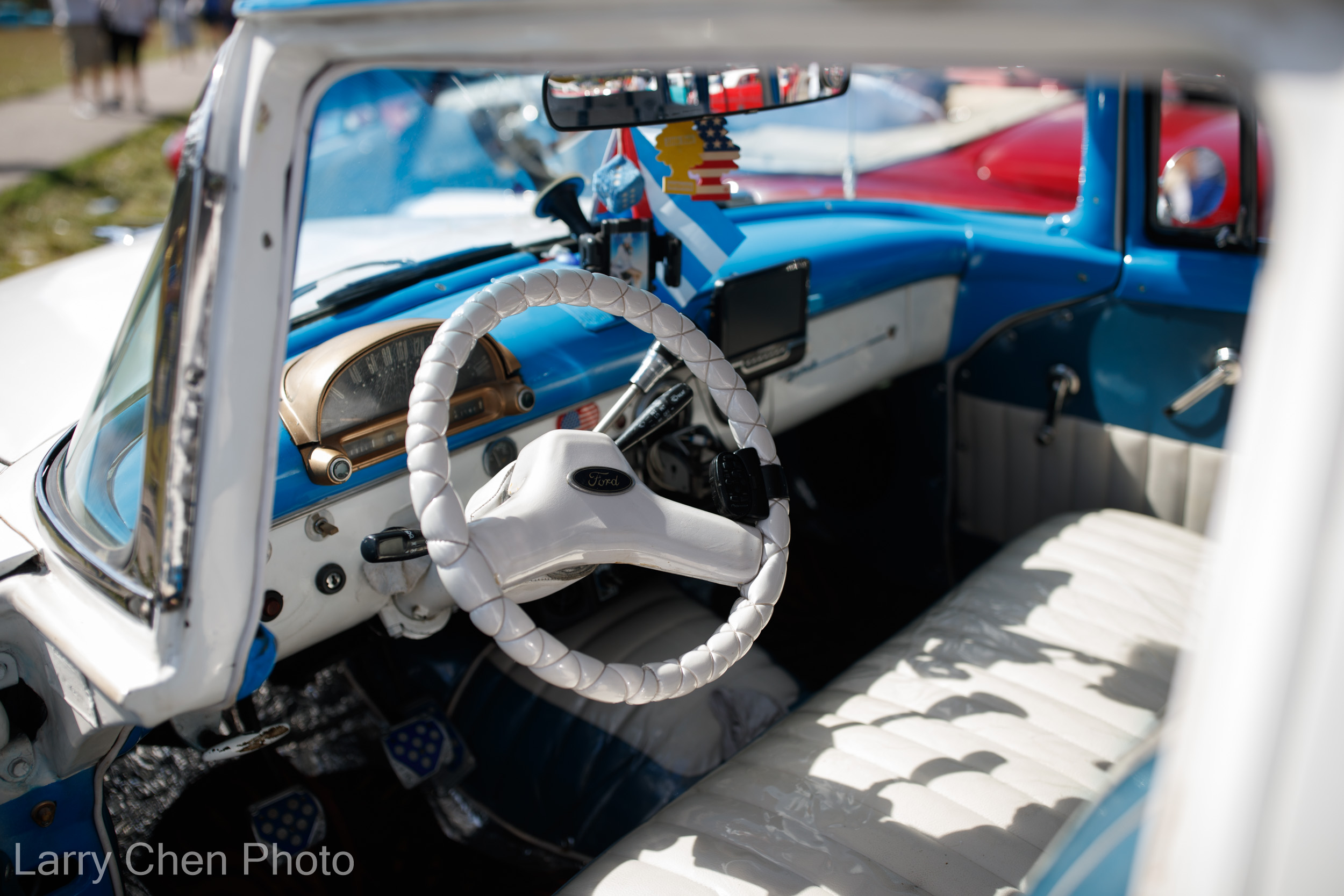
If you’ve not noticed already, pretty much every car seat in Cuba has a layer of clear plastic on top. While this made them terribly uncomfortable to sit on in the hot weather, it vastly improves the durability. In convertibles, these covers also serve another purpose.
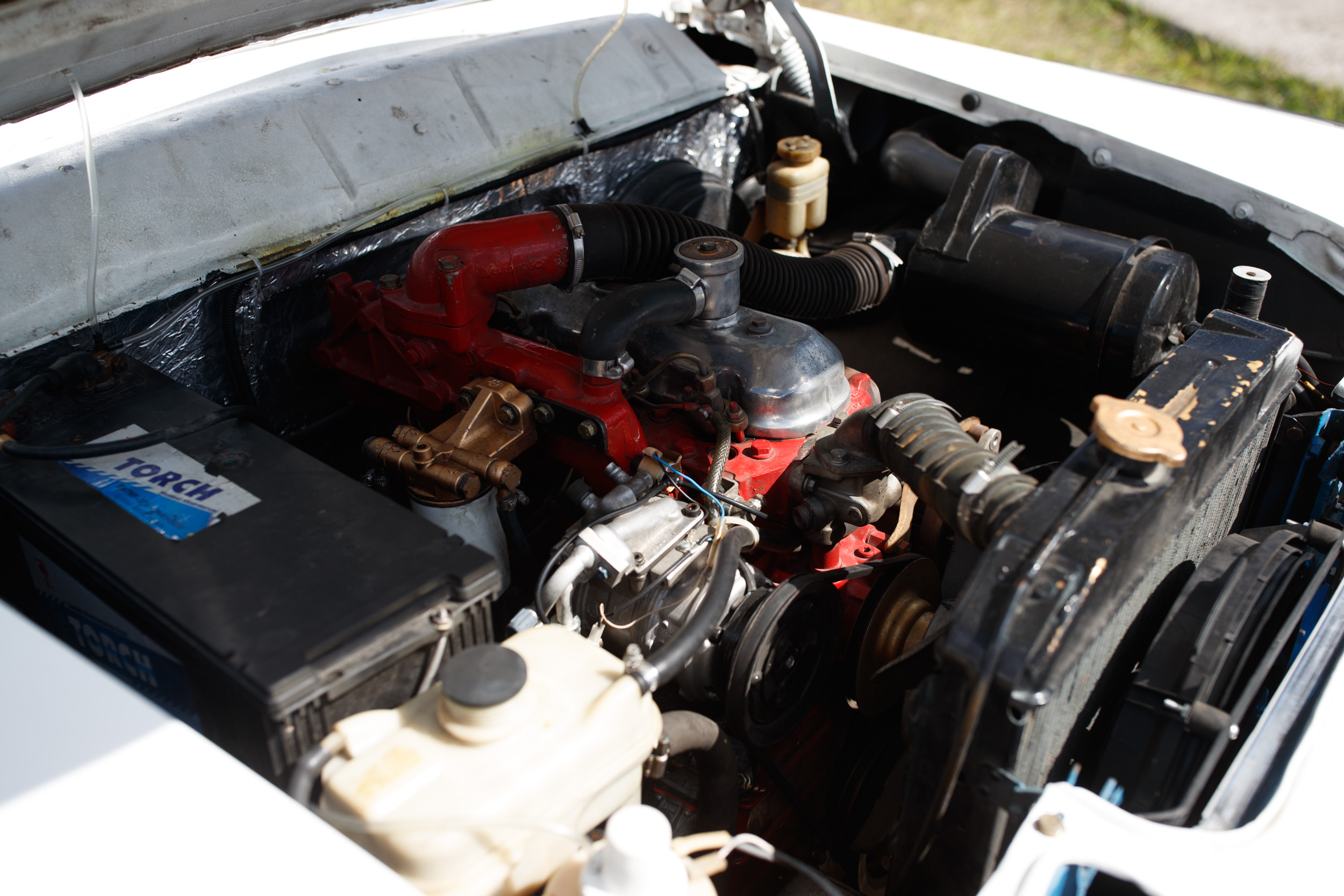
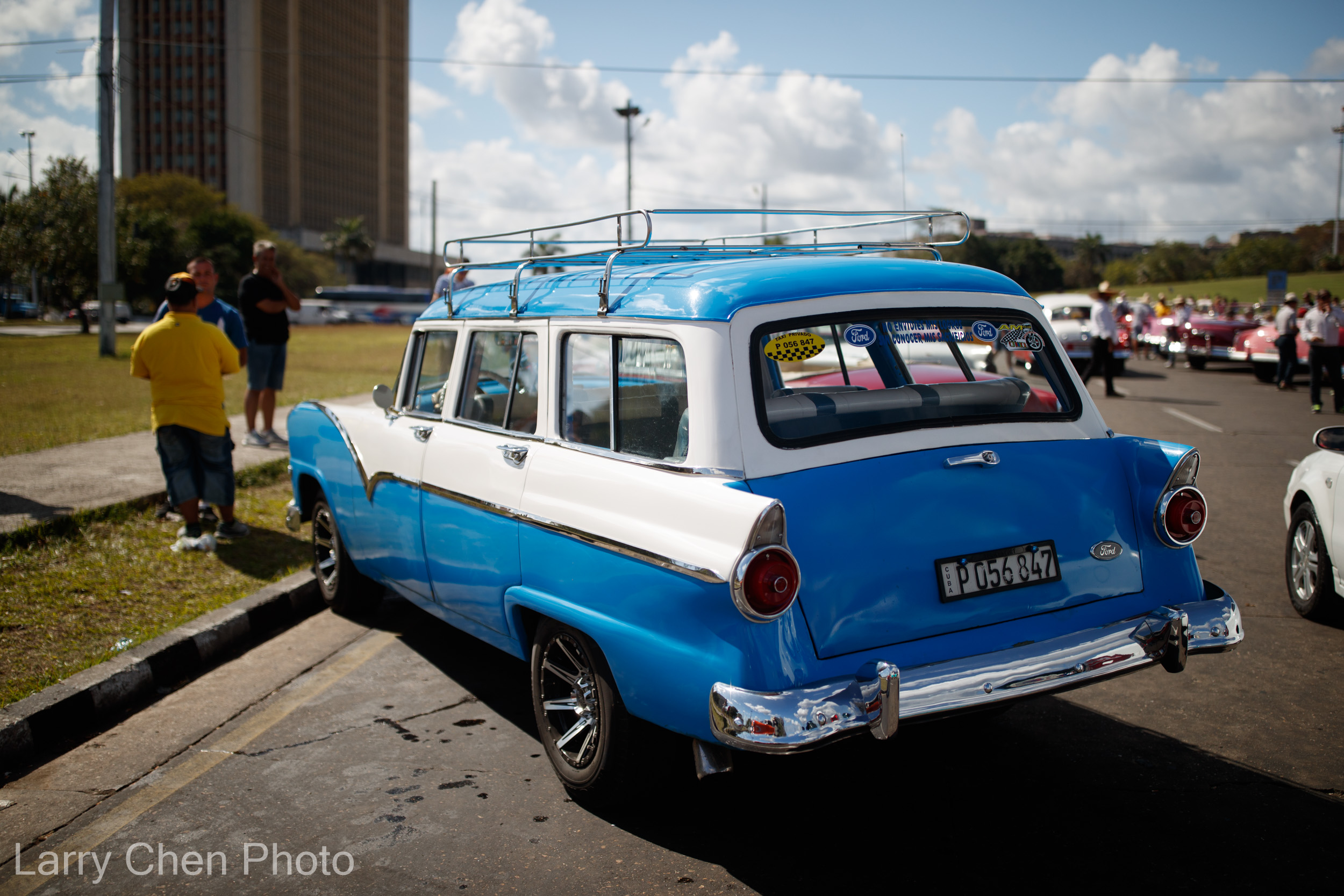
One of the main highways in Havana runs along a sea wall, and these cars get blasted with so much salt water from the ocean that they would rot away pretty quickly without preservation measures.
Chapter Four: An Unexpected Shop Tour
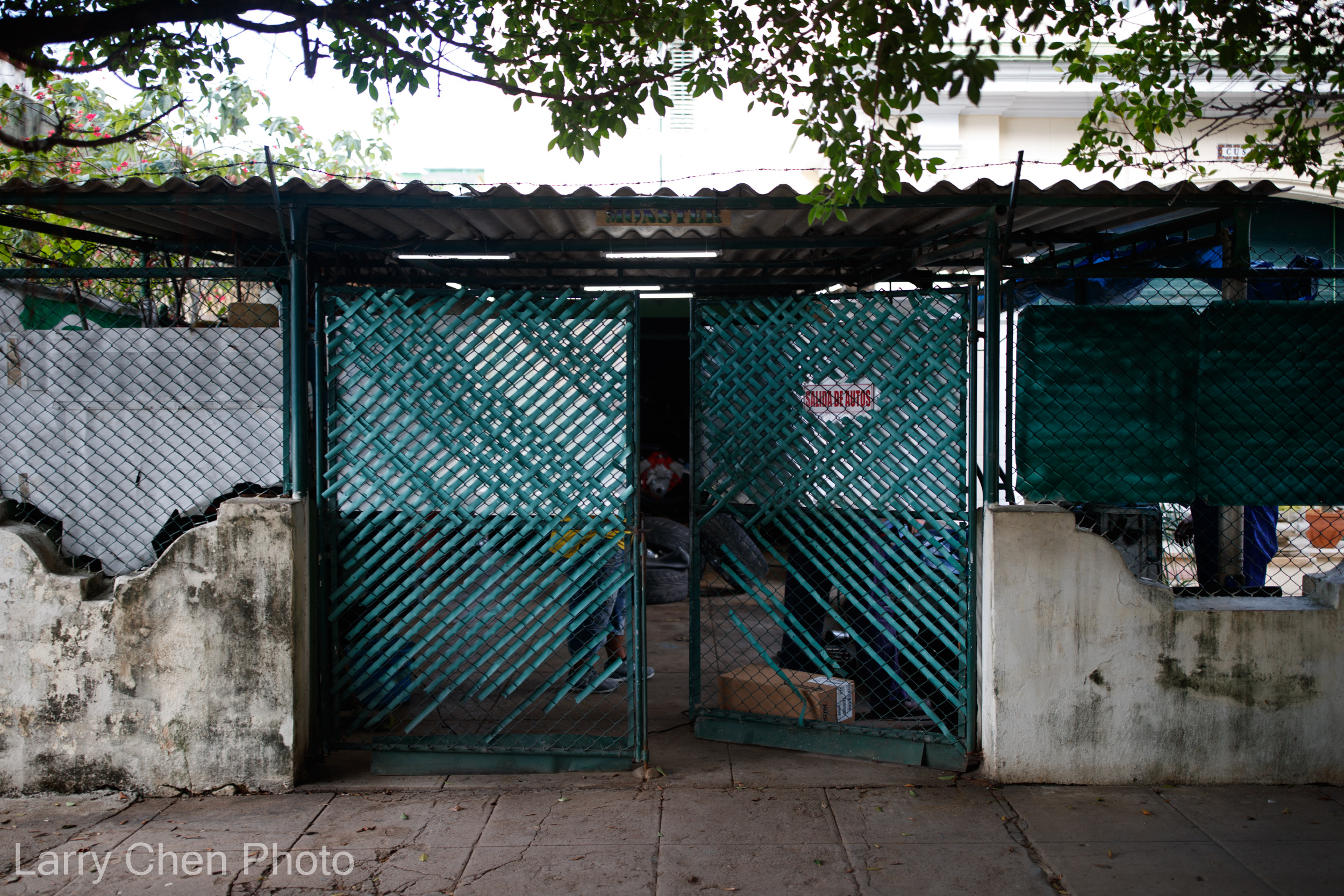
At this point it was almost time for me to fly out, but Ozzy had one final stop for me – his buddy’s nondescript workshop in a residential neighborhood.
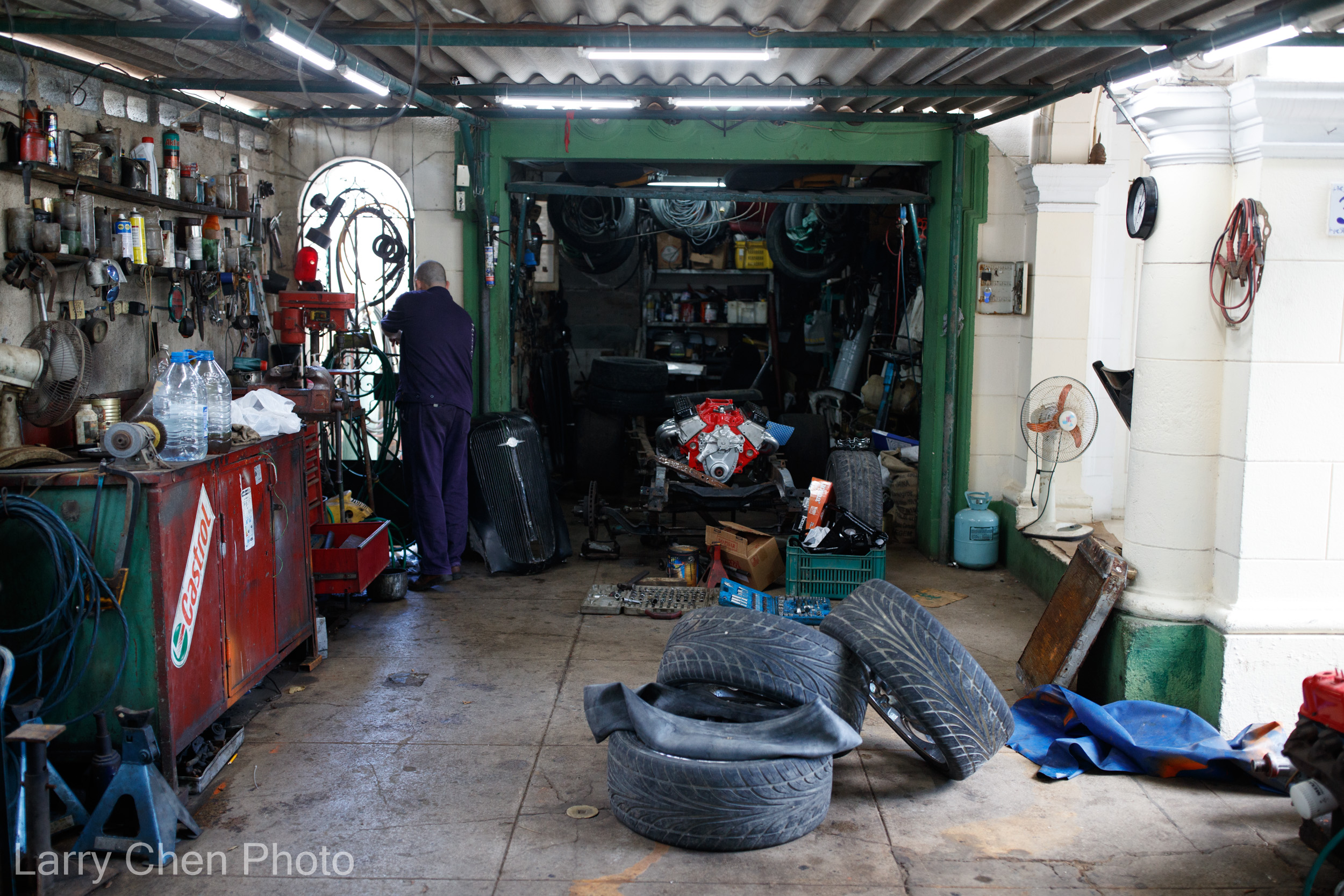
There was no way I could have ever known that this regular house was a place where hotrods are born.
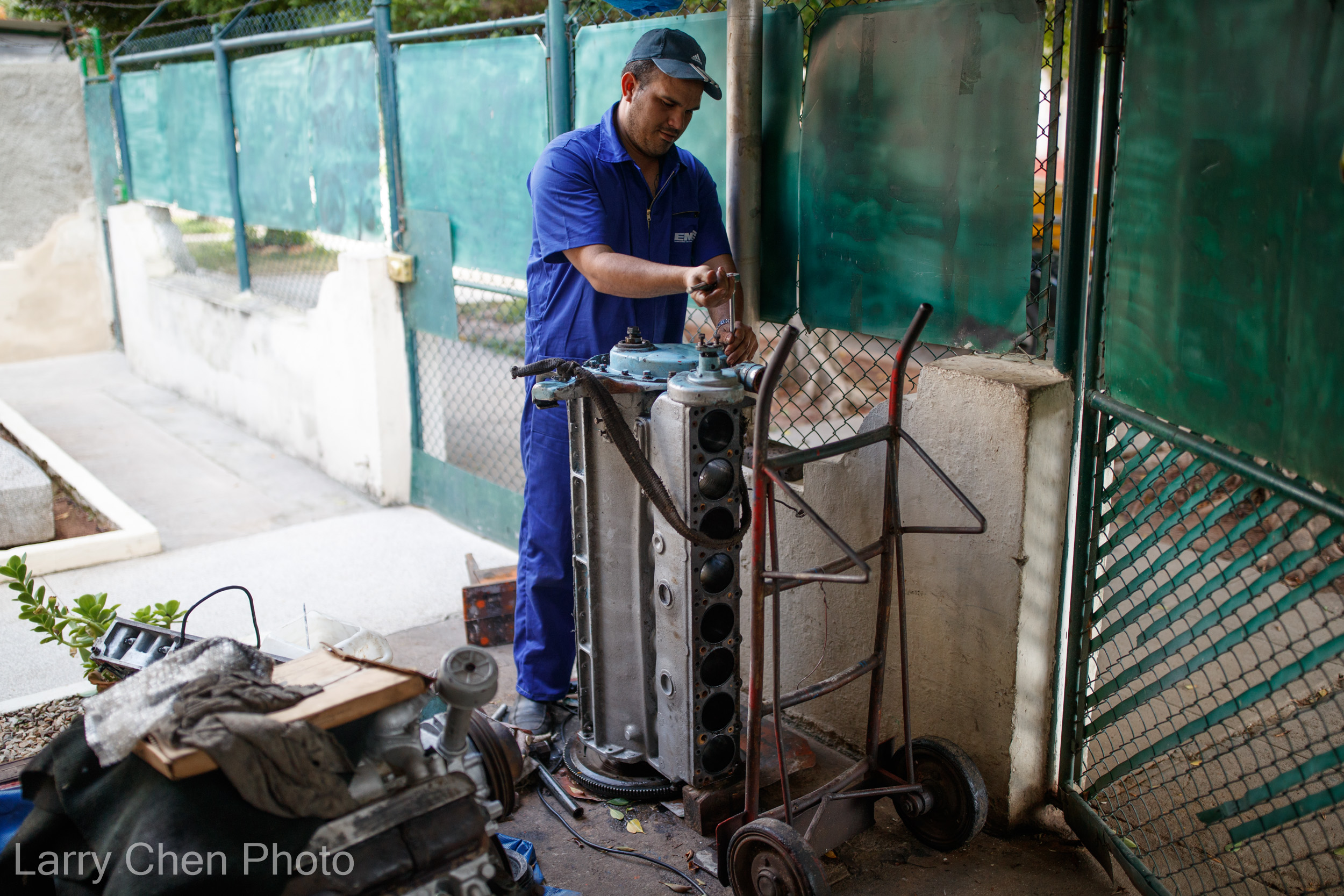
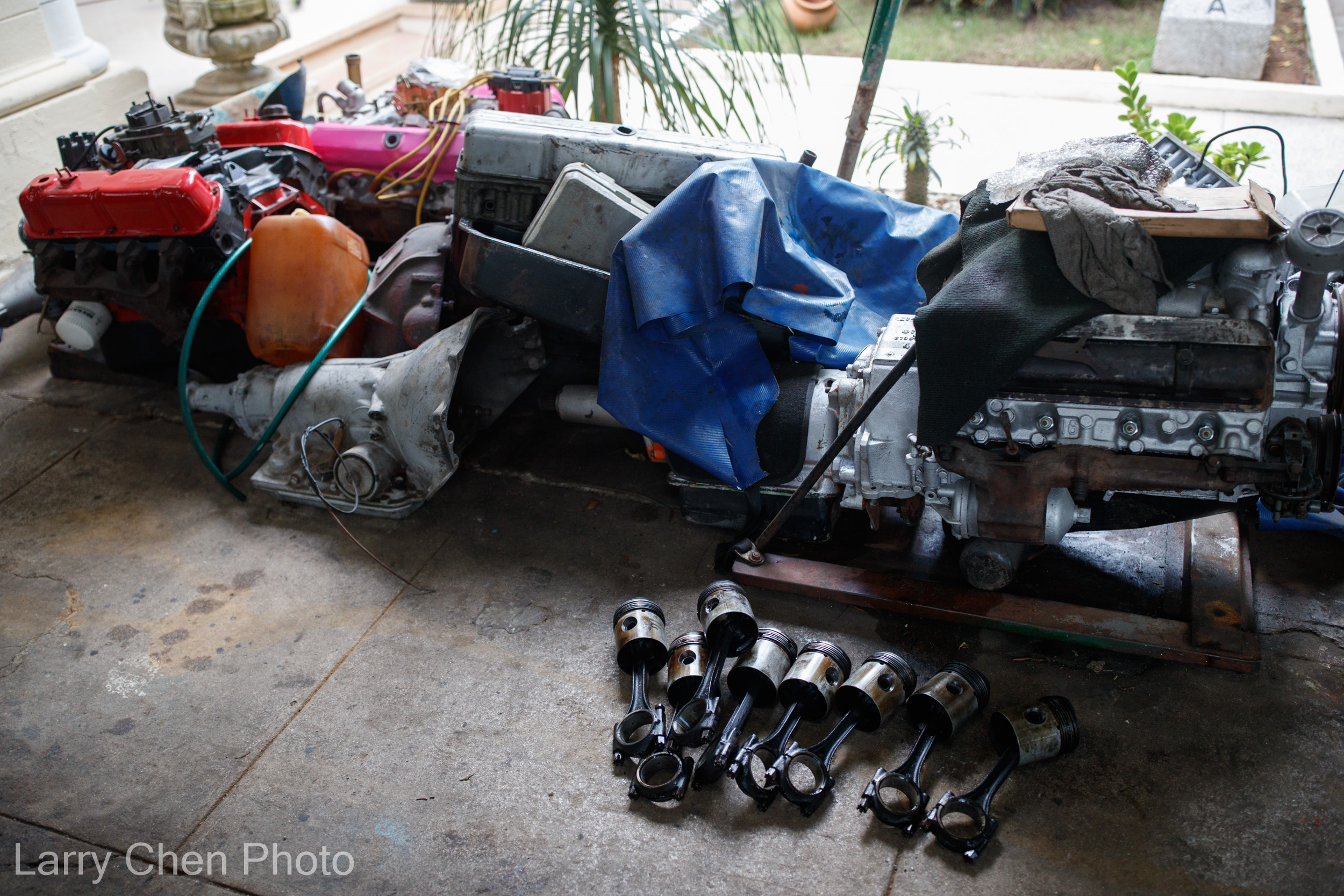
On this particular day an inline eight-cylinder engine was in the middle of a rebuild.
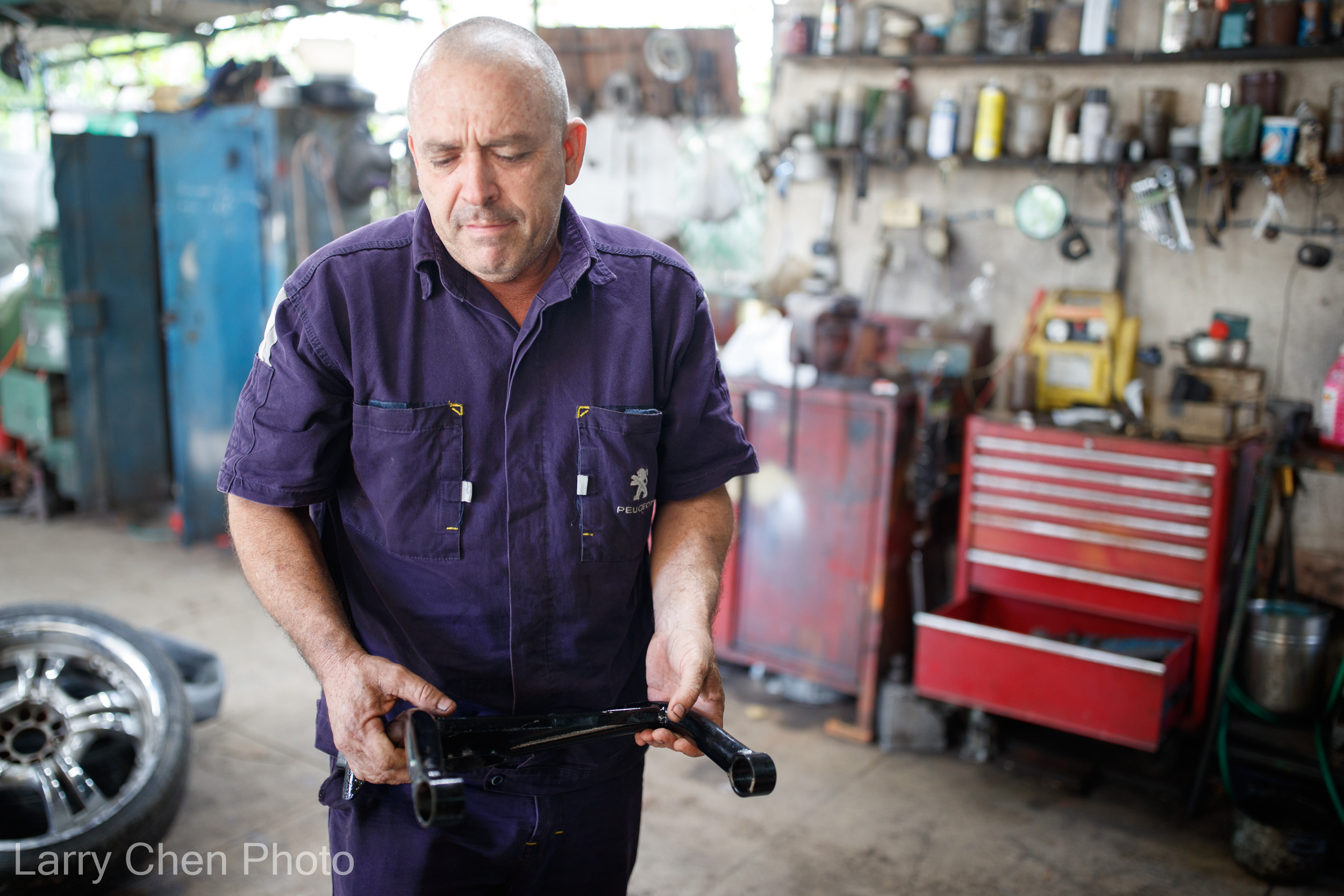
Nothing gets thrown away in Cuba as everything is repurposed for something. I forgot this guy’s name, but he was so happy to show me what he was working on.
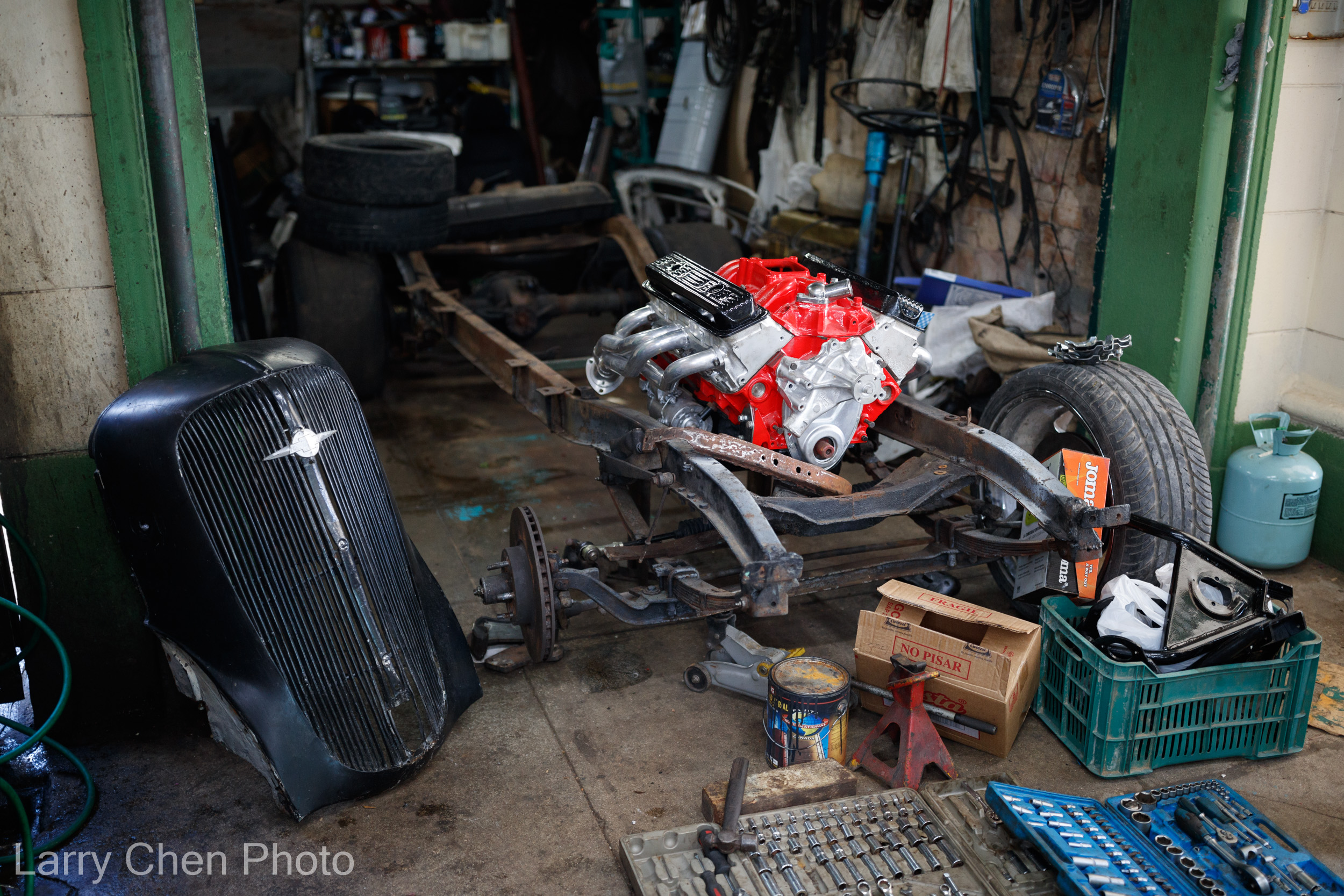
This 1947 Chevy is the current shop project, and it’s destined for the quarter mile. They actually drag race on the streets and on air strips here, and recently the pastime was the subject of a documentary.
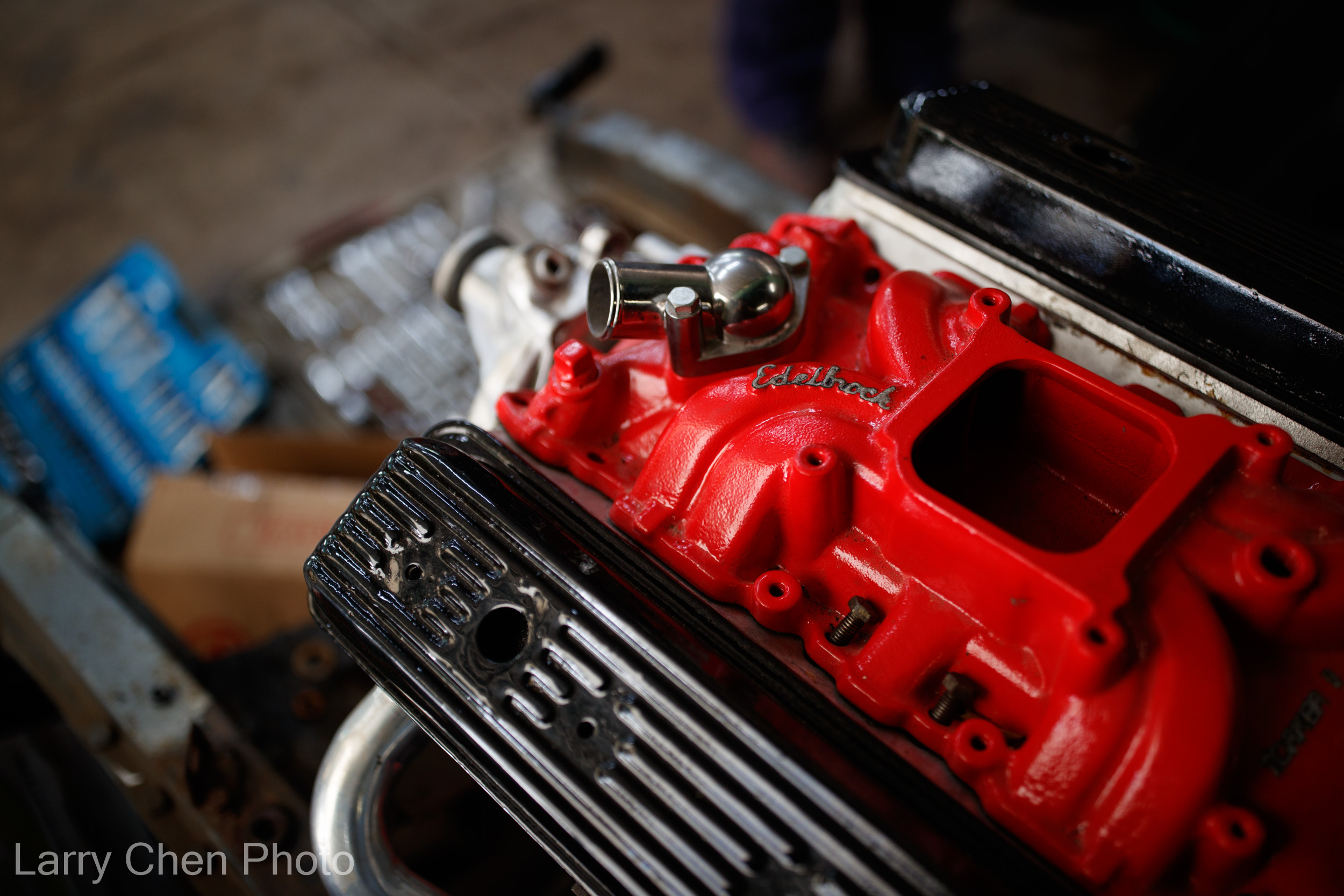
While many parts are smuggled into the country, others are custom made from scrap parts. For example, new bushings are made out of used tires.
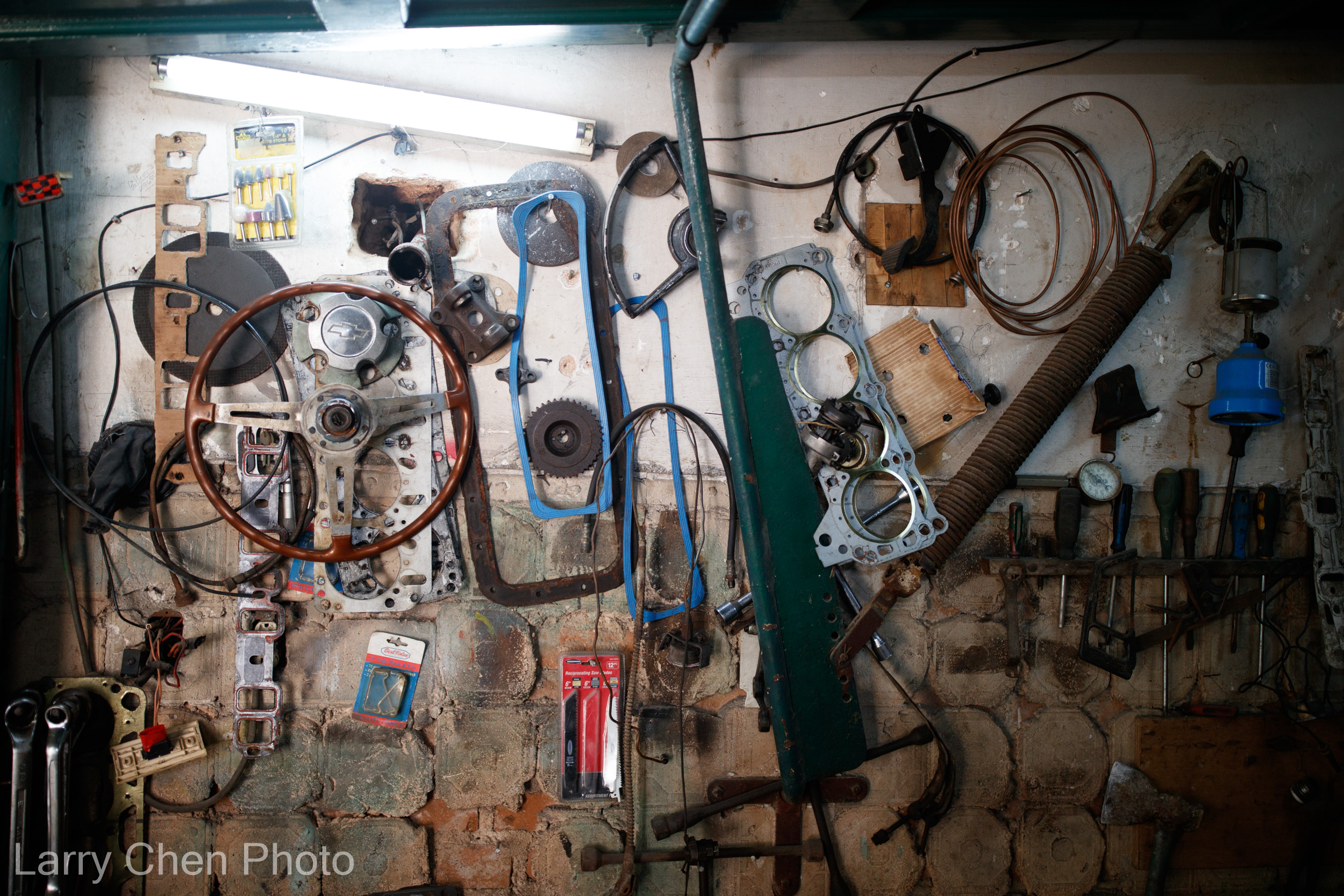
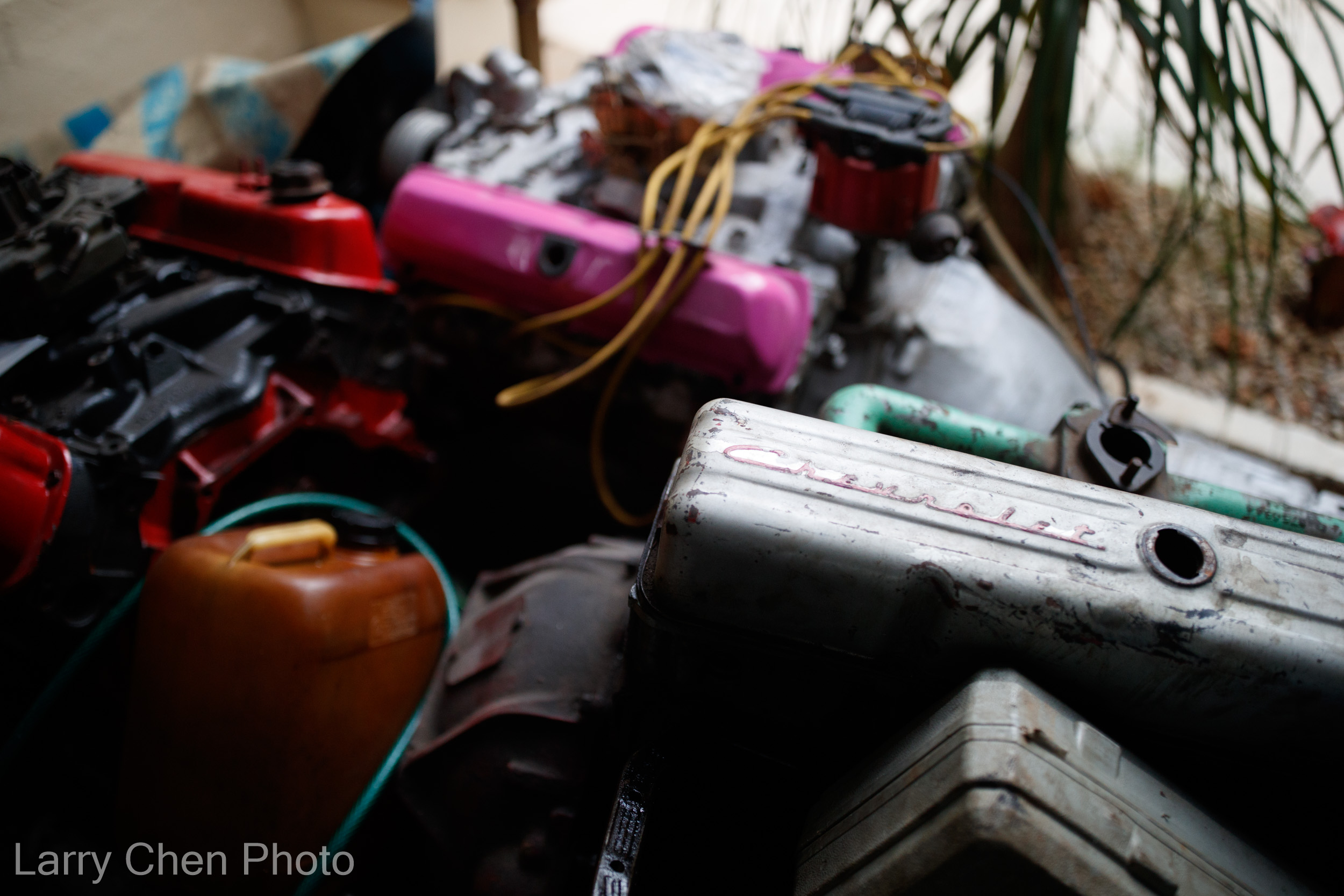
While it may not look like much, but so much heart and soul goes into keep these classics alive.
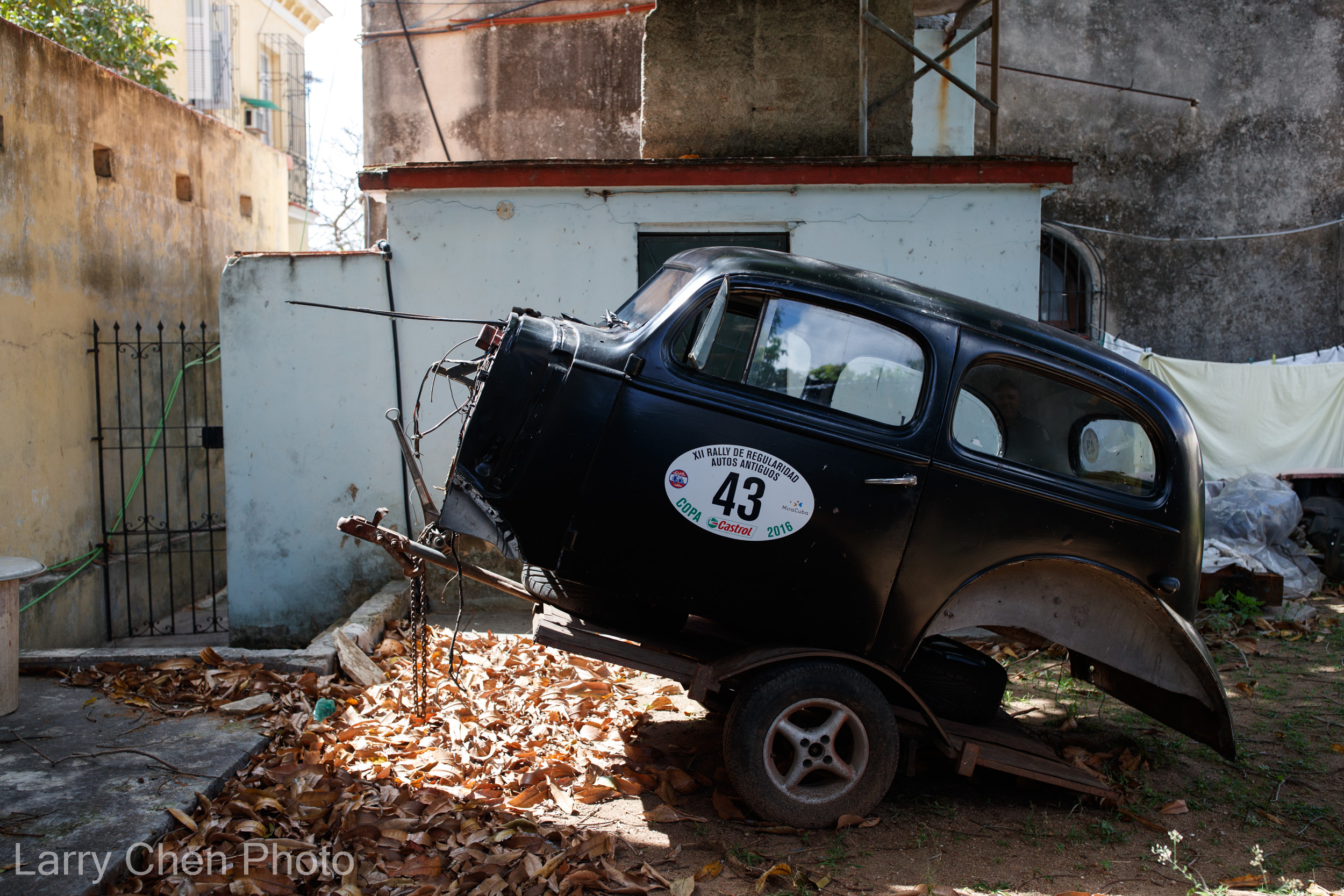
Outside, I was shown the body of the ’47 Chevy which eventually will be chopped.
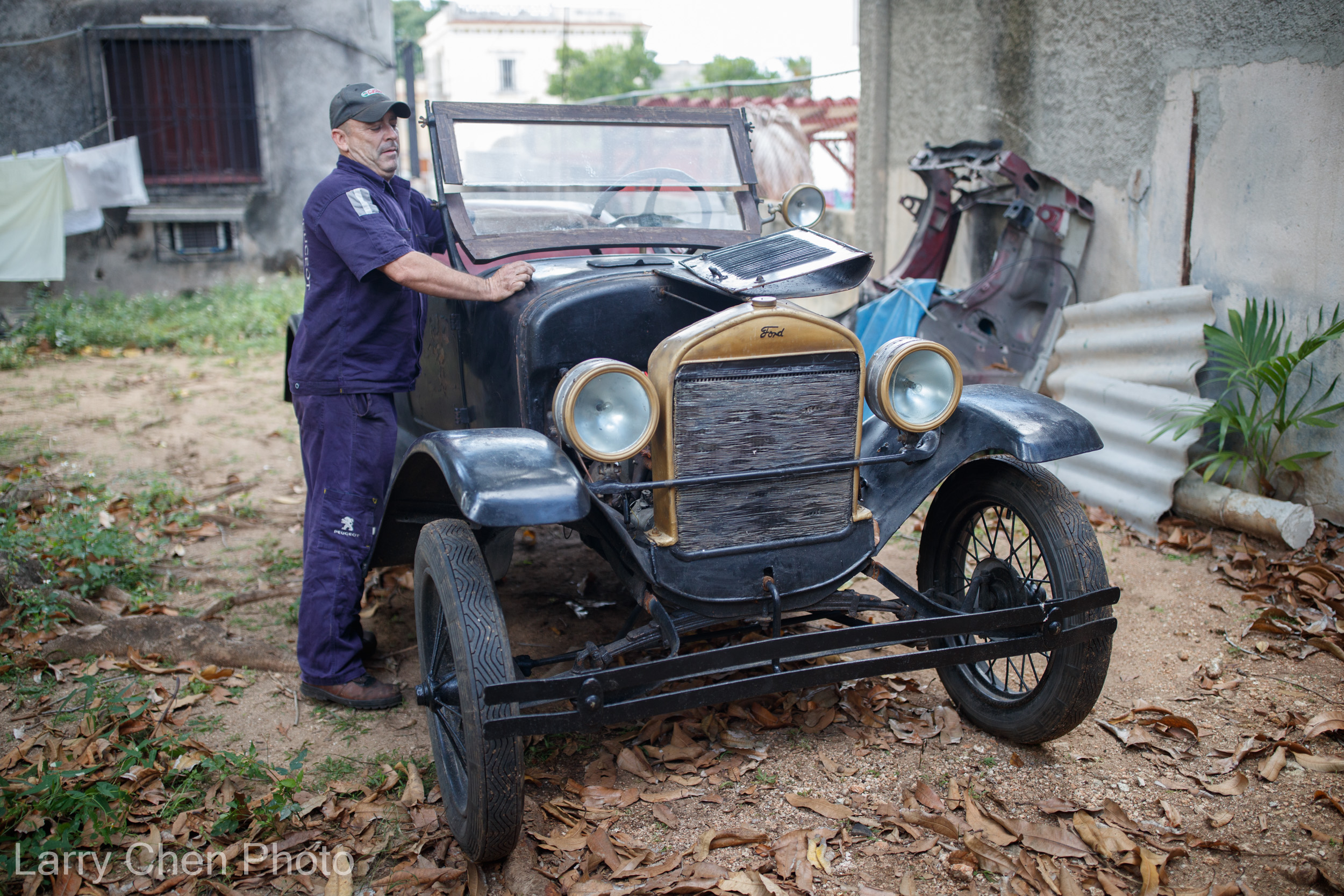
But Ozzy’s friend’s pride and joy was this 1927 Ford Model T. It spent 40 years parked up on a porch in Cuba before it was rescued and put back on the road.
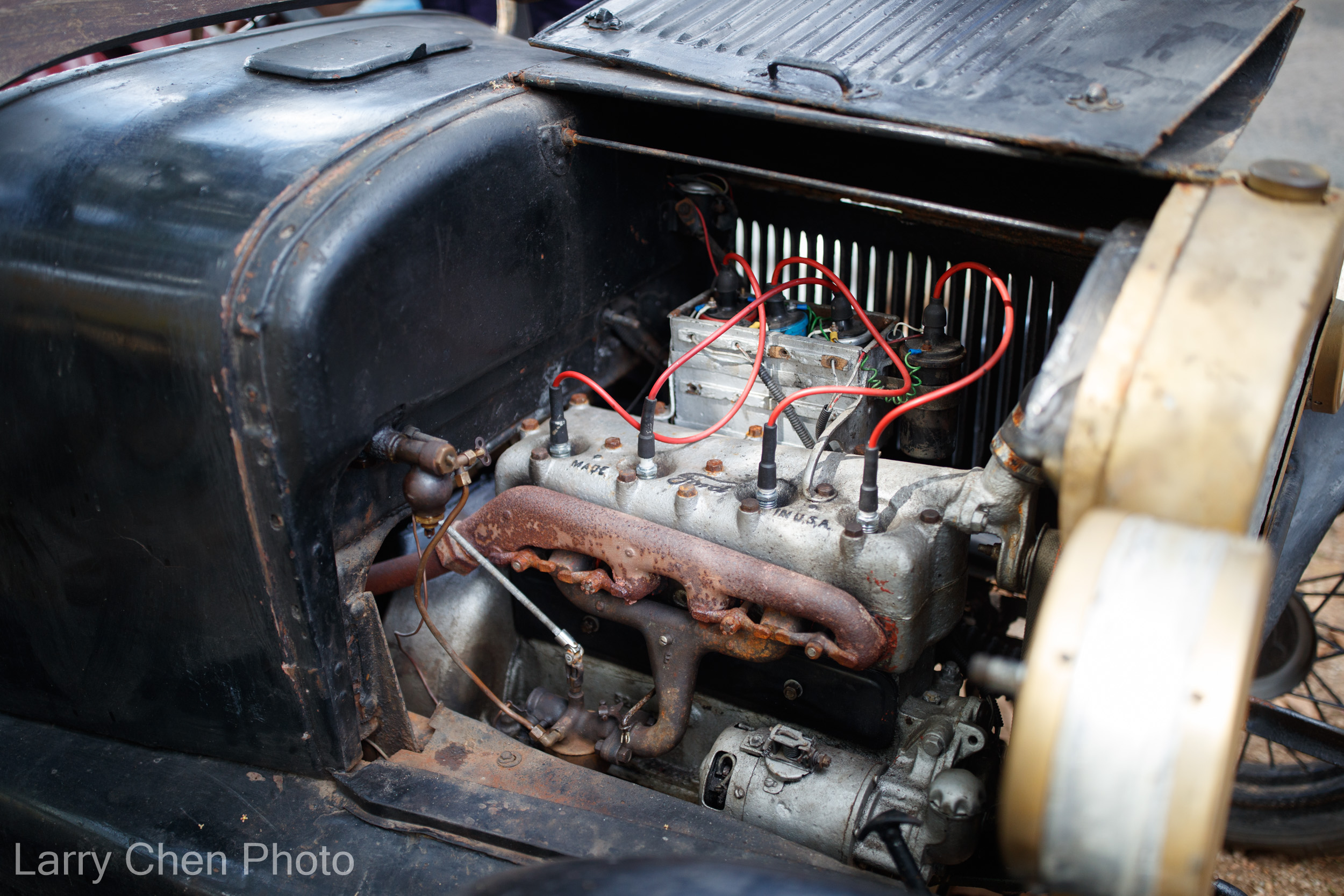
I don’t know much about these old jalopies, but supposedly this one is all original.
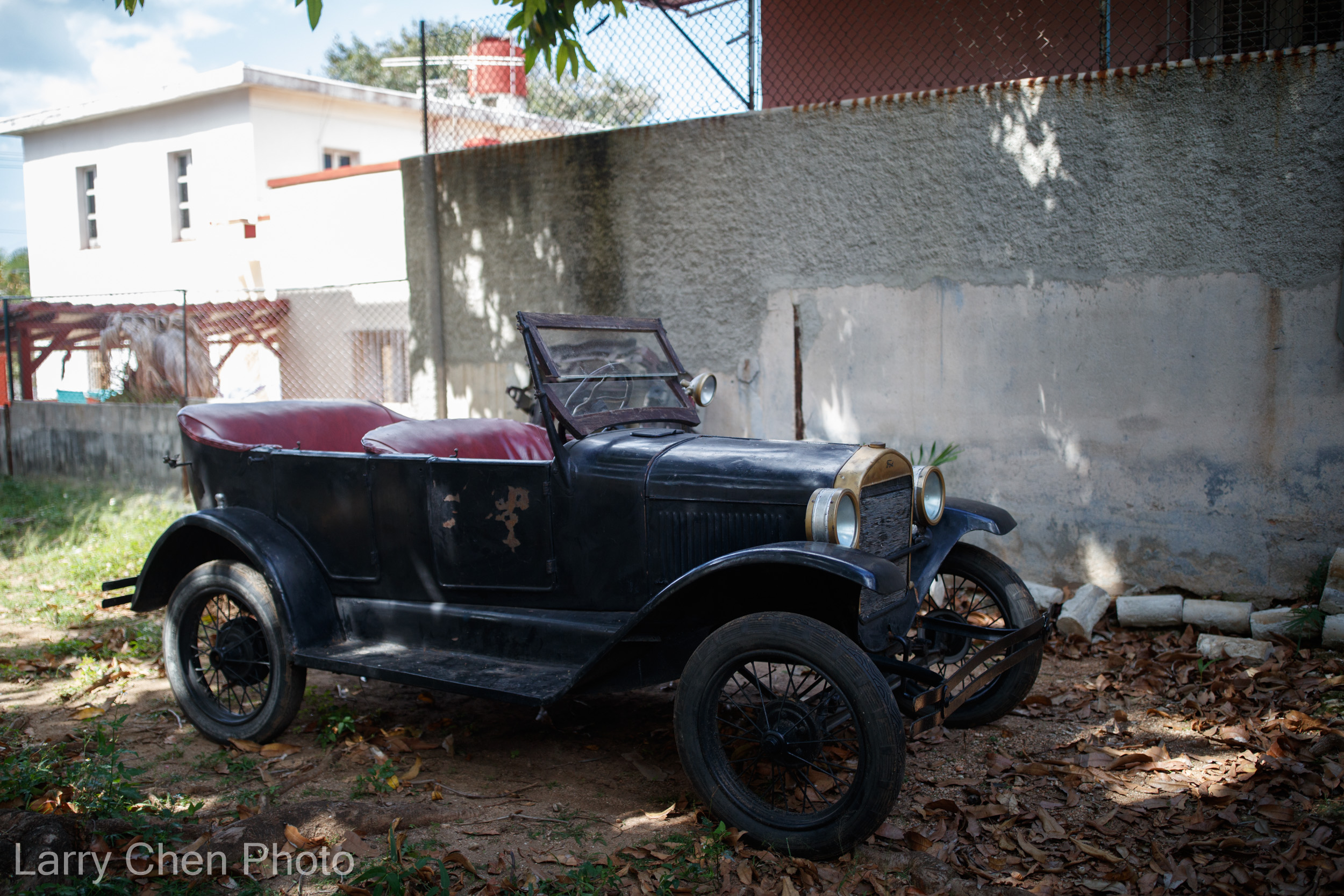
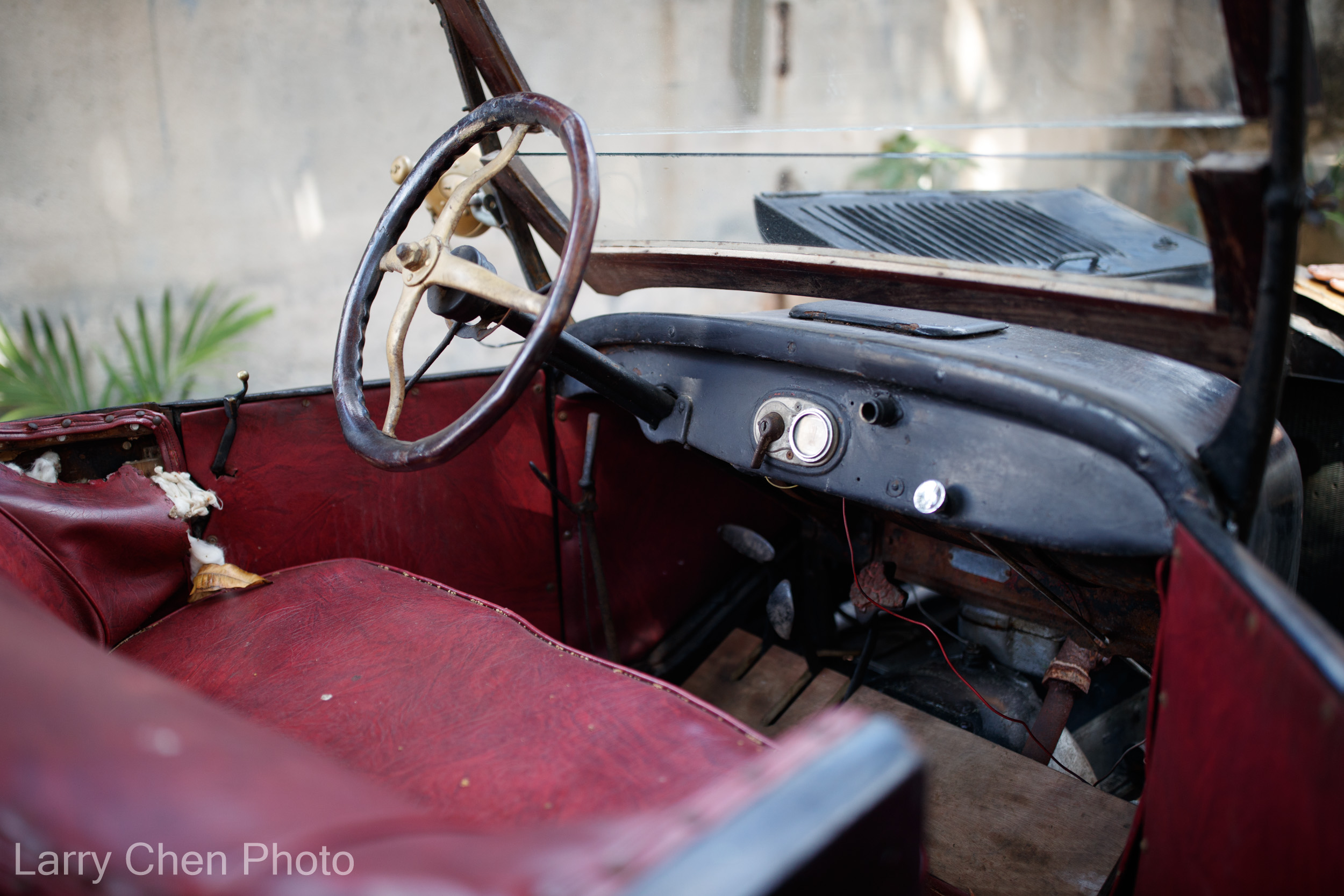
He even started it up, and we took a quick ride. It’s just so cool to see something like this exists in Cuba, and more so that it’s driven on the streets and enjoyed.
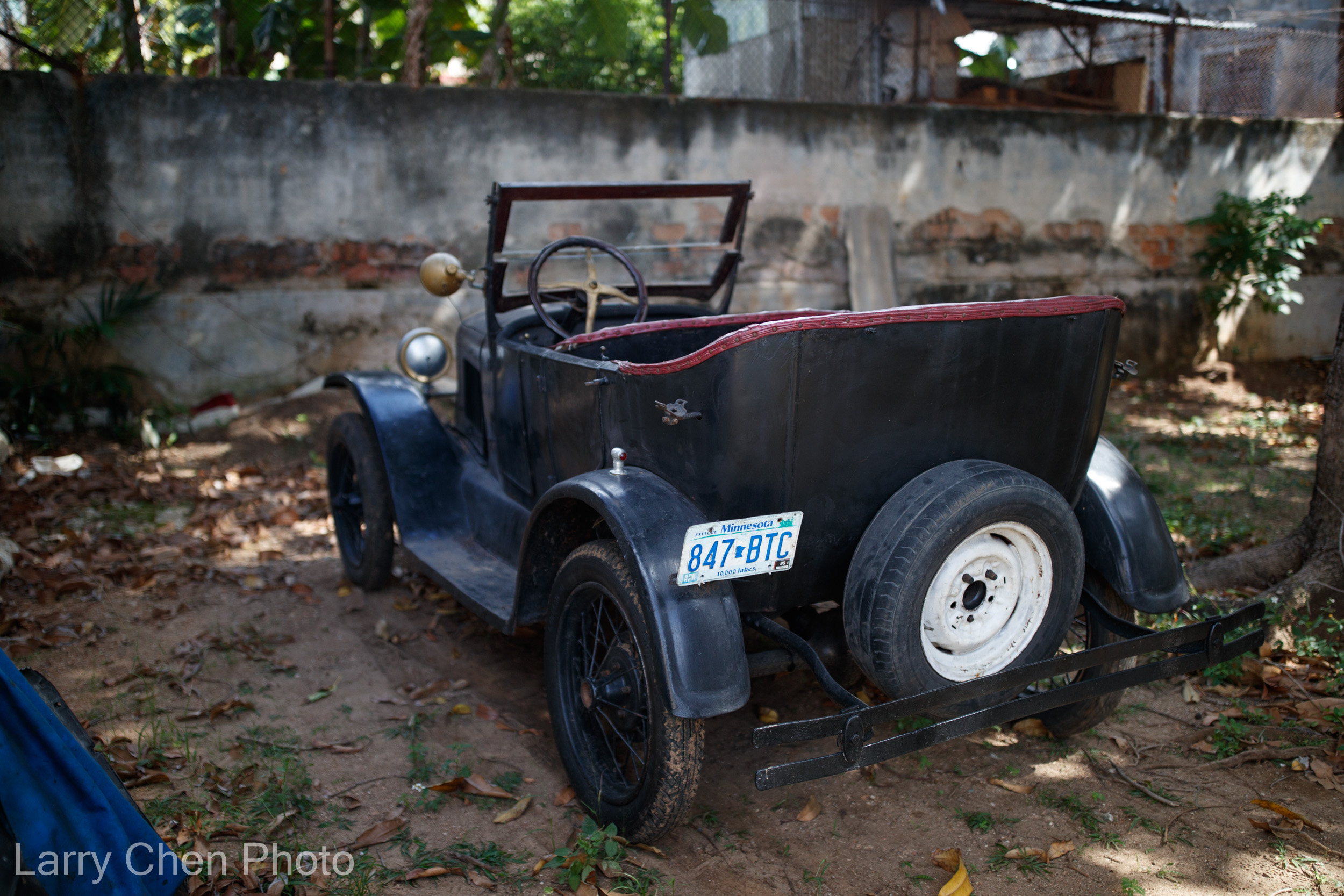
While I only scratched the surface of Cuban car culture I am glad that I met the people that I did. I’m definitely set up for many more adventures the next time I step foot on the island.
In the meantime, where in the world should I do some car spotting next?
Larry Chen
Instagram: larry_chen_foto
Chapter Five: Cutting Room Floor
